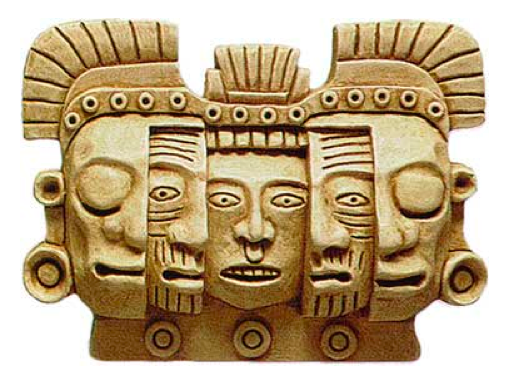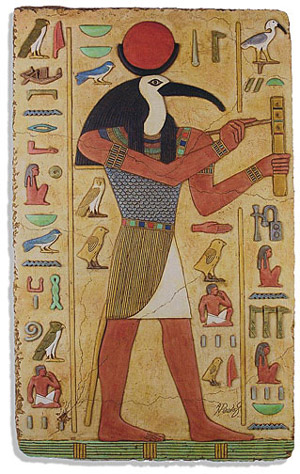| Discover the Reality of Scientific Mythology The Facts of Self-Animating Networks in Nature and a New, Realistic Role for the Mythic Imagination
|  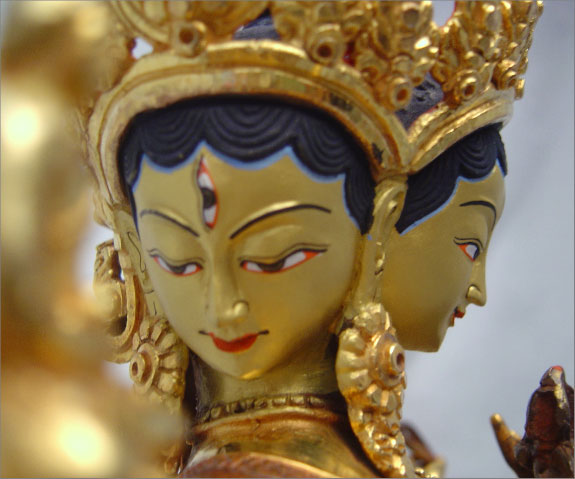 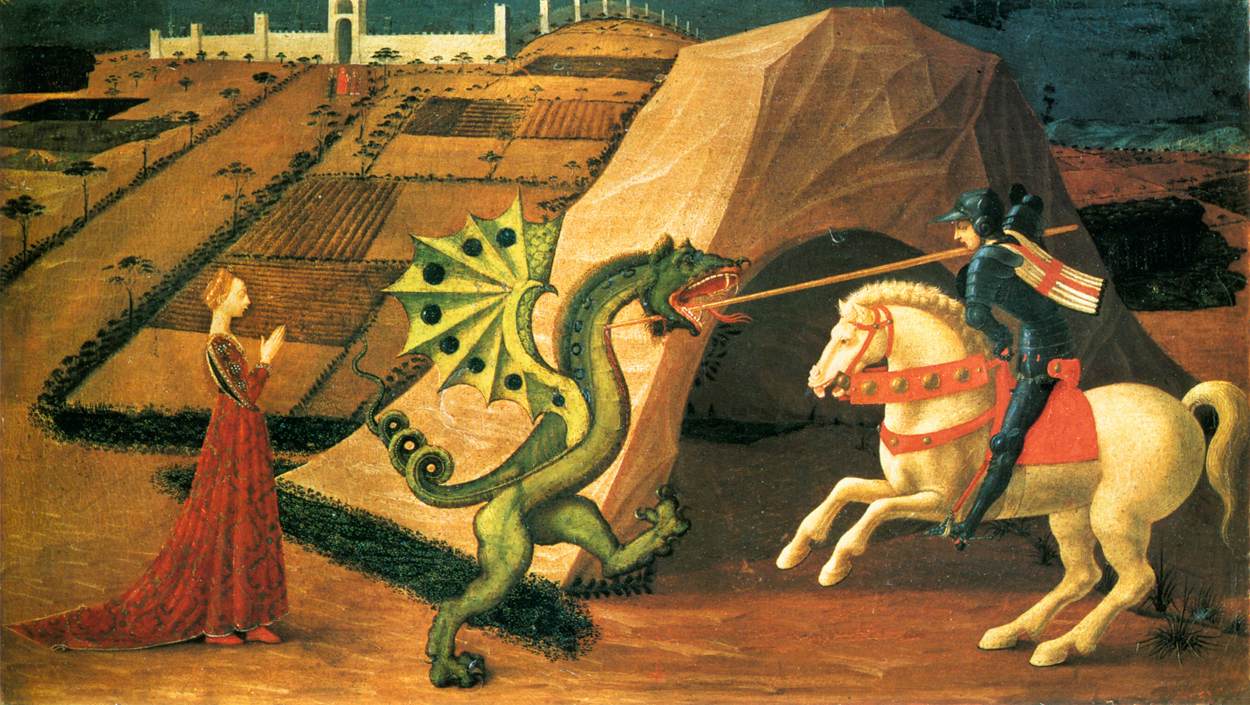 |
> NOTICE: This website represents in a work-in-progress. Please contribute your feedback! email link <
| Home Page | What Is Mythic Imagination? |
|
|
The Dynamical Modeling of Mythical Symbolism and Its Scientific Basis Bottom Line: 1.Metaphoric symbols function as constellated networks of interdependent complexity: Symbols represent something they are not. Metaphors combine familiar aspects of reality in illogical or unrealistic ways: "John is a wolf." Such paradoxical associations cannot be logically sequenced or explained. Their elements only make meaning as constellated networks. This nonlinear association models complexity's interdependent dynamics. 2. Mythic imagination symbolizes through magical events and mysterious agency: The most basic trait of mythology across cultures is the representation of magical transformations and the influence of spiritual forces on the familiar physical world. This motif in the stories, images, and characters of mythic imagination represents an ethereal "other world" of strange dynamical activity and intentionality. 3. Network Science reveals mythic imagination as dynamical modeling of complexity: Viewed from the factual perspective of network science, the magical events and spiritual entities of myth correlate with complexity's emergent creativity and network autonomy. Mythic symbolism models the bi-dynamical order creation of the biosphere. |
|
 > Summary Overview < The Mythic Symbolism of Two Dynamical "Worlds"
The ordinary physical realm of reality is created and maintained by the spiritual animators of an extra-ordinary one In Myth there are two Ways that Things Happen
We are all familiar with an ordinary world where tangible things can be manipulated and controlled. That is the basis of our practical view of how to make things happen and act to survive. But where the mythic imagination is active in humans, an additional, very different way that things happen is represented. In the mythic perspective, the practical aspect of physical reality is animated by an "other word" of spiritual forces that have extra-ordinary powers of creation. In this spiritual domain, events are magically transformative and ethereal forces intentionally influence the ordinary realm in mysterious ways that are beyond control. It is these strange events and spiritual forces that make the other world mythical. The physically controllable ordering of "This World":
  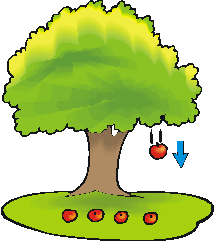  The uncontrollable, spiritual ordering of "The Other World": 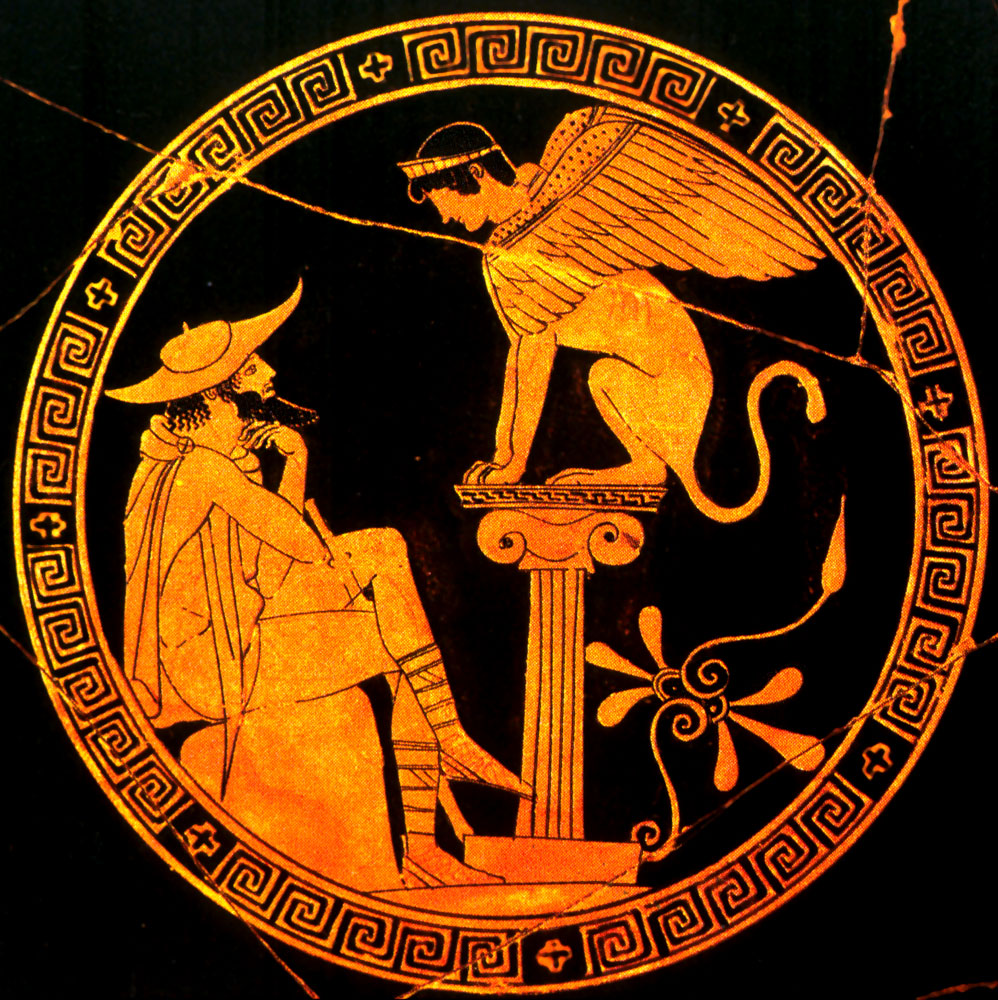 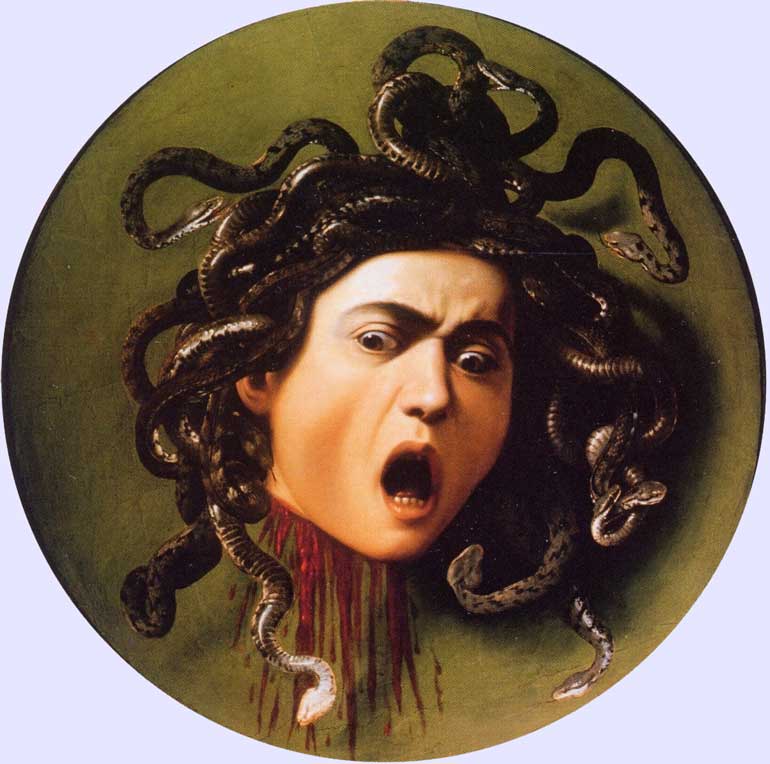 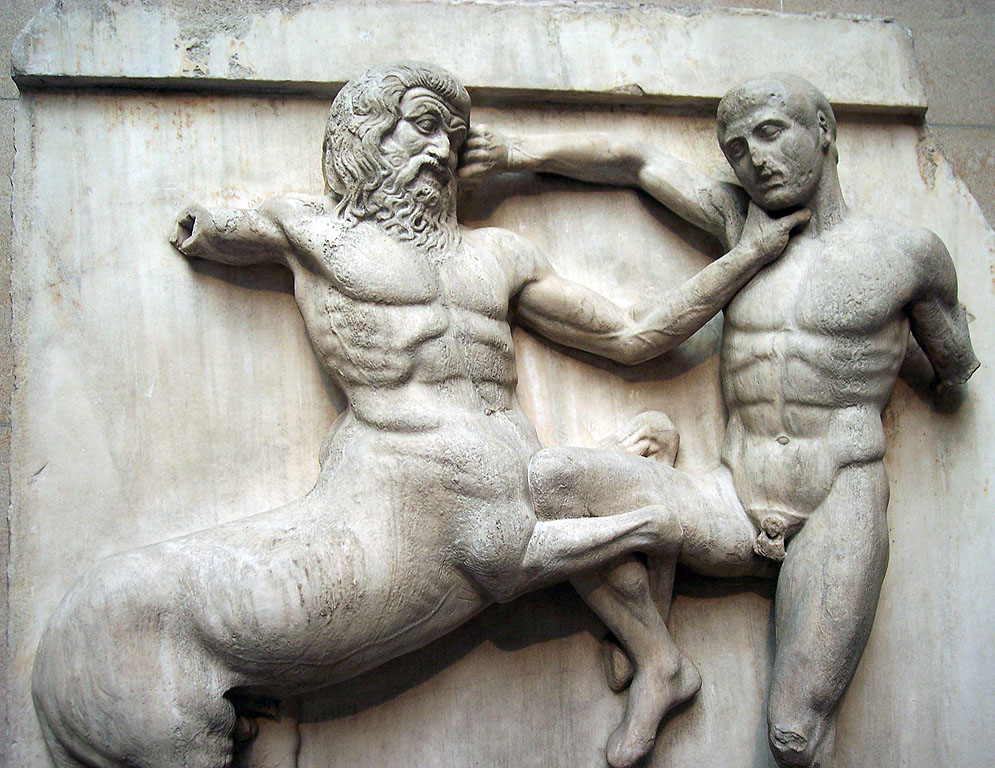 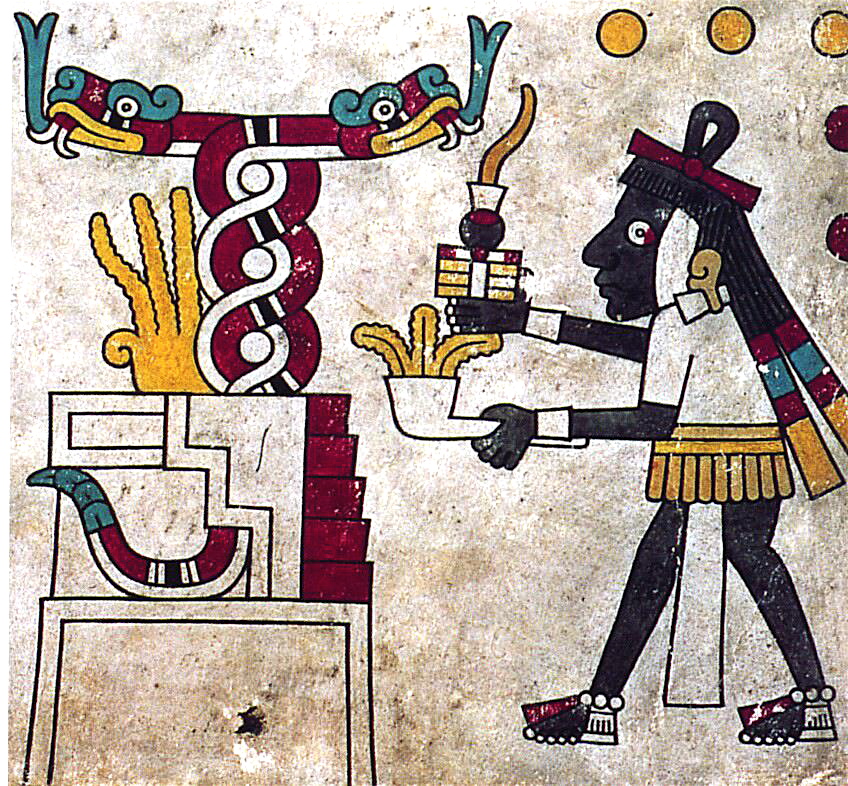 In mythic images and stories the ordinary becomes magical. Humans find
themselves confronted with fantastic events they cannot survive, much
less control, without the assistance of the mysterious powers of
extra-ordinary beings. Spirits, talking animals, ghosts, gods, and
goddesses appear to make things happen that appear impossible to our
ordinary sense of reality. Yet their existence and strange influence
are represented as essential to the existence of the world and
the ability to humans to exist in it.
The Doubled Vision of Mythic ImaginationSymbols of Second Sight
The multiple perspectives of Hinduism and the Buddhist third eye of enlightenment: 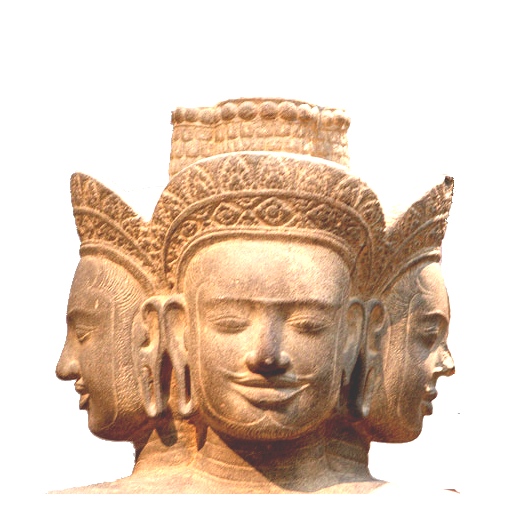  From Frivolous Fantasy to Factual Symbolism:
Correlating Bi-Dynamical Order Creation in Science and Myth As fascinating as this notion of a mystical "second sight" may be, myth has been regarded as delusion and fantasy by the modern worldview. There has been no category for it in our physics-based definition of reality. But now there is new scientific evidence indicating that myth's "figments of the imagination" are actually symbols of factual events. Complexity science reveals order creation that is obscure to our cultural notion of purely physical science. When scientific method is focussed upon the wholes of complex systems, such as compose our biosphere and human society, a second mode of order creation becomes evident. There is now evidence for two different ways, two dynamical modes, in which the forms of things and events become ordered: the familiar one of mechanistic sequences and the mysterious one of emergent transformations. Surprisingly, this new bi-dynamical scientific perspective on how things happen correlates with the worldview of myth. Science and myth now share a dynamically doubled vision of order creation. From this perspective, we can understand how mythic imagination serves to join our ordinary mechanistic view of the world to an extra-ordinary, seemingly magical one: mythic symbolism models the emergent dynamics revealed by complexity science as an "other world." Myth and science represent the same two dynamical modes of how things happen. There is a Science of Myth's hidden Other World
The science locates the
emergent creativity of complexity's dynamics "at the edge of chaos."
This condition of disorderly, unpredictably self-organizing activity is
the real world domain of myth's "other world" of magical
transformations, animating
spirits, and divine powers. There is a basis for a practically
useful, secularly spiritual, meaning enhancing cultural change in
worldview.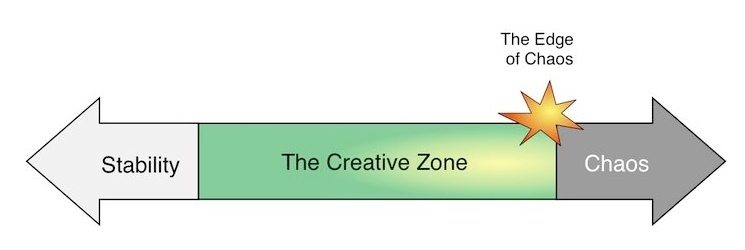 In complexity science, interactions between unpredictably autonomous networks, like people, create additional autonomous networks with their own character and influence. Mythic imagination gives us vivid, compelling ways of perceiving such phenomena that science cannot provide. Myth makes these ethereal networks "visible." The corresponding bi-dynamical perspectives on order creation in science and myth:
Science
Myth
Physics:
This World:
> Order of predictably deterministic mechanism > Order of practically controllable events Complexity: The Other World: > Order of unpredictably deterministic emergence > Order from uncontrollable spiritual animation Metamporhic Emergence and Complex Networks in Science and Myth
The unpredictable, inconsistently transformative effects of emergent order creation described by science are represented in mythic imagination as metamorphic changes. One type of thing inexplicably becomes another or is composed by ordinarily different things: humanness is metamorphosed into centaur-ness. This metamorphism is the most apt representation of emergent order creation in science. Mythic imagination models the complex, self-organizing system networks of science through the paradoxically nonlinear interdependency of its symbolic images and stories. Its spiritual agents that animate the world "make visible" the variable character of self-organizing network autonomy. Mythic symbolism is the archaic from of "network vision." These correlations are the basis for a practice of scientific mythology, in which the evidence from complexity and network science are amplified by the archetypal symbolism of mythic metaphor. Scientific method takes us to the point of understanding the limits of its ability to fully describe and explain complexity, emergence, and net autonomy. Myth gives us the capacity to represent what science cannot--the variable archetypal character of network autonomy gets expressed in complex systems as an animating force, and how these influence our actual lives. Spirits, Gods, and Goddesses of Myth are the Animating Agents of
Network Autonomy in Science The spiritual animating agents of myth, its spirits, gods, and goddesses, can be understood as archetypal forms of influence that shape the behavior of network operations in actual systems. These archetypal animators tend to be depicted as complex psychological characters in and of themselves. They also are shown to have characteristic, on-going relationships with each other that suggest commonly occurring constellations of network behavior in Nature. Rational Apollo: Ecstatic Dionysus: Trickster Coyote: 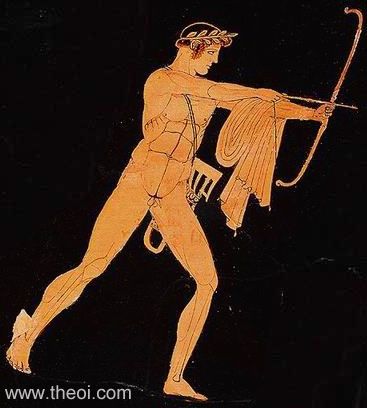 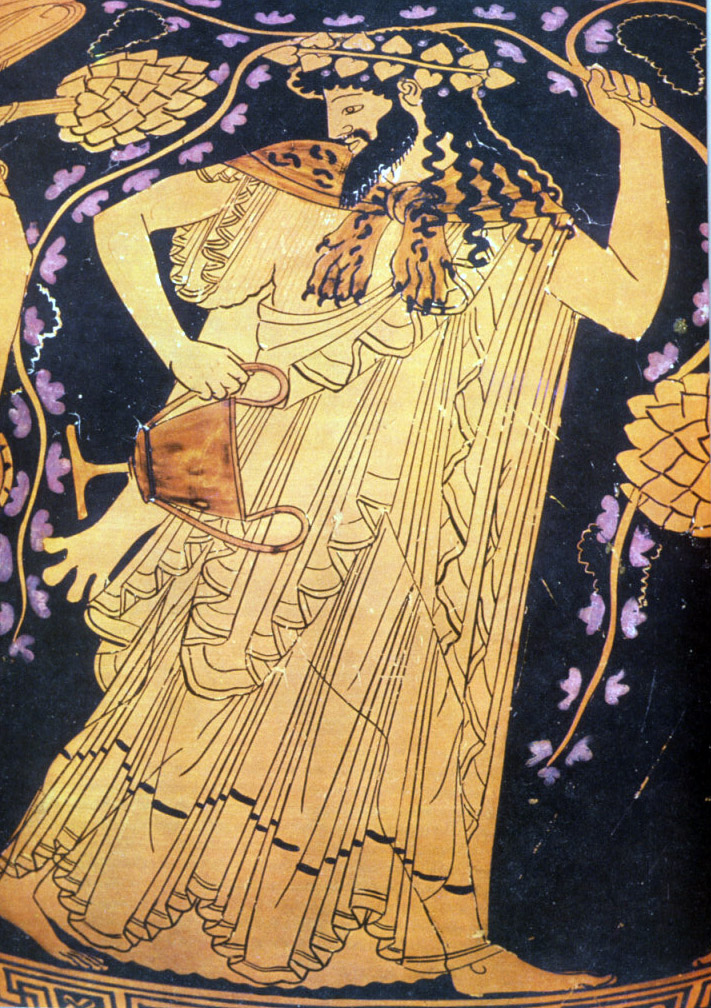 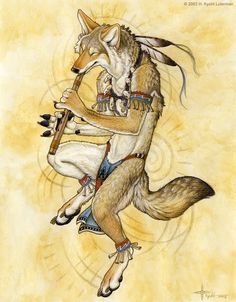
The
interactions of thes archetypal tendencies effect the ongoing changes
in emergent order creation. At any given moment, they are acting in
networks of interdependent relationships that constitute the
"con-spiracies" of a meta-network system. The notiin if various
"spirits" interacting represents the contrasting impetus emerging from
a comple network as it self-organizes or self-animates.
Myth Imagines the Archeytpal Animation of Network Soul
Through careful observation of the order and behavior complex systems manifest, mythic imagination generates metaphoric images and stories that symbolically model the autonomous behavior of complex networks. These symbolic models characterize the archetypal traits of the dynamic patterns of particular systems and how they interact with other systems. These imaginal representations give us an intuitive sense of how events take place and systems act that science cannot provide. Mythic imagination reveals hidden factors in the networks of our personal relationships
The struggles of gender seen through the Third Eye of Mythic Imagination:    Mythic metaphors reveal the behavioral character or personality of network self-organization in particular systems by representing its fundamental or archetypal traits. In this way they provide an archetypal psychology of how network autonomy animates the world, of the ways it becomes the "minding of matter"--in human and non-human systems. By imagining these behavioral characteristics in a metaphorical mode of representation, the self-ordering individuality of a system is revealed as its network soul. Making the character of network autonomy visible
The archetypalizing imagination of network soul: 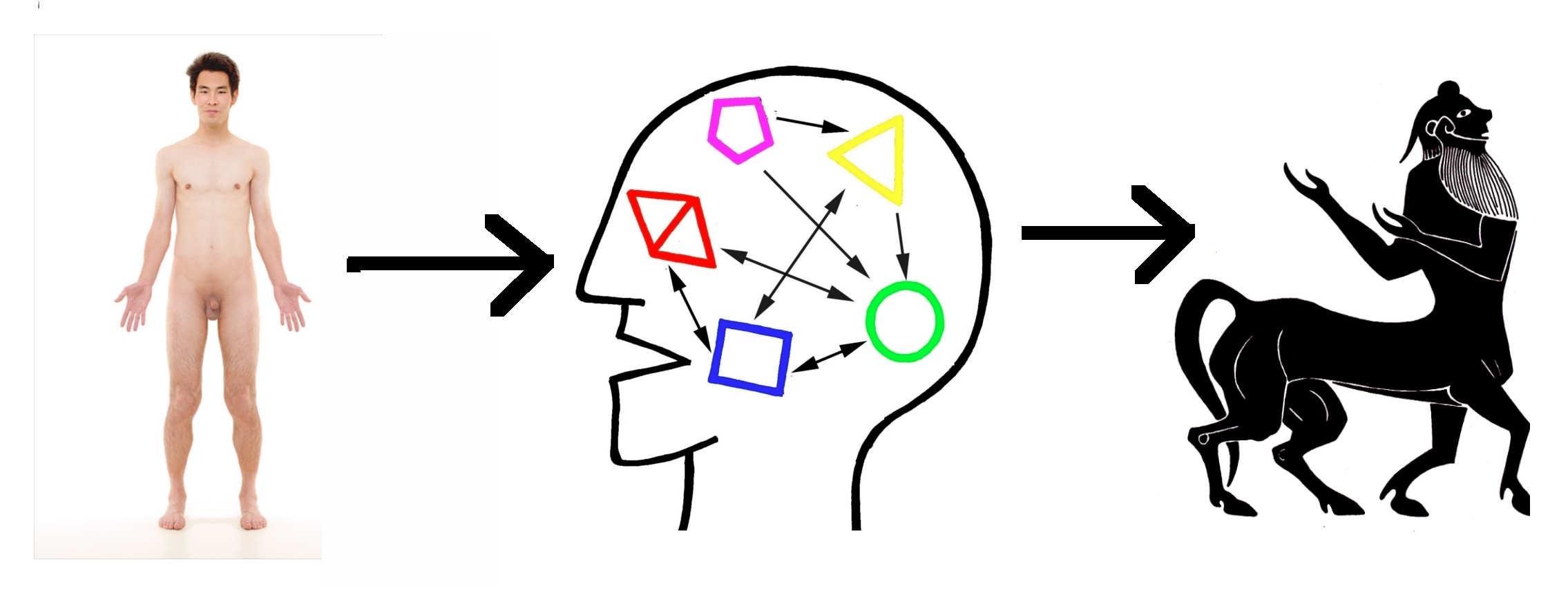 The Mythic Imagination of Perceiving Bi-Dynamical Realty in Art
The correlations between complexity science and mythic symbolism provide a new understanding of the imaginal reality of art and literature in general. It becomes evident that artistic expressions are also a form of myth's "third eye" and "second sight" into a bi-dynamical reality of mechanistic and emergent order creation. 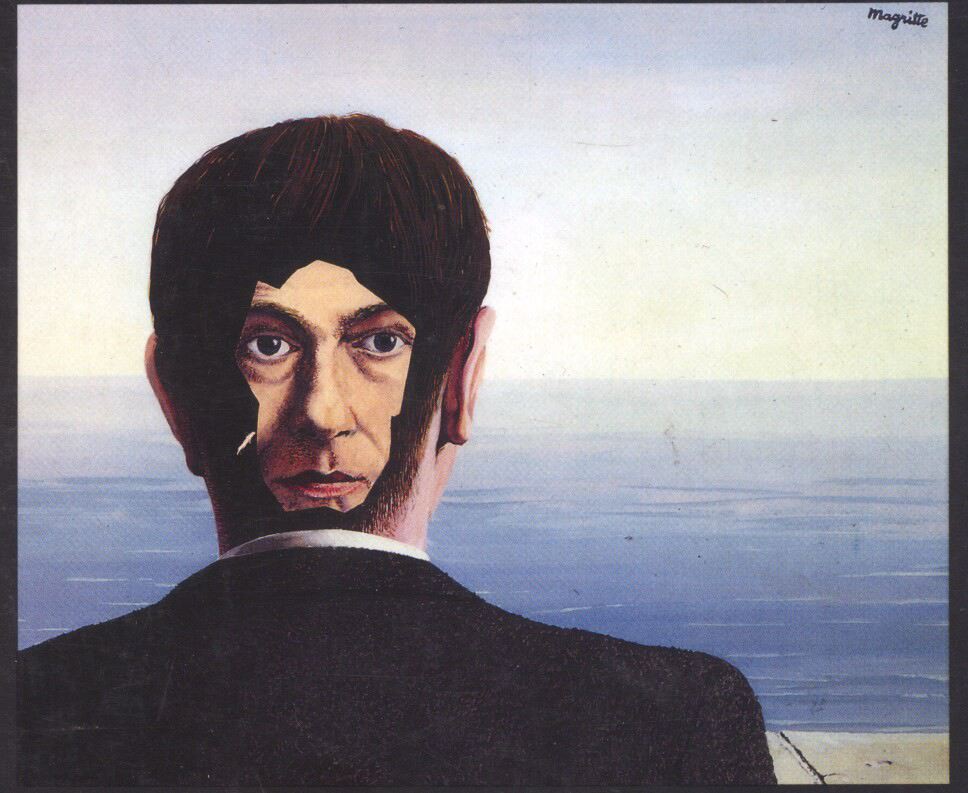 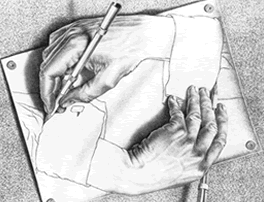 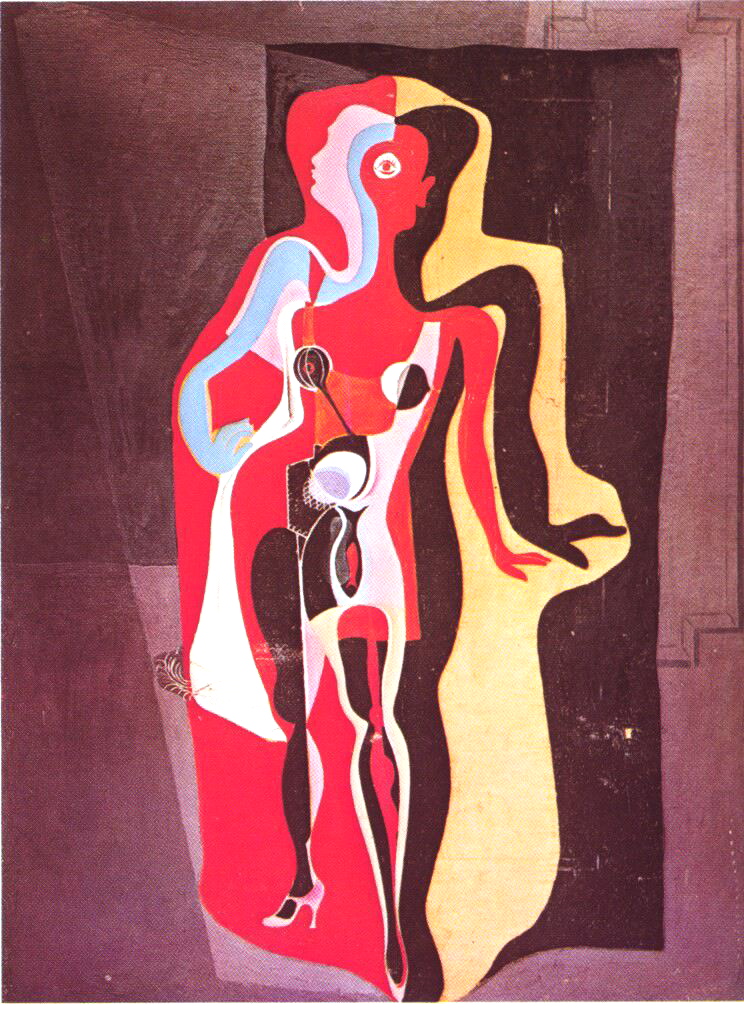 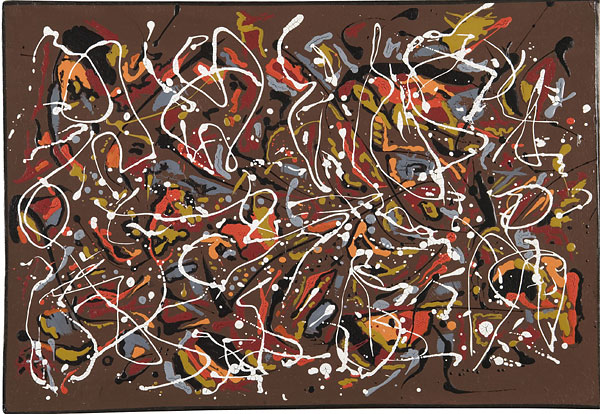 
Understanding Mythic Imagination as Symbolic Network Science Contents Below with Links:
> What is the Mythical Imagination?> New Disorderly Logic of Networks and the Validation of Mytho-Logical Reality > Correlating Complexity and Network Science with the Dynamical Modeling of Myth > Mythic Symbolism as Archetypal Complexity's Emergent Order and Network Autonomy > Myth is the Archetypal Psychology of how Network Autonomy Animates the World > Archetypalizing the Psychological Identities of Spiritual Animators > Archetypal Spiritual Animators as Dynamical Attractors > Exploring the Dynamical Attractors of Myth's Other Worldly Spiritual Animators > Telling the Story of Emergence and Network Autonomy Archetypally > Variations of Mythical Narratives > Mythic Themes of Metamorphic Transformation > Rites and Rituals: The Symbolic Gestures of Engagement with Network Character > Activating Experience of Spiritually Animating Networks through Ritual Symbolism > Ritualized Meditation and the Induction of Liminal Consciousness > Mythologizing the Archetypal Network Dynamics of Human Psychology > Mythic Imagination in Social Order, Spiritual Practices, and Religion > The Mythologizing of Secular Art 
What is the Mythical Imagination?
Many attempts have been made in modern times to define myth. It has been described as the "bad science" of primitive humans attempting to explain Nature, the fanciful residue of legends once told about famous historical people, and a disease of language. Modernity's standard for representing reality, founded on the predictable mechanism of physics as the only valid explanation of how things are and happen, has had no basis for regarding myth as representation of reality. Thus archaic myth has remained incomprehensible to a modern mentality. Consequently, the notion of myth has come to mean falsehood, untruth, fantasy, and delusion, But the recent science of complexity and self-organizing system networks provides an entirely new factual basis for understanding what the symbolism of mythical imagination is actually "good for." The most fundamental trait of the images, stories, and concepts generated by mythic imagination across all pre-modern cultures is its concern with magical transformations and the personification of non-human spirits, gods, and goddesses--as spiritual forces that animate all aspects of existence. These are the very traits that make it an illogical fantasy to a physics-based view of cause and effect in Nature. They occur in striking variety from culture to culture over, dating back at least 40,000 thousands years. Clearly this mode of representing self and world were regarded as profoundly important, even essential, to the people who created them. But how could such overtly un-realistic actions, creatures, and ideas have any relationship to the real world we moderns have become so adept at measuring and calculating? Myth as Art If we approach mythic expressions as we tend to do the notion of artistic expression, the mythic can at least be granted the function of prompting an aesthetic experience. Art in our modern context tends to be regarded as having little practical usefulness yet still a valuable part of cultural life. What is called art ranges from a more realistic representational style, in which familiar objects, places, and events are represented much as appear do to our ordinary perception, to completely fanciful or abstract forms, whether as paintings, sculptures, dance movements, movies, or literature. These express a range of events and things, some of which are comprehensible to a mechanistic sense of reality and some of which are confounding to it . Similarly, they can prompt both a pragmatically logical sense of meaning and more illogically emotional experiences that are difficult to explain in relation to the mere objects of matter, color, form, and movement which appear to be the source of such experience. Art in our modern context, as an aesthetic experience, fits into the general category of entertainment. It is something people like to engage for the sake of emotional stimulus, not as information about the actual world we deal with in our daily, practical states of mind. But there are also those who believe Art is something other than entertainment. That it has other functions and purposes. This view suggests that artistic expression, as an experience, somehow provides us with important knowledge. However that might be, there is wide spread agreement that whatever art does, it does so through its production of metaphoric symbolism. The meaning of artistic metaphor is implied by its non-literal modality. In this view, art is imagery, form, movement, and language that is deliberately not a representation of what it appears to be in the terms of ordinary definitions, descriptions, and explanations of things or events. That is, art as metaphor "stands for" something other than what it literally, logically appears to be--even if it represents familiar objects and actions. This implies that there are aspects of reality that can only be effectively revealed by metaphors that communicate by indirect referral, deliberately distorting ordinary definitions by representing one thing as something else. Metaphoric symbolism is a basic element of language. In conveys qualities of things and events that are not readily described in pragmatic, literal terms. We use it on a daily basis without thinking about its logical un-reality when we describe another person as a wolf or speak of raging a storm. Our pervasive use of metaphoric symbolism, not just in art but in everyday speech, indicates it must be essential to us on some level. If we approach the expressions of mythic imagination from this perspective, we can ask a specific question about it. What is its preoccupation with magical action and spiritual animation, as artistic representation, actually about? What is qualities of things is it trying to represent by way of its fanciful, seemingly un-realistic mode of representation? Evidently, whatever that is, it cannot be represented in ordinary, familiarly logical terms--it must not be referring to phenomena that can be described and explained in a practical manner or by the Laws of Physics. Yet there must be some kind of logic about the world, some underlying aspect of reality, that prompts us to employ this type of indirectly implied representation of meaning. Art in general must be concerned with qualities of reality that are in effect invisible to ordinary perception and understanding. We can think of this as qualifying what cannot be quantified or defined in exact terms. Myth as Dynamical Modeling The magical actions, metamorphic transformations, and spiritual actors of the mythic imagination do have something in common. These all involve a way that things happen which is not logical to our ordinary pragmatic sense of reality. It seems that nothing in the literally real world happens in these fantastical ways. That is the very basis of judging myth as un-truth. These fantasies might be entertaining, but they are not practically useful representation of reality. Nonetheless, they can be understood as a way for modeling a type of dynamical activity--all be it one that appears illogical and physically impossible. Viewed this way, mythic expressions convey a sense that events can occur through disproportional, unexplainable dynamics. Further, its spiritual actors or agents suggest there are intentional, even immaterial sources of creativity that somehow influence the forms and events we encounter on a daily basis--as if there exits an other, invisible world behind, or inside, familiar one. This suggests that there is a logic to how things happen, magically and unpredictably yet intentionally, that exists in addition to the familiar, predictably deterministic, mechanistic causality associated with physical science. Paradoxically, mythic imagination seems to be a "vision," a way of seeing hidden dynamics that actually order reality, a way of "seeing" which can only function by representing those dynamics indirectly, as metaphorially symbolic models of how the world happens. The enigmas of myth become intuitions of bi-dynamical ordering:
  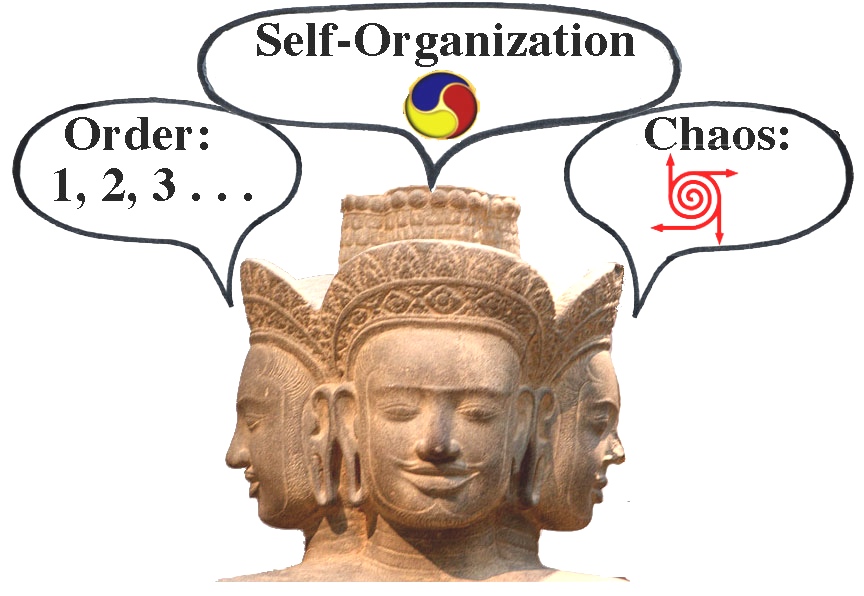 The New Disorderly Logic of Networks and the Validation of Mytho-Logical Reality
With the above observations about myth as dynamical modeling in mind, when we turn to the evidence and theories of the recent science of dynamical complexity, with its emergent creativity and complex adaptive systems, which generate autonomously self-organizing operational networks, an astonishing correlation appears. The un-realistic dynamics of myth are strikingly similar to the emergent phenomena, whose effects can be quantified the science though their actual process remains obscure. Like myth, this scientific evidence compels us to accept that there are indeed ways that things happen, that the physical worldbecomes into its myriad forms and activites, that are not fully identifiable, explainable, controllable, nor even entirely material. Science and myth have converged as mutually affirming visions of ultimately un-representable dynamics of order creation in reality. Complex systems and network science present a logic of order creation that seems illogical to our modernist sense of causation. In this new scientific knowledge, it becomes evident that the creation of most complex systems in the biosphere derive from disorderly, unpredictably deterministic dynamical conditions: the more complex forms of order, from bodies to economies, necessarily derive from significant disorder. Greater complexity derives from a dynamical condition termed criticality--being a state of partly unstable activity within a system of interdepently interacting parts. This is a dynamical condition said to be "at the edge of chared it cannot sustain its form. If it becomes too ordered, it will not be able to maintain its complexity. The turbulence of activity that approaches chaotic dynamics is required to generate the emergence of network autonomy. On a dynamical spectrum from ordered to disordered dynamical activity,
complexity is a zone between stability at one extreme and un-regulated chaos and randomness at the other. 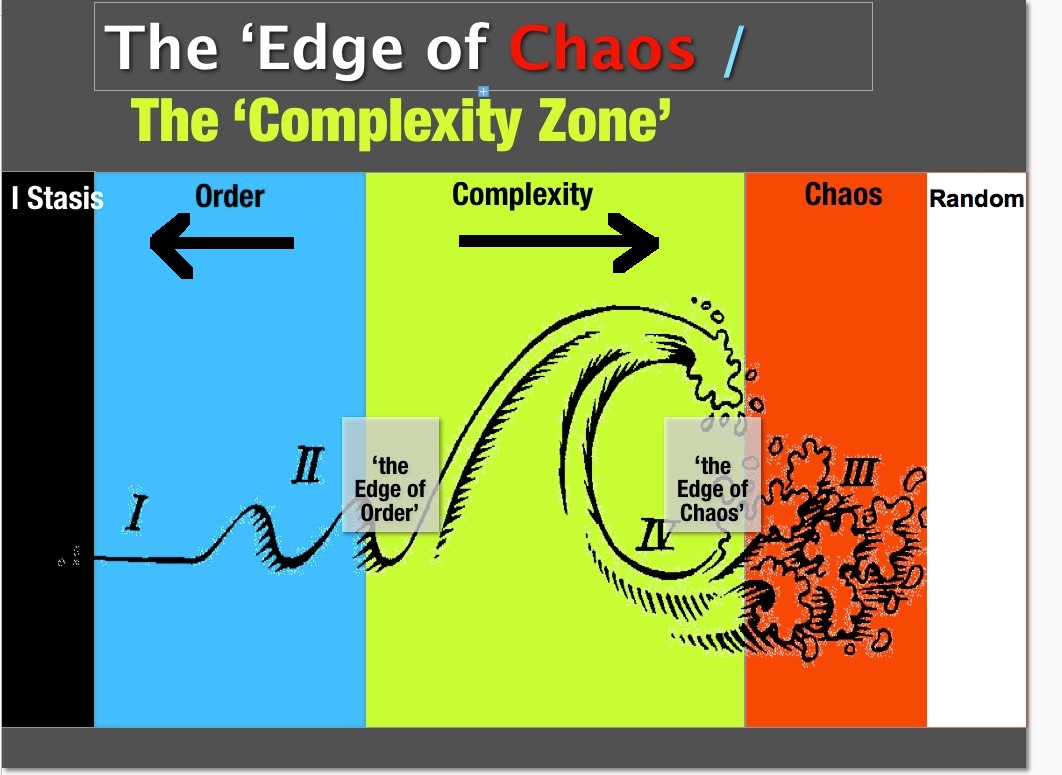
 It is this type of dynamic activity that synergistically allows the actions of diverse, interconnected parts to influence each other, through simultaneous flows of feedback, thereby spontaneously organizing themselves into the entire system. Thus there is a logic to this disproportional, unpredictable, yet not random creation of new, more complex, forms of organization. That is: most organization in the biosphere can factually be shown to derive from this disorderly dynamical condition and cannot be created without it. The ordering of life derives from near chaotic dynamics, not the predictably pre-determining order of physical properties. This proves to be logical because stability and predictably ordering factors do not have the dynamical properties that could create, nor maintain the level of complexity expressed in the living biosphere. But this new scientific story of order creation in Nature gets even more confounding. The source of all this disorderly, disproportional order creation out of systems manifesting criticality includes the emergence of autonomously self-organizing system networks. The critically dynamical activity in the system results in a network of relationships among its interacting parts that "takes on a life of its own" by influencing those relationships. It acts to create, maintain, and even adapt the overall forms and activities of the system. This operational network is not identifiable as the parts of the system nor the quantifiable physical activities of those parts. It is something more, something ethereal, yet something that has physical effects on the system and thus the world beyond it. The two basic terms for these dynamical phenomena are emergence and self-organizing criticality. The self-determining network operations that result, enabling complex systems not only to regulate their forms and activities but to adapt these in response to changes in its environment, are an unpredictable emergent property of self-organizing criticality. It functions in part by somehow processing the feedback flows between the parts into information about the system, and its environment, that enable it so regulate and adapt the overall system. This phenomena is referred to here as network autonomy. That term is meant to indicate how an emergent network expresses volitional action in its moment-to-moment regulation or adaptive re-organization of the system. So the extended logic of complex adaptive network science involves the necessity of this partly ethereal network autonomy for the existence of the complex systems that constitute the biosphere. Without self-organizing criticality and emergent network autonomy there are no life forms, no ecologies, no societies, economies, cities. This new knowledge of order creation mirrors the dynamical modeling of the mythic imagination. The unpredictable creativity of emergence from complexity is the magical action and metamorphic transformation of myth. The partly ethereal operations of network autonomy are the mysteriously creative forces of spirits, gods, and goddesses. In myth, as in network science, there can be no world without these dynamical factors. In myth, as in science, there are "two realms" or order creation, one overtly visible and quantifiable, one not. There is an other, invisible, world behind or within the ordinary world--a realm of spiritually animating autonomous networks. That is what the metaphorical symbolism of the mythic imagination seek to reveal to us. That is the art of myth and the myth-ing of art. The dynamical logic of myth has been confirmed by scientific method. The disorderly ordering of complexity's self-organizing criticality near the edge of chaos is mirrored in the tumult of myth's images, events, and stories. Correlating Complexity and Network Science with the Dynamical Modeling of Myth
If we are willing to consider that science and the mythological method are not inherently opposed, it becomes evident that mythical symbolism is indeed a way of modeling the existence and operations of network autonomy. It was, once upon a time, and still among some surviving tribal cultures, the corollary of complexity science--a useful method for perceiving the invisible realm of emergence and network autonomy. Both share a similarly logical worldview on order creation as deriving from two modalities: the bi-dynamcal one of physic's predictably deterministic but un-intentional ordering and the unpredictably deterministic, partly intentional ordering of emergence and network autonomy. Thus there is sound scientific reason to re-unite science and the mythic imagination in a sense similar to the pre-modern natural philosophers. Only this time scientific methods of quantification and calculation actually frame a factual basis for imagining what that method cannot fully describe and explain. We can generate the doubled vision of a factual imagination to produce a new, non-religious, post-modern metaphysical philosophy. The characterization of myth thus far might lead one to assume it is only concerned with modling emergence and network autonomy. But just as science now must struggle with evidence of a world made by two modes of order creation, so too mythic symbolism serves to establish understanding of the relationships between the ordinary physical world and the "other world" of magical transformations and spiritually animating forces. One cannot be represented, much less comprehended without the other. The Archetypal Dynamism of Science and Myth
Science distinguishes the dynamics of order creation in terms of
sequential mechanism versus concurrently interdependent complexity.
Myth does so in terms of the ordinary actions that can be pragmatically
predicted and controlled, and those that are magically
transformative and spiritually animating.
The corresponding bi-dynamical perspectives of order creation in science and myth: Science Myth > Physics:
predictably deterministic
mechanism
> This World: controllable, pragmatic
events
> Complexity: unpredictably deterministic emergence > The Other World: uncontrollable spiritual animation Though science has only recently began to engage the unexpected implications of bi-dynamical order creation, myth is myth because it does so. The difference between science and myth is methodological. Science uses reductive quantification and calculation to analytically differentiate evidence for the two modes of order creation. Mythic imagination qualifies the contrast by characterizing the archetypal traits of complex dynamics using metaphorical symbols. The most overt examples of the tension and coexistence of both modes in mythic symbolism are evident in images that use interdependency of symbolic constellation to suggest the interplay of two or three factors.
Bi-dynamical symbols
Yin-Yang:
Triskelions:
Cadeceus: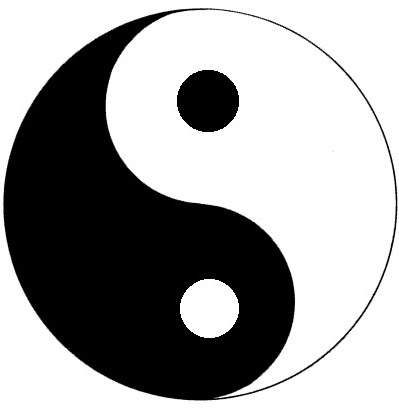 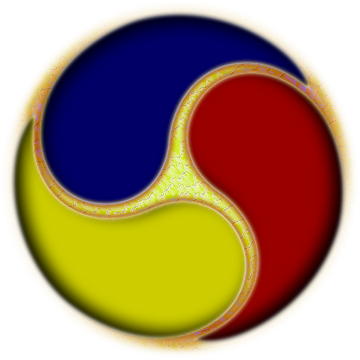 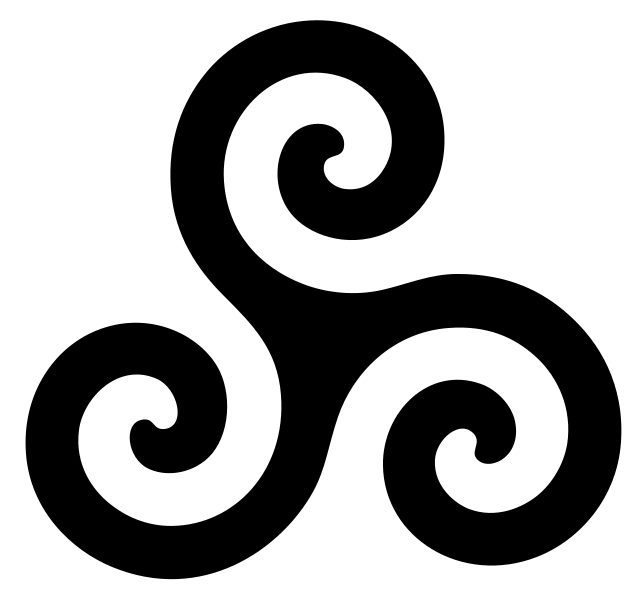 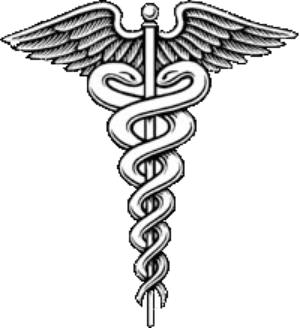 These images function to confound our habitual notions of exclusively separate entities acting upon each other the linear progression in events of mechanical causation and order creation. They suggest the quality of dynamical interaction between seemingly separate elements that has no beginning, middle, or end. That gives us a sense of the archetypal character of un-differentiable networked unity. The Yin-Yang can refer to the interplay of masculine and feminine, but indicates these are not exclusive opposites, as each has a dot of the other inside it. Their interdependency is further indicated by the impression of reciprocally moving into each other, in an endless round. Triskelions suggest that there is always a third aspect to phenomena, rather than being configured by simple oppositions or sequences. Where there are two interacting systems there is a third emerging from their interaction as an additional network. The cadeceus is associated with the Greek god Hermes, who is a messenger between the gods and humans. It is also associated with healing, indicating there is more to this phenomenon than a single domain of physical events. Such images prompt an intuition of complexity, interconnectedness, and interdependency--of a non-hierarchical, simultaneous relationship between multiple factors. We can think of these iconic images as archetypal metaphors of the bi-dynamical character of order creation. They remind us to be alert to the pervasive but invisible role of emergence and network autonomy in ourselves and the world. The contrast and co-existence of archetypally mechanical and archetypally complex order creation are illustrated in mythically by notions such as "the other world," which is a metaphor for the ordinarily invisible or hidden domain of complex dynamics. Myth's archetypal other world of complexity is usually "located" as adjacent to that or ordinary ordering--behind, beside, above, below, or even within it. Mythic tales bring the two together by mixing pragmatic acts with magically transformative ones that have the quality of disproportional emergence. The appearance of mythical figures such as spirits and gods provide a sense of the quality of spiritually animating network autonomy. The ways archetypal complexity are described in science and myth can be closely corrleated. The correlations of Complexity Science and Myth
Metamorphism in Science and Myththat constitute the basis for a Scientific Mythology Science: Myth:
The Mythography as the Iconography of Complexity These correlations show how mythic imagination elaborates the science through its imaginal metaphors of complex dynamics "at work in the world." Engaging these factual and imaginal logics for how things are and happen in tandem provides enhanced perception of the actual ways Nature orders and adapts its interdependent systems. Mythic imagination generates a symbolic iconography of complexity's strange, paradoxical dynamics. It gives images to what the science intimates but cannot fully define or describe. In this regard, mythic symbolism constitutes a mythography of complexity, a graphic imagination of emergent order creation and emergent network autonomy. Yet this association between myth and science offers a way to evaluate our imaginations of how things happen that are "more than mechanistic." The science enables us to evaluate our symbolic iconography for its dynamical accuracy of complex dynamics. To imagine these as being subject to direct, predictable control--human or otherwise--is to contradict the science. An accurate mythography of complexity necessarily appears fantastic to our ordinary perspectives, but not as a fantasy of magical control or supernatural powers of pre-determination. The transformative metamorphosis of emergence in complex dynamics is the change of one form or function into a distinctly different form or function in an unpredictably disproportionate or nonlinear manner. The properties of the changed form or function cannot be found in or logically derived from the preceding status. The properties of form and function in a butterfly are not found in those of the catarpiller from which it metamorphically emerges. Though there is genetic data in the caterpillar to guide the transformation, it is the interdependency of the system's emergent network that actually interprets that data into information as it generates the metamorphosis. The genetic data is a form of memory utilized by the emergent network. Similarly, the transition of a society from a cooperative democracy to an authoritarian tyranny is an unpredictable but not accidental metamorphic effect of emergent network re-self-organization. The transformative effects of emergent order creation provide a way of understanding the realistic function of myth's metamorphic imagery. The magical changes of frogs into handsome princes and the unrealistic confabulations of half-human, half-animal creatures are the metamorphic symbolism of how emergence can radically change the forms and properties of complex systems and their network behaviors. Cultural mythologies generate a kind if "library" of such imagery. They constitute a meta-morphology of the characteristic or archetypal ways emergent order creation transforms things and events in a sudden, unpredictable, and ultimately unexplainable manner. Networks as Characteristic Archetypal Dynamics The contrast between mechanical and complex dynamics is illustrated visually in the schematic diagrams of network science used to represent structural and dynamical relationships. These visualization help distinguish between networks that produce the largely predictable order creation of mechanical dynamics and those which enable the emergence of complexity. The former represents the sequentially dependent archetypal character of mechanistic processes and the latter the concurrently interdependent, constellated archetypal character of emergent order creation. Archetypal
Mechanism
Archetypal Complexity
Network
structure gives us indicators of whether a network will be likely to
generate archetypally complex order creation. In mythic
representation this contrast is qualified in terms of ordinary beings
versus the spiritually animating agents of spirits and gods. When
ordinary humans in mythic tales find themselves in the Other
World of concurrent interdpendency, they notice magical events and
entities that convey the quality of having "dropped into" the
scientific reality of emergence and autonomous network creativity. An
example is the Russian tale of an ordinary human, Vasilisa, who finds
herself in the other world of the magical Baba Yaga. The latter is a
personification of network autonomy in Nature that can perform
extra-ordinary, emergent events. Baba Yaga travels in a flying mortar
and pestle and lives in a house on chicken legs. She gives Vasilisa a
skull that emits light to guide her back to the ordinary world. A basic electrical circuit network: A complex social network:  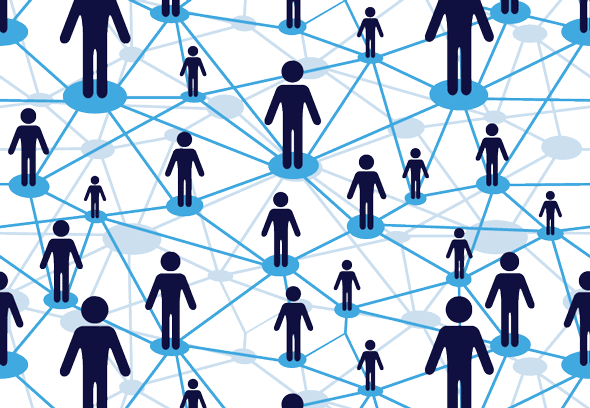 Ordinary Vasilia with a magical skull lamp Baba Yaga with her house on chicken legs
 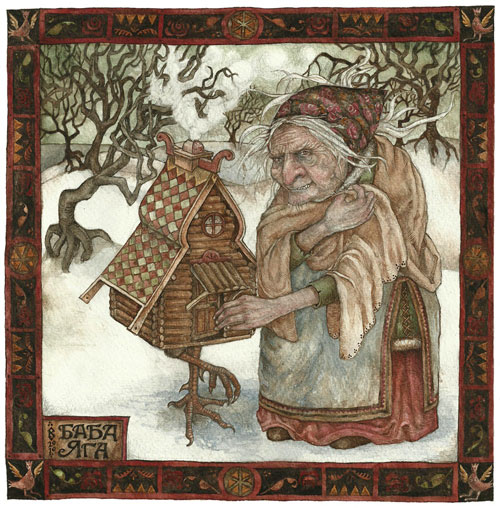
These two broad archetypal categories of mechanical and complex
dynamics, or ordinary and extra-ordinary ways that things happen, each
have their own diverse archetypal qualities that can be further
elaborated. Science does this with technical definitions of dynamical
activities. Mythic imagination differentiates ways things happen
through different metaphors, created with different constellations of ordinarily
dissimilar things and seemingly unrealistic events.
Mythic Symbolism as Archetypal Complexity's Emergent Order and Network Autonomy Archetypalizing Emergence and Netwdork Autonomy: Qualifying what can't be quantified about emergent order creation To archeytpalize is to identify characteristic traits of how something is composed and acts by associating it with qualities of origin, form, thought, and behavior. Adjectives and adverbs are typical word modifiers used to represent archetypal character. In general descriptions, we do this literally with phrases such as "the building creates a glassy, gently wavering reflection." We also use the comparisons of similes like "the crowd flowed like a river," or "his movements were mindless and mechanical," or "he has a wolfish grin." This way of characterizing qualities is extended through the use of more overt metaphors and symbols, such as "the river of the crowd," "he is an automaton," and "he is a wolf in sheep's clothing." Such language use gives us a way of describing our experience of how things are and happen. The emergent events that science cannot fully quantify are qualified in myth by its archetypal symbolism of magical transformation, such as a talking frog suddenly becoming a human prince. Network autonomy is represented by archeyptal characterizing in terms of personality. Mythologizing: Myth-ing the Archeyptal Qualities of Complex Dynamics in Bi-Dynamical Reality Like science, mythic imagination cannot reveal exactly how emergent order creation and network autonomy actually happen. But what the mythic imagination can do that science cannot is re-configure our habitually pragmatic, mechanistic mentality to give us an experience of complexity's extra-ordianry dynamical qualties. Like scientific models of complexity, mythic symbols are a form of abstraction of ordinary reality. They represent things and events in ways that disrupt our habitual perceptions and assumptions about how things are and happen. As stated, artistic expression often does this generally. But mythic imagination can be distinguished as the art of representing emergent order creation, in terms of magical transformation and the network autonomy of spiritual agency or animation. We can call this the mythologizing or myth-ing of reality. It is accomplished by generating archetypal metaphors that have the qualities complexity's nonlinear, emergent dynamics. The origins of imagery suggesting archetypal complexity's interdependency and non-ordinary being are prehistoric. It extends back beyond 30,000 years. There are human-animal figures, associations of the moon and the human feminine, abstract human forms indicating a non-ordinary quality of being and nonlinear activity, as well as indications of interdependent interconnections among animals and human humans. 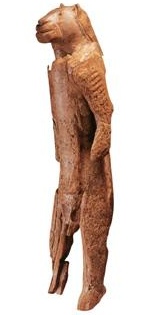 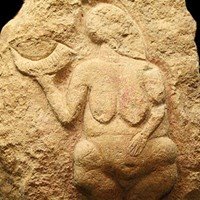 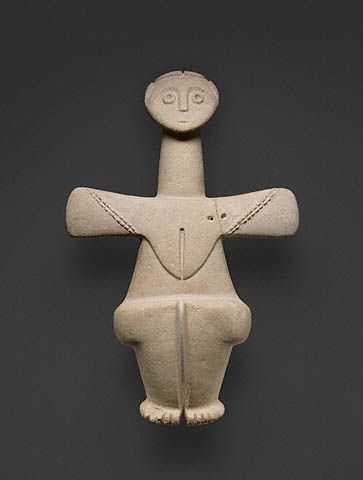 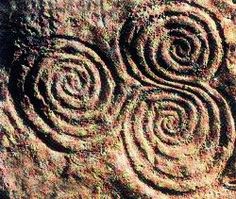 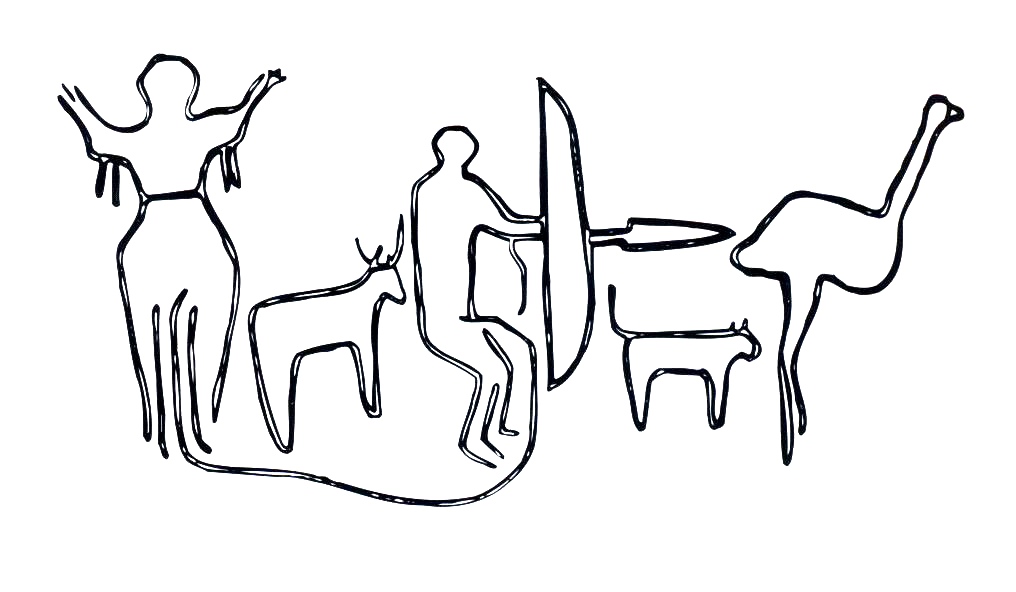  Mythic imagination represents the traits of complexity's nonlinear dynamics, with their emergent properties of self-organizing criticality at the edge of chaos and resulting network autonomy in a variety of ways. A most basic one involves patterns that emphasize interactive relationships, inter-connectedness, nonlinearity. Greek meander Keltic knot Islamic tile Hindu paisley 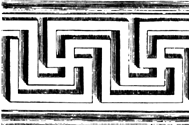 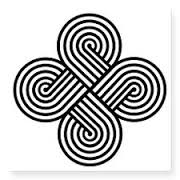 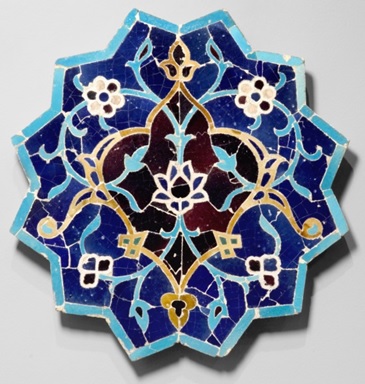 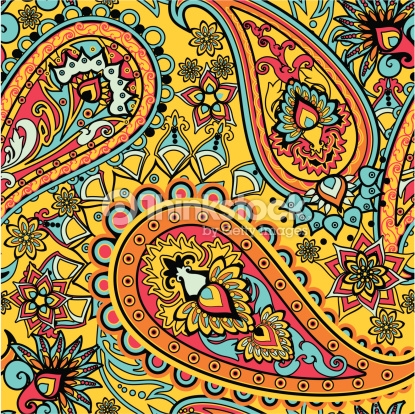 These patterns are a way of mythologizing our sense of how things are and happen. They represent a formalized expression of chaotic turbulence that creates recognizable forms in a nonlinear, ongoing manner. Their regularity connects these dynamics with the non-random, self-organizing influence of network autonomy. 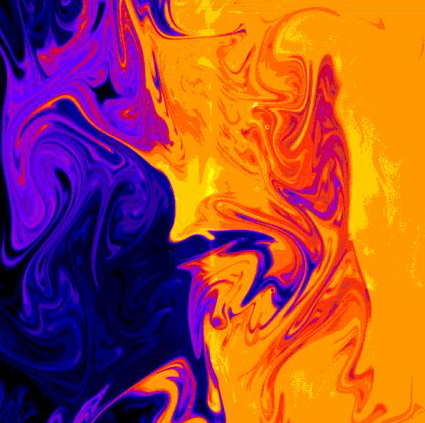 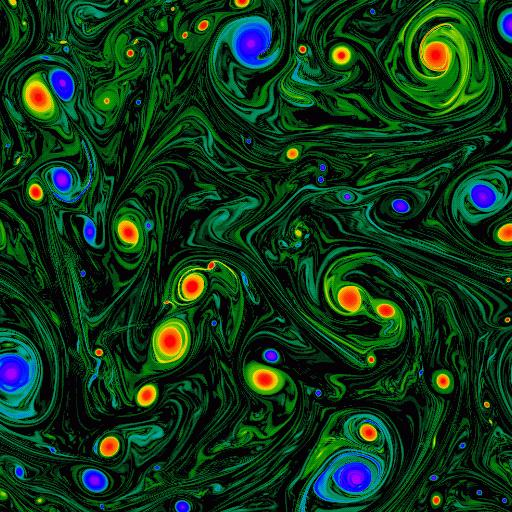 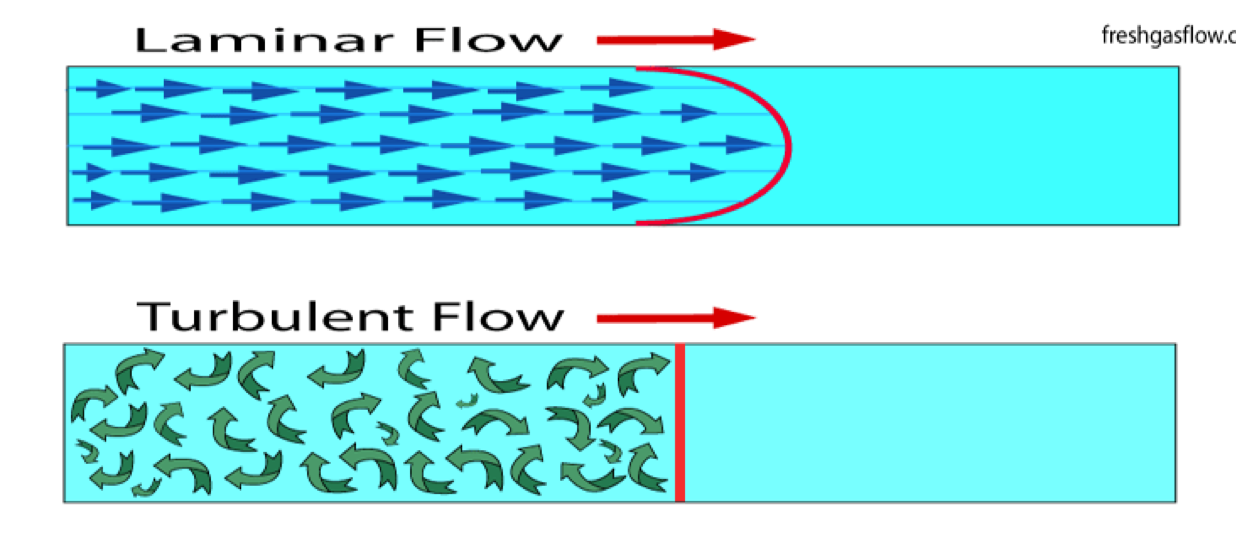 Specific symbols are employed to indicate the constellated reciprocal activity, mutuality, interdependence of opposites, and nonlinear directedness of complex dynamics. The European alchemical ouroboros eats its own tale, indicating infinitely reciprocal feedback. The three legs of a Greek triskelion suggests a non-ordinary triplicate, reciprocal movement. The Hindu lingam-yoni combination suggests the intrinsic interplay of masculine and feminine. The double headed Aztec serpent indicates influence that moves in opposing directions simultaneously. Alchemical Oroboros Greek Triskelion Hindu Lingham-Yoni Aztec double head serpent 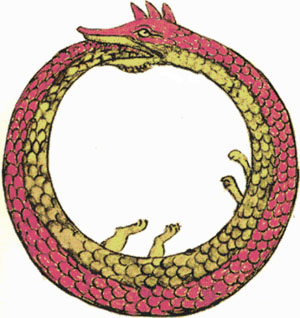 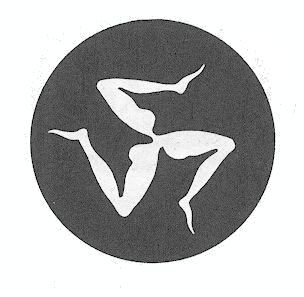
 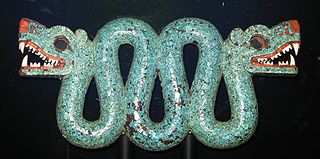 The creation of small symbols that can be carried appears to be very ancient and extends into preset times. These indicate importance attached to physical representations of non-ordinary states of being and the existence of network autonomy as agency of order creation, or spiritual animation, in the ordinary world. Referred to as fetishes, totems, and talismans, these serve as tangible reminders of the hidden interplay of bi-dynamical order creation in one's self and the world around one. These assist in directing ordinary human awareness toward the invisible dynamics of network autonomy through extra-ordinary mythic symbols of other worldly spiritual animation.
Paleolithic:
Egyptian: Native American:
Hindu:
Greek:
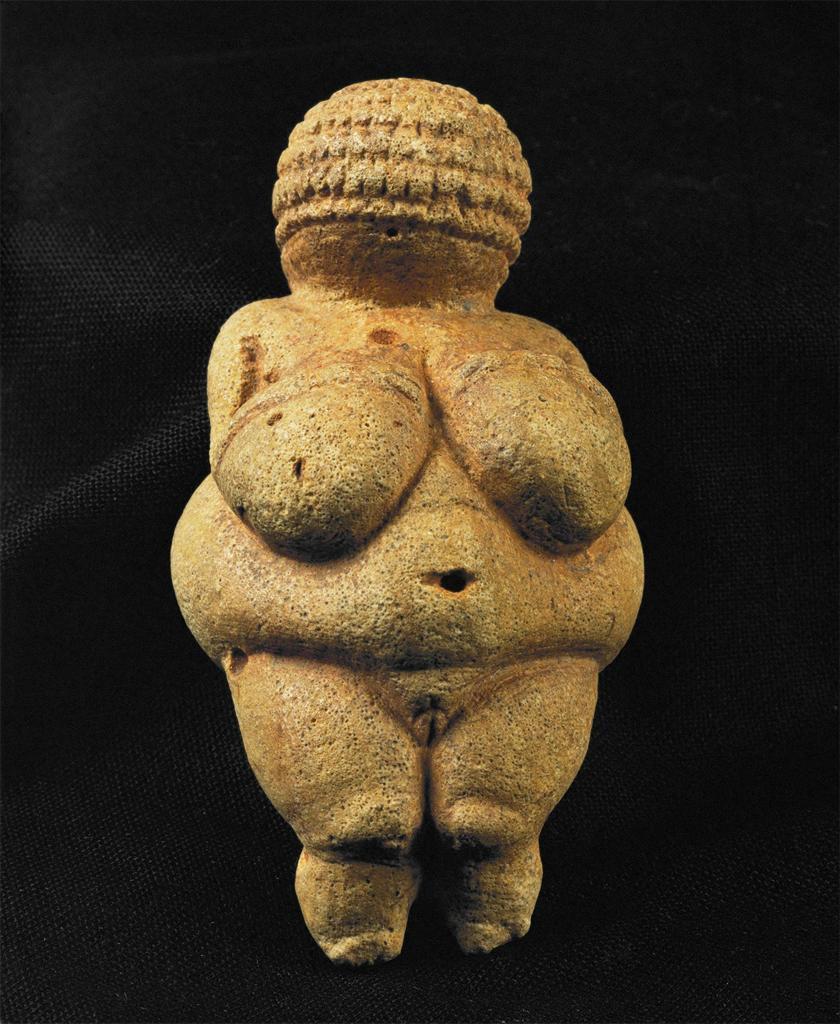 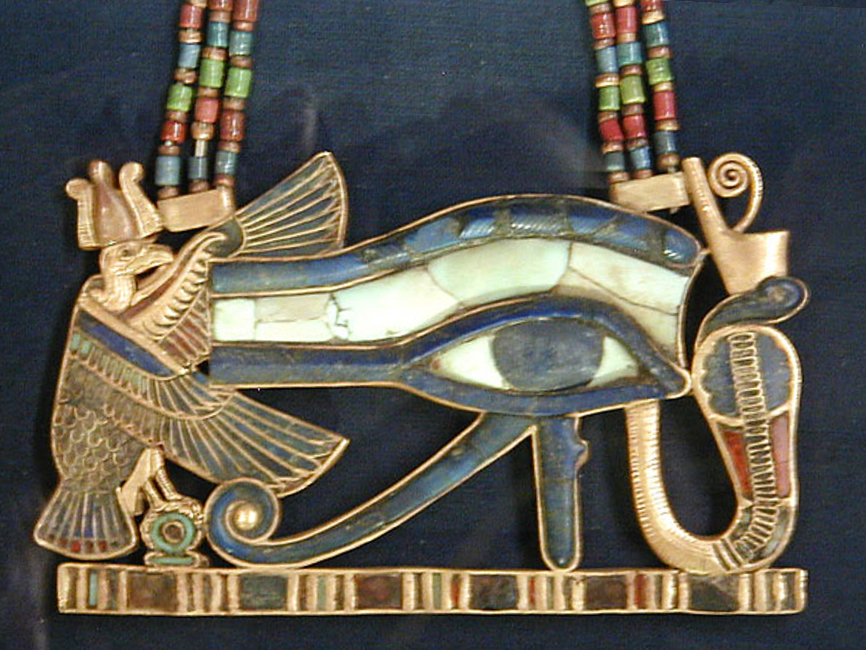 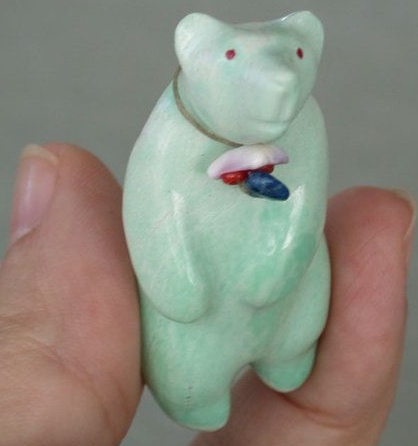 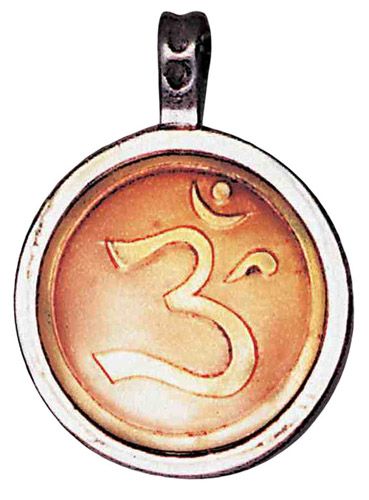 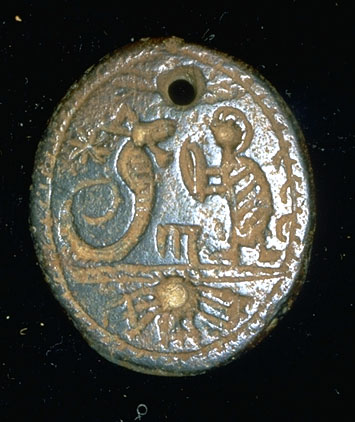 Myth's Other Worldly Models of Bi-Dynamical Order Creation A common theme across cultural mythologies is a notion of an other world that influences the ordinarily obvious one. There are upper and lower realms that act as the source or support for the familiarly visible one. These are metaphors for how the ordinarily visible world is in fact part of a larger meta-system of networks that manifest it through the bi-dynamical modes of dependent and interdependent order creation. 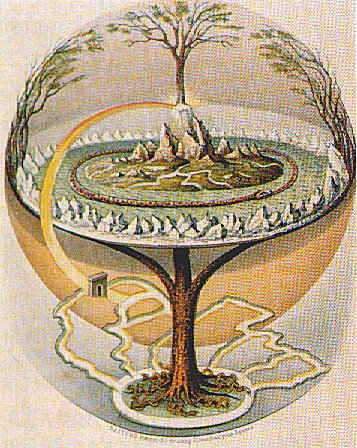 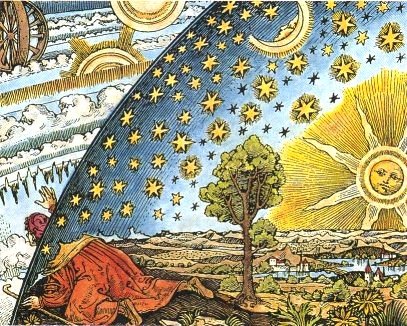 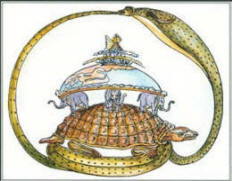 The Disproportional Order Creation of Emergence as Myth's Metamorphic Transformations The magical changes of one thing into another, typical of mythical tales, models the disproportional order creation of complexity's interdependent dynamics. In the other world of myth, these emergent changes are made overtly visible as metamorphic transformations. Ordinary objects are transformed into magical ones, as when a pumpkin becomes a coach in the tale of Cinderella. Humans become animals, animals become human, or are turned to stone, as in the story of the Medusa, and the dead come back to life. Myth is the Archetypal Psychology of how Network Autonomy Animates the World
In so far as mythic symbolism is concerned with representing the volitional behavior of complex system's network autonomy, it is necessarily a kind of psychology. More specifically, it can be thought of as network psychology, as a way of representing the behavior character of autonomous networks, thether they operate in/as human or non-human systems.. Symbolizing the Archetypal Character of Network Autonomy Network autonomy's volitional behavior constitutes a form of psychic activity that influences the physical world. Mythic imagination provides a way of identifying its characteristics metaphorically. A common theme is to associate humans with animals as a way of representing their shared behavioral traits. 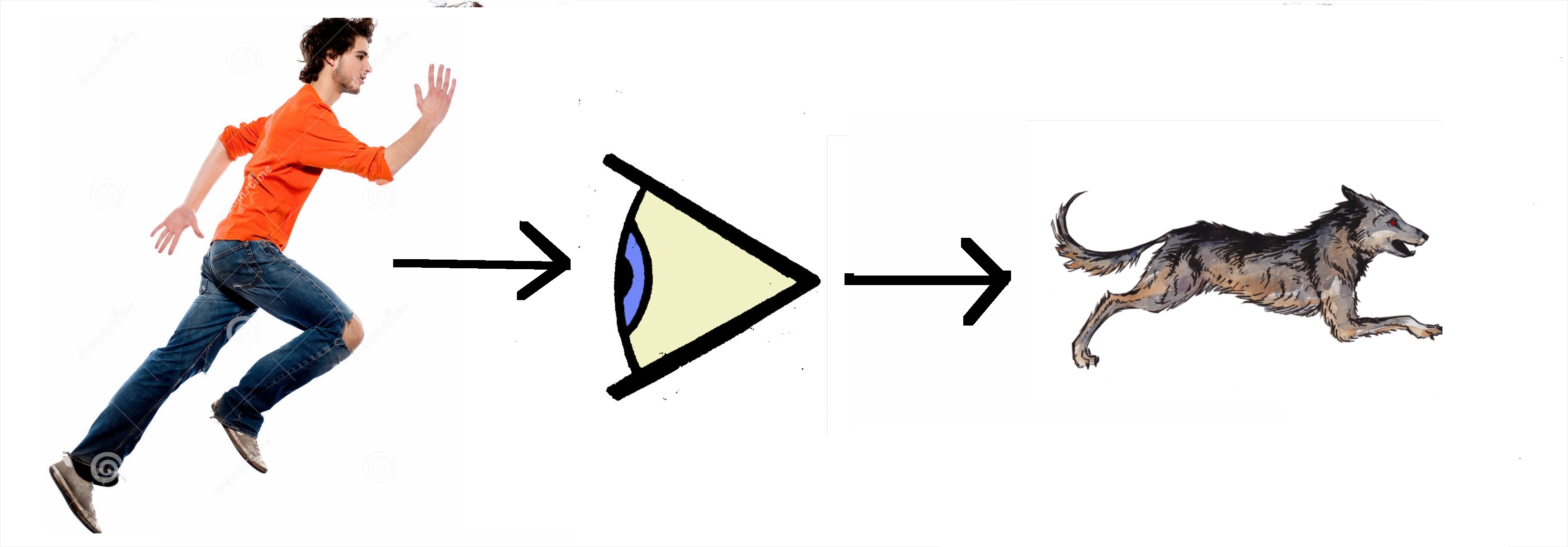  This creation of composite and metamorphic figures indicates the qualties of emergent networks and their interdependencies. Different metaphors constellate different emergent network character. A man-wolf network has different subjective traits than does a man-horse. In this sense, mythic figures often are best understood as meta-networks of different networks that have become interdependent. There is a kind of principle in both network science and myth that can be stated as: "wherever two interact a third emerges." Yet the three that result from two are also one interconnected network. How mythic imagination might represent the emergent
network of a two person relationship: 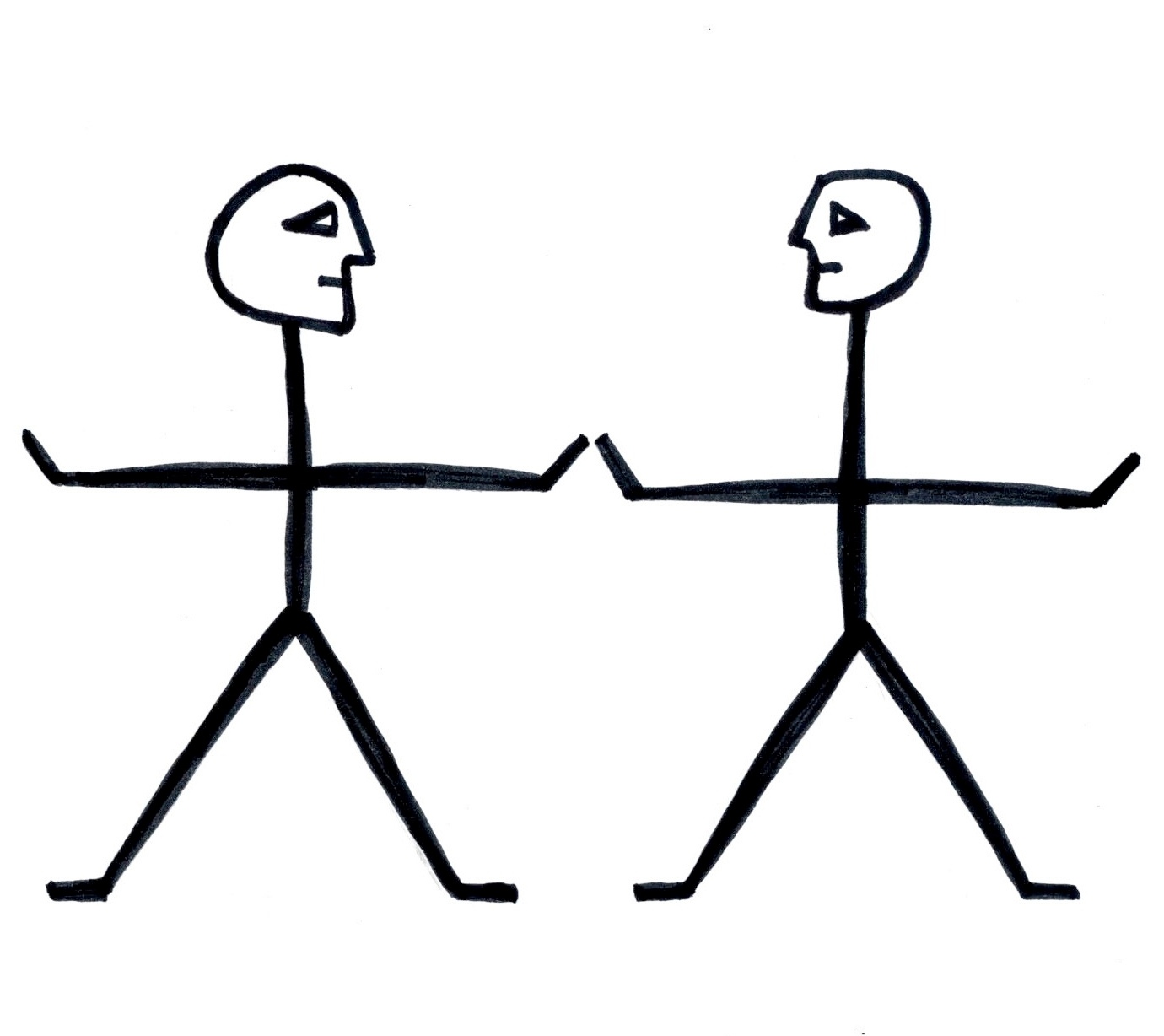  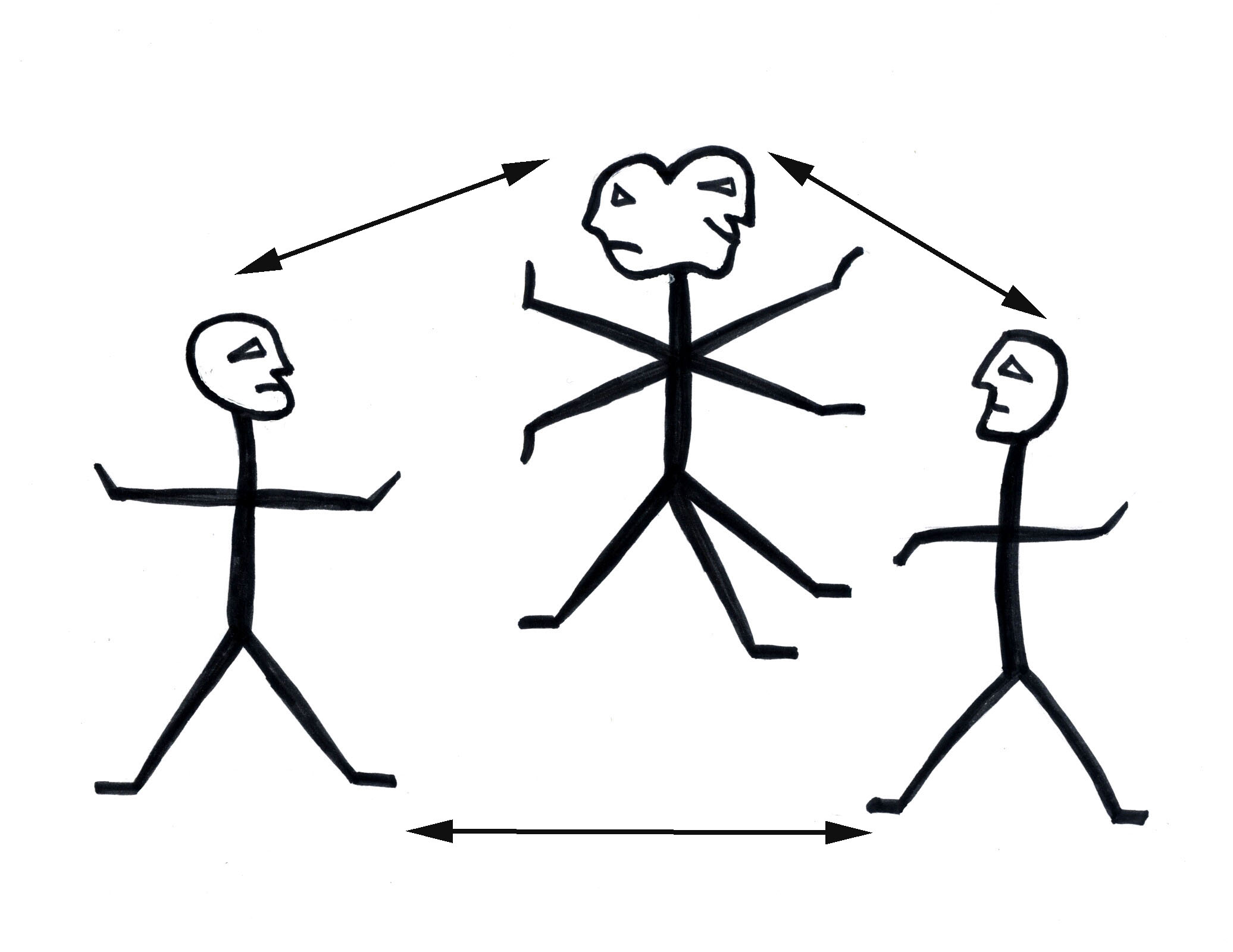 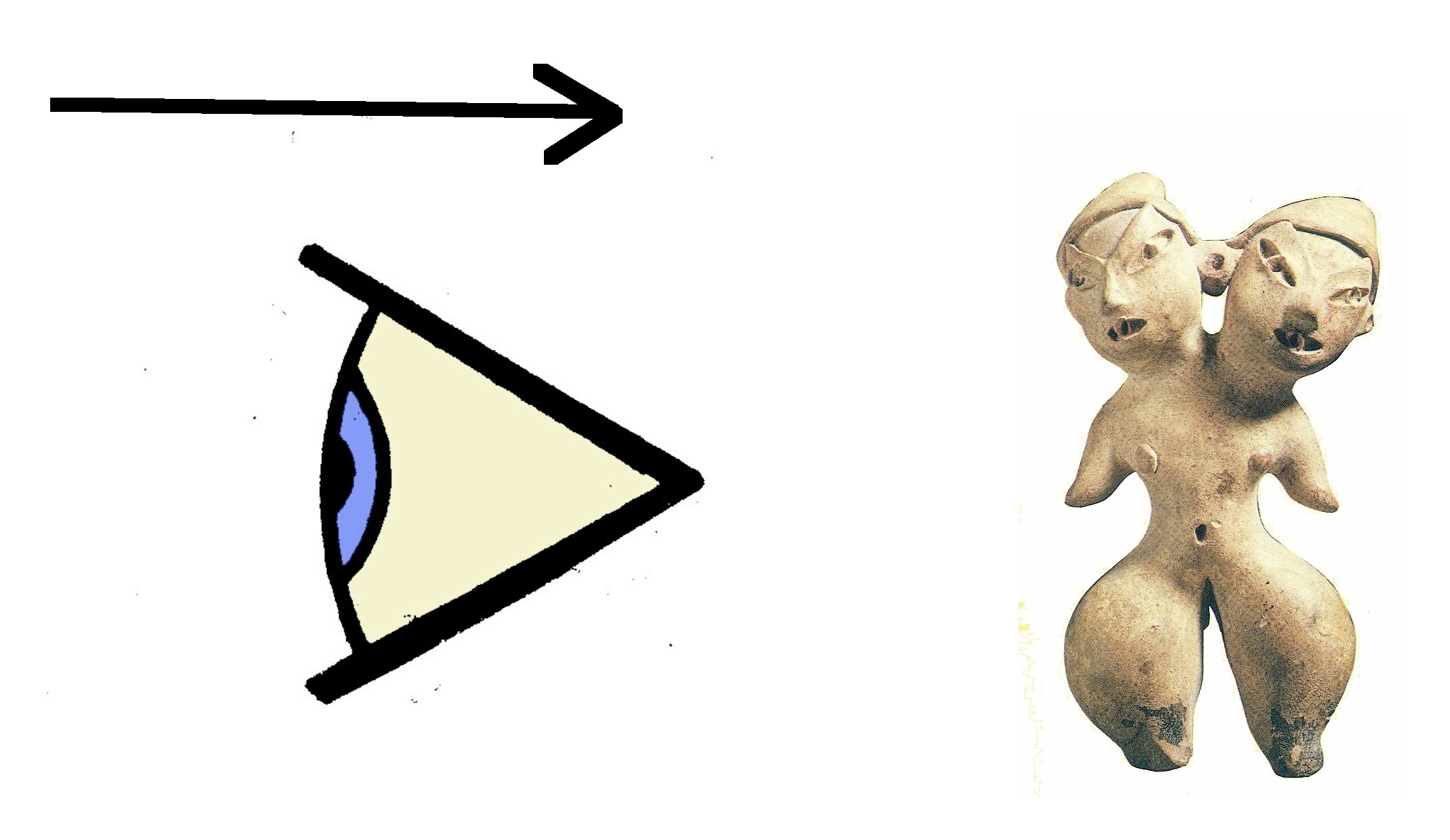 Mythic Symbolism and the Psychic Numinosity of Network Animation The term numinosity is used in mythological study to describe human experience of intelligence or mind emanating from even seemingly ordinary things. This is a feeling that events, environments, and things are "creaturely," that they have psychic awareness and intentionality that makes them somehow alive. This numinous aura tends to make people feel perceived even by non-animal entities. As an experience of the psychic quality of network autonomy, numinosity is a general phenomena that has more specific traits depdending on the archetypal character of a particular system and its self-organizing network. A fundamental function of imaginal mythologizing is to promote and enhance this awareness, thereby redirecting our attention to the fact that there is more going on in Nature than what society defines or mechanistic pragmatism can explain. Such awareness is crucial to humans and their societies having any adequate sense of bi-dynamical reality. Emergent Network Ordering and the Psycho-Spiritual Material of Things Just as complexity science reveals how even ordinary physical objects tend to have forms and functions that arise from emergent ordering in complex systems and their autonomous networks, so does mythic imagination represent these as some how magical or spiritually animated. Thus, even the most familiar of things can be experienced as numinous--as in some way a context of psychic or spiritual activity. In the realm of myth, any physical object can become overtly animated by a psychical or spiritual impetus, even to the degree that it speaks or induces the emergent transformations of a metamorphosis. Physical things created by spiritual animation that are, thereby, spiritualized matter:
 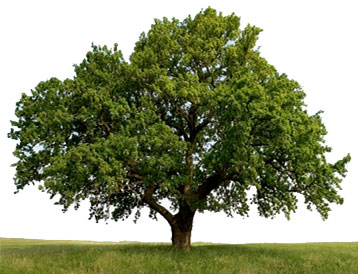   Archetypalizing the Psychological Identities of Spiritual Animators
.
The information processing, willfully adaptive traits of complex
network autonomy is generally archetypalized as psychological
character--giving them the qualities of human consciousness. This personification of the world-animating spirits, gods, and goddesses of mythic imagination are
depicted as diversified, unpredictable, metamorphic, and as likely dangerous as
beneficent for human interests. Accordingly, they are archetypally qualified as
multiple forces with specific characteristic behaviors and areas of influence on emergent order
creation in Nature.
Whether symbolically personified in the form of an animal, human, or more fantastic creature, each is typically individualized as a complex network constellation of diversified, subjectively psychological characteristics. These traits are often associated with the particular power each has for inducing emergent order creation, whether it be concerned with weather or war. They are rarely portrayed as predictably self-consistent stereotypes or as phenomena that can be controlled. However, they are often represented as entities that can be engaged and influenced by each other, as well as by the behaviors of the human network autonomy they influence. To people in mythical cultures, these differentiated forms of extra-ordinary agency are not just abstract concepts. Rather, spirits and divinities are actual phenomena that, though typically invisible to A common posed by modern people is, "Did the ancient Greeks really believe in their crazy gods and goddesses?" Scholars of myth have in essence replied: It was not belief that made the gods real, but direct experience of intentional forces shaping the world and its events. To mythical cultures it appears obvious that something like network autonomy is generating order in the world in a relatively extra-ordinary manner. Traditional mythic tales reveal recurring patterns of interaction between these archetypally qualified animators, and in how human networks are affected by their order-creating impetus. Though unpredictable, there are archetypally identifiable themes in how they act and interact. Thus the world as viewed by myth is an on-going interplay of varied spiritual animators, configuring an ever shifting constellation of relationships and effects. Though unpredictable, this interplay manifests with archetypal tendencies in how it influences both human and non-human systems. Here the scientific notion of dynamical landscapes, composed by differing dynamical attractors, assists in comprehending the meanings of mythic tales. Mythic stories from around the world are configured around recognizable archetypal themes of how spiritual animators behave, interact with each other, and become involved in human relationships. Thus mythic imagination archetypalizes both the diversity of animators and the contexts or situations that they influence. These include life stages such as birth, coming of age, marriage, old age, and death, as well as contexts such as commerce, love, war, and social power struggles. Such context specific archetypal stories constitute a knowledge base that societies can refer to when confronted with particular types of events and conflicts. The Range of Mythical Metaphors for Personifying Network Autonomy's Animating Agency Every cultural mythology represents behavioral patterns of network autonomy in a somewhat unique manner. Symbolic personifications of network animation as spiritual agency range from the very specific character of particular plant and animal species, referred to as animism, to the abstract gods and goddesses of polytheism that represent more abstract archeytpal impetus in emergent order creation. Some cultures favor one or the other mode more, some employ both. Less hierarchically structured societies like tribal cultures often emphasize animism. The more hierarchically structured societies of civilization tend to emphasize the role of "higher" abstract gods and goddesses who have broad influence over generalized aspects of Nature and human society. In this range we can discern a sense of specific system network character, such as an animal species or lake, as well as a generalized archetypal impetus that acts to influence emergent order creation across a range of phenomena, such as a goddess of plants or marriage and family. In the case of monotheistic mythologies, most all of Nature is represented as animated by a single, all powerful, disembodied god character. This diversity of types of spiritual agency reflects the scientific evidence for how network autonomy becomes scaled up as more systems become interdependent with each other, creating meta-systems. The variations between cultures in how spiritual animators are characterized reflects the scientific view of emergence and network operations as ultimately obscure, thus undefinable. What seems to be most important about the symbolic art of a mythical imagination is how its metaphoric representations of archetypal patterning in network autonomy create a means of perceiving and relating to dynamical complexity as a real, if ultimately undefinable, aspect of reality. The variation of how this is done across cultures does seem to reflect aspects of their social order. Civilizations are more overtly concerned with command and control of their societies and environments. So their emphasis upon the abstract powers of higher gods and goddesses seems to express this concern. However, the scientific evidence does provide a basis for both the system-specific characterization of network autonomy and the more abstract form of divine powers that influence these. Where the system-specific animation of particular species identifies archetypal traits of its network's subjective aspects, the abstract divinities provide a way of imagining archetypal tendencies that exist more independently, as types of dynamical attractors that can influence order creation in many types of specific systems. In addition to this distinction between more specific network character that is effectively embodied in a particular system network, versus abstract ones, there are other general categories of mythic animators, such as mythical beasts, monsters, nymphs, daemons, demons, angels, the living dead, etc.. These are useful in symbolizing a variety of ways archetypal impetus can take form in certain contexts of network behavior. The category of mythical monsters, for example, is particularly useful in identifiying network autonomy that causes a system to act in ways that are not reciprocal with other systems and thus become destructive to the sustainability of other systems. Again, none of these can be interpreted as literal descriptions of complex dynamical events. Their function is to provide some means of qualifying conditions that tend to recur in similar if ultimately varied and undefinable ways. Thus the metaphorizing of emergence and network autonomy is necessarily unrealistic in its efforts to characterize archetypal qualities of dynamics that can neither be explicitly defined nor definitively separated, due to their interdependency as interactivity. The most specific embodied animating agency associates more with the terms spirit and soul, usually used in reference to animating personality of human and animal systems, or aspects of natural phenomena like landscapes, wind, and weather. A metamorphic and fanciful category of mythical creatures, such as centaurs, dragons, and monsters also appear as overtly embodied. But the obviously extra-ordinary quality of these figures suggests they represent network agency that takes form and operates somewhat independently of the souls and spirits of individual humans, animals, or features of natural environments. A somewhat more abstract realm of mythical agents that at least appear to have corporeal bodies associate with terms like witch, nymph, elf, dwarf, and fairy. Though often located in natural environments, these are not specifically identified as spirits of those environments, though they may have influence over these. Animating agents that are similarly abstract but less specifically located involve notions of demons, jinns, devils, imps, and angels. These have a more free-roaming quality and seem particularly interested in influencing human behavior. The most abstract type associates with terms like deity, divinity, god, or goddess. Though they are usually identified as human or human-animal appearances, they are also experienced as being present and active as invisible forces. These animating agents who have broader powers of influence over phenomena and often dwell in a specific other world that is located above or below the ordinary one.In general, these animators have the quality of being universal. They can be anywhere and everywhere at once. The Greek Hestia is a goddess of the hearth or home. Thus her influence is present where ever people have created a home environment. Souls and Nature Spirits as Specifically Embodied Network Animation The term soul is most often used to refer to an incorporeal aspect of a person, animal, that generates its individual living character. The term spirit is used similarly but more generally to indicate an incorporeal force that makes a thing alive. Archaic cultures regarded most aspects of Nature to be animated by such an ethereal force. Thus their mythologies are described as primarily animistic. These tend to represent network animation as the personalities emanating from the actual things of the ordinary world--plants, animals, rivers, mountains, etc. This is a more overtly concrete, embodied location of the archetypal impulses of network autonomy. In this way of mythical thinking, there is a distinguishable mode of en-spiriting doing and being associated with particular species. Whales, beavers, and kangaroos can be understood as types of network autonomy that influences the ordinary world in characteristic ways.  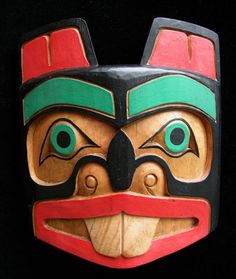 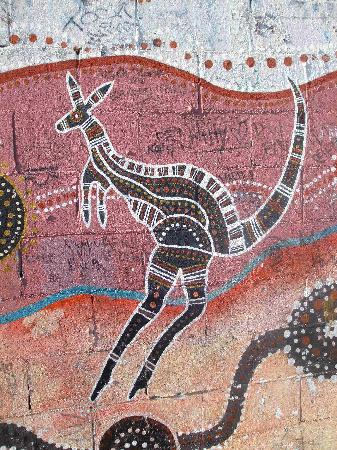 Abstracting the Archetypal Character of Network Animation Mythologies described as pantheistic can represent network autonomy as a more general agency that animates Nature without being located in a particular aspect of it. The European Green Man and Greek god Pan are examples. These generalized animators can be regarded as a meta-level networks arising from the interaction of those that are more specifically associated with particular creatures and things. 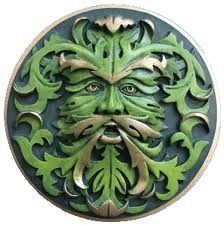 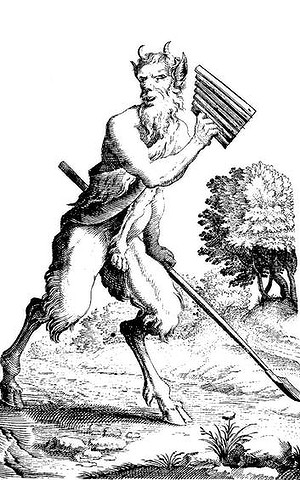 This meta-level of animating networks expands in polytheistic mythologies to involve a diversified cast of characters constituting what is termed a pantheon. Each has influence over particular types pf phenomena, such as love, war, marriage, healing, commerce, wild nature, civilized society, etc. But their areas of animating influence can overlap and even be contradictory. These animators are more commonly referred to as gods and goddesses, and tend to be personified as more explicitly human-like. They often have on-going relationships with each other and interact in a vast variety of ways. Their behaviors vary depending on the conditions of their "states of mind" and a particular moment in time. They quarrel, love, form alliances in a constantly shifting constellation of interactive relationships. Though often depicted as having human form, their extra-ordinary powers are represented by traits such as multiple arms and heads or metamorphic forms and animal aspects.
Extra-ordinary appearances of spiritually animating network character:
Archetypal Spiritual Animators as Dynamical Attractors
Myth's archetypal characterizations how network autonomy animates the world can be further understood in relation to the scientific concept of dynamical attractors. This concept is illustrated by a whirlpool in water. The actions of the water become a network of dynamic relationships taking the form of a vortex. That form can be understood abstractly as expressing a dynamical attractor. This concept is represented by abstract graphic images derived from mathematical descriptions of the activity. The expression of a dynamical attractor
A whirlpool vortex and its graphic representations: 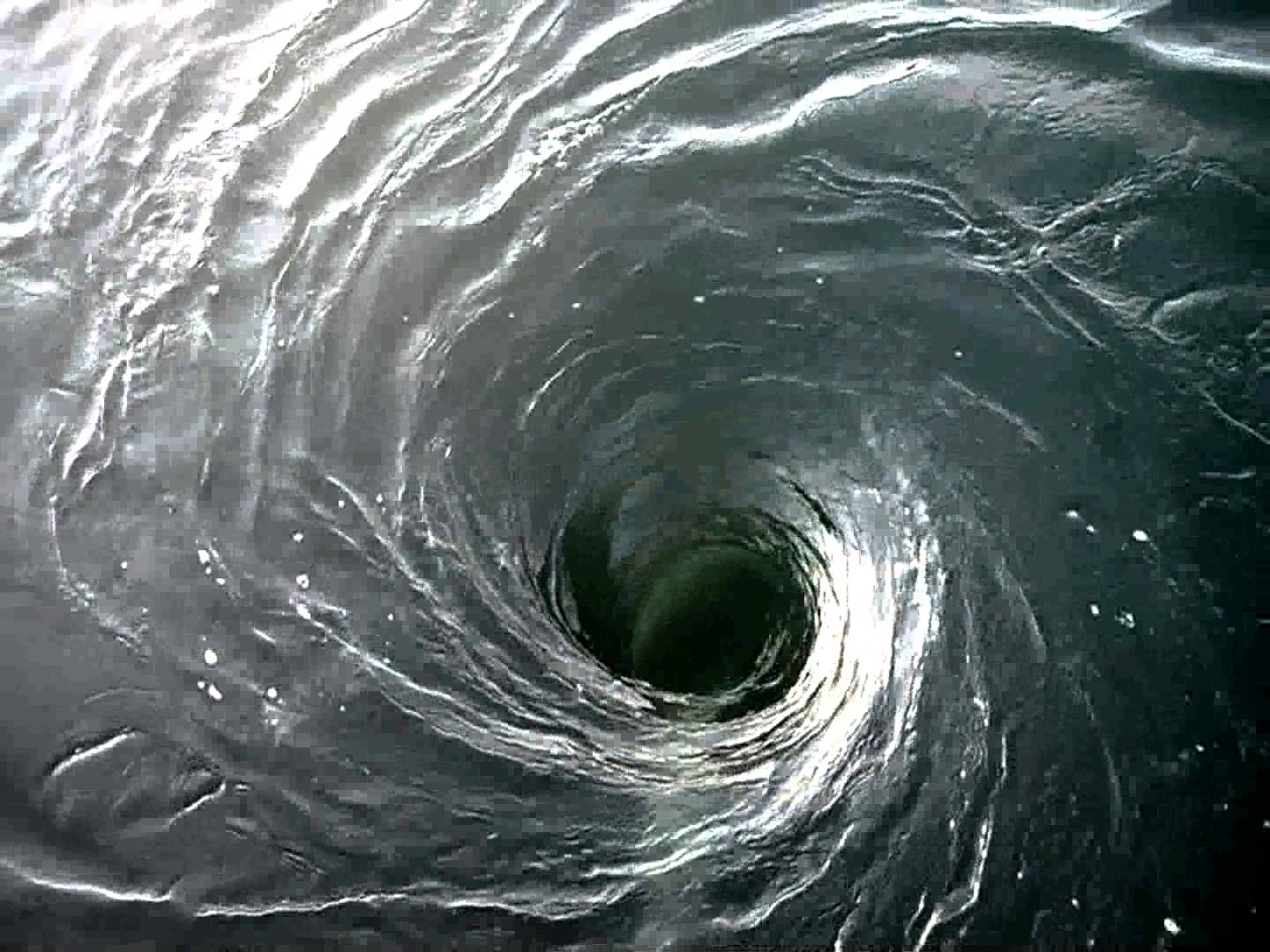 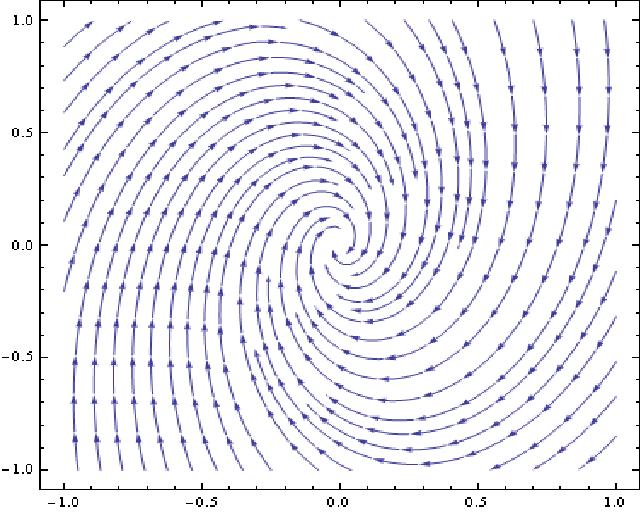 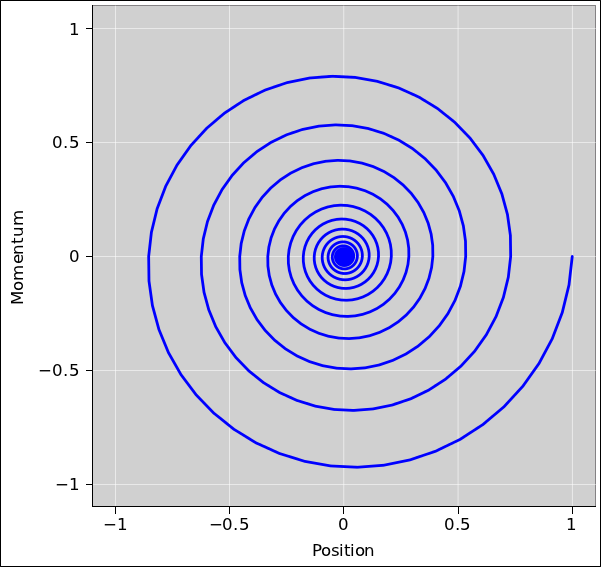 The spot on the graph around which the motions of the water rotate is called an attractor point. That spot appears as a focal point for the network's active changes in the water. It is the relationships of these changes and the trajectory they trace over time and space that constitute the network's formation of the of water molecules into an the order of an identifiable system. Though this point appears as central to the activity, this it in fact exerts no force upon the water directly. It is a mathematically calculated expression of the network's dynamic behavior. So the attractor is not a physical thing but an expression of the interactions of water molecules as the system self-organizes into patterns during chaotic turbulent flow. Simple mechanical systems, like swinging pendulums, express what are termed fixed point or periodic attractors. These attractor expressions are the mostly predictable and thus readily calculated. They can be graphed in two dimensions. But systems with the more unpredictable behaviors of chaotic and complex dynamics produce patterns so irregular and convoluted they are best graphed as three-dimensional forms. These 3D graphs express multiple or moving attractors points, termed "strange attractors" in reference to the instability involved in a system's creation of its organization. Dynamical attractor expressions--predictable and strangely unpredictable
Examples of the 2D patterns of predictable fixed-point and periodic attractors and the more convoluted 3D formations of strange attractors: 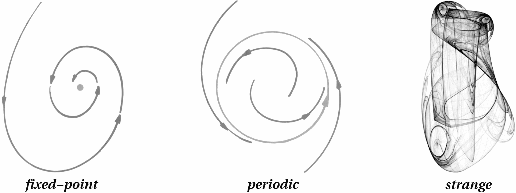 Graphs showing strange attractors can reveal multiple attractor points, between which system activity oscillates in a never exaclty repeating but still identifiable pattern of self-organization. The complexity of the various loops and spirals on these graphs indicate the expression of multiple attractors manifesting from the interdependent interactions of system parts. Strange attractors
Dynamical maps of complex system behaviors:  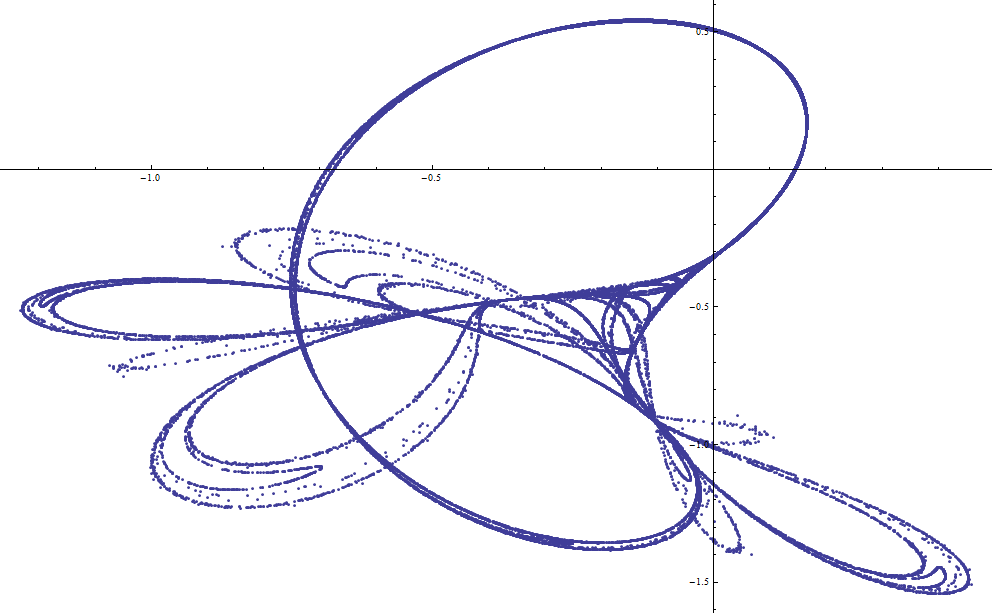 As complex as these graphs appear, they do give us the impression that they chart courses of sequential trajectories, as if a system's activity were progressing around attractor points in a simple 1, 2, 3, progression. But the graphs chart the trajectory of the entire system, relative to its past actions as plotted on the graph axes, not all the events within it at each position on the graph. Even in the case of simple, dynamically linear mechanical systems, many actions can be occurring simultaneously. In chaotic and complex systems, with their non-linear dynamics, there can be vast numbers of actions and interactions occurring and modifying each other in each instant of time--resulting in their unpredictably emergent order formation. Thus one must imagine the lines on the graph as representing continual interactions and organization emerging out of disorderly conditions. Such images give us an impression of the interplay of contrasting and conflicting impetus in how a system's operational network is emergently generating its forms and operations. They visualize the disorderly ordering of complex networks. We can think of these forms as the "finger prints" of a system's network autonomy, through which it generates the similar but never exactly repeating behavior of its particular animating character or network soul. They are, however, blurry finger prints, relative to all the relationships of interactivity occurring concurrently moment to moment. Spiritually Animating Agency as Dynamical Attractor Expession The dynamical portraits of strange attractors presented by these graphs have a striking visual resonance to mythical imagery. Many mythic symbols suggest interaction and trajectories that occur around a central point or axis. But the configurations of these patterns tend not to direct attention to those central points as the source of the actions. Instead, central aspects often more as expressions of the motions implied. The movements and their related trajectories generate the appearance of a center that is like the expression of one or more attractor points.      Even the simplest seeming mythic images, like crosses or circles, suggest that a center exists only as an effect of the interactions of lines which indicate directional orientation or movement. The most basic dynamical symbols
Intersection, interior, and division as expressions of directional dynamics:   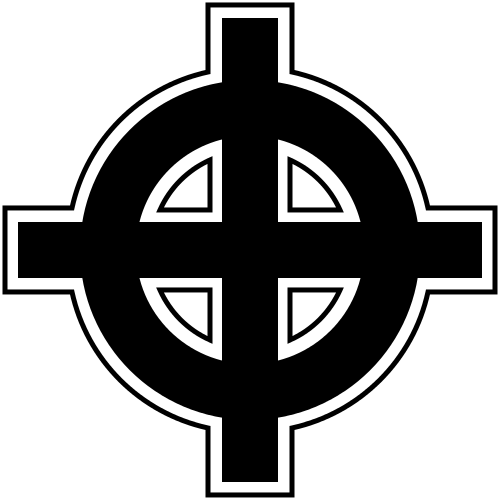 Similarly, mythic images of spiritual animators themselves often indicate their character expresses a plurality of dynamical agency, rather than a singularity. Spirits of dynamical complexity
Twin serpent Aztec god: Many armed & headed Hindu god: Three-faced trinitarian Christ:  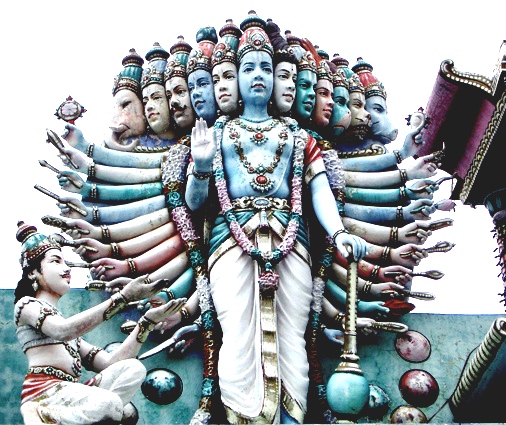 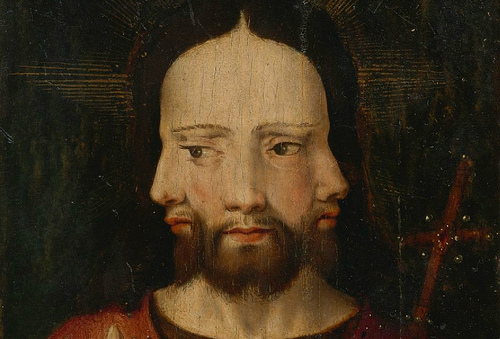 In various ways, these figures "put a face" on dynamic complexity in a manner similar to how graphs give an impression system behavior. Thus, as metaphoric personifications of network autonomy, they can readily be understood as the expressions of strange dynamical attractors--as symbols of the interactive character of emergent network behavior. Their diversity indicates the archetypal range of how this order creation manifests in Nature. Their contexting as other worldly, typically eternal spirits, which can be anywhere or everywhere at once, shows that such expressions of ordering exist as abstract, immaterial patterns. In other words, where ever strange dynamical attractors are manifested, there too are the spiritual animators of myth. A further resonance between myth and the science of dynamical attractors is evident in how a multiplicity of spiritual factors gets represented in non-hierarchically networked relationships, suggesting the interactive dynamics that are mathematically graphed to reveal the expressions of strange attractors. Network orientations in spiritual traditions
Hebrew Kabbalah: Australian Aboriginal
ancestor spirits: Taoist I Ching elements of Nature: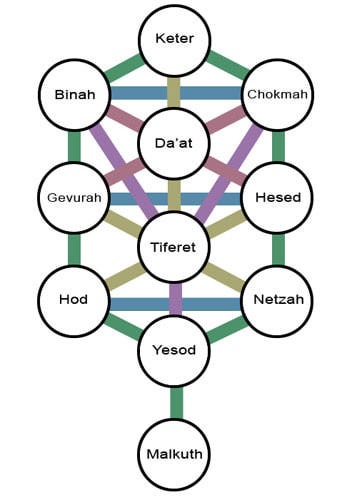 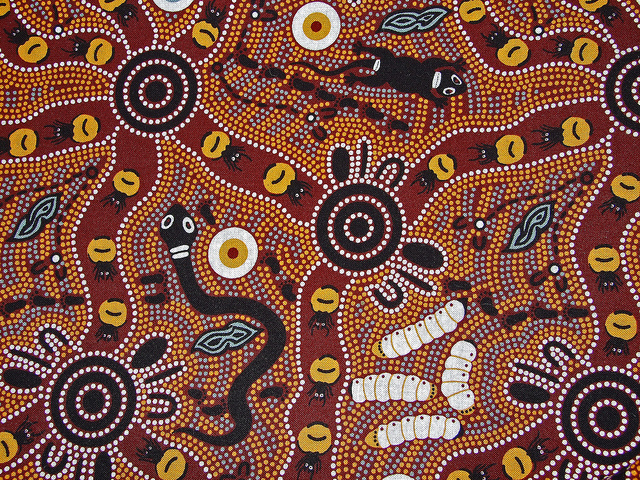 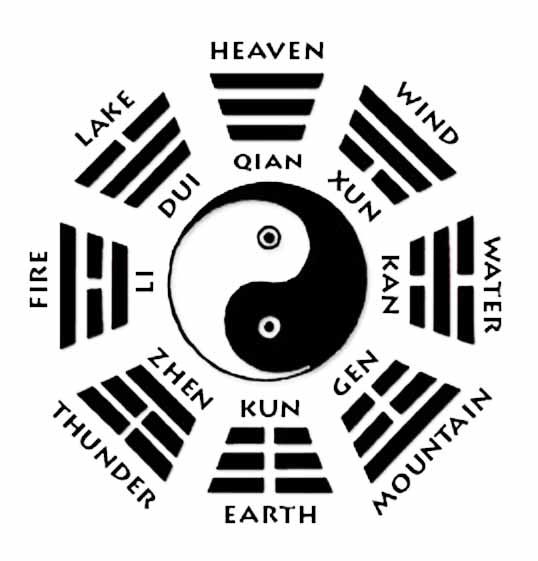 In conclusion, then, the convoluted three-dimensional graphs of strange attractors and mythic symbols both serve to represent the emergent order creation of concurrent interactivity of complex network dynamics. Both give us impressions of how such networks operate, with self-organizing intention, to create, maintain, or modify their forms--thereby animating the world. Thereby, they assist in our perceiving that the things of objects and events are not simply "made of" matter and energy, but the creations of ultimately invisible, undefinable, centerless network relationships--relationships, however, that express at least some identifiable archetypal traits. The Mythical Fields of Dynamical Attractor Landscapes A counterpoint concept to that of an attractor is an attractor basin. A basin is represented graphically as the outer boundaries of the shape created by the trajectory of a system's dynamic changes as it moves toward organization around an attractor point, or points. Though a basin looks like a physical thing that is forcing the system trajectory into a pattern "from the outside," it is actually a mathematical description of the relative actions of a system over time, which is used to generate an abstract visualization of the boundaries of a system's trajectory toward an attractor point. When that trajectory reaches a point of relative consistency in system behavior, it is considered to in an attractor state. Visualizing attractors as external forms
The basic 3D representation of an attractor basin: 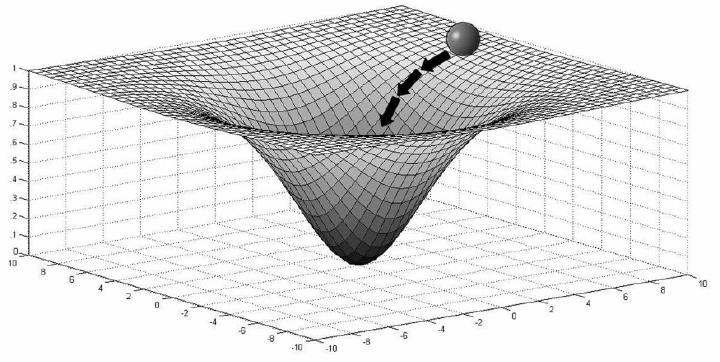 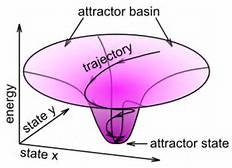 Though the basin graphs give the impression of a physical form that is being that is "pushing" a system into a shape, like a literal ball rolling into a funnel, and attractor graphs suggest that certain points in space are "pulling" the system into an order around them, these impressions are misleading. The active 'forces' that are giving the system these configurations arise from interactions among system parts, and between these and other factors in the system's external environment. A physical system that provides a tangible example is a tornado. Its vortex takes initial form from the flows of heated air rising into the atmosphere under conditions that promote an spiraling currents. The system of the tornado emerges within the conditions of an external environment, as an array of chaotically interacting dynamic activities. These then self-organize into its operational network, which in turn interacts with its external environment. What can be calculated as the tornado's attractor basin, trajectory, and attractor point/s are expressions of these interdependent interactions. However, such emergence of form and operations from dynamical events are not limited to completely physical phenomena like tornadoes. They occur in a similar manner in the complex systems of ecologies, economies, and human social groups, where feedback among system parts involves the interpretation of physical data into meaningful information by autonomous networks. These systems also express attractor basins, points, and states. But these cannot be specified like the physical properties of a tornado. Thus, the scientific visualization of dynamical attractors and attractor basins can produce representations of how order takes shape in ways which involve more than explicit physical forces. Dynamical attractors and basins can represent the appearance of directing, constraining forces which have order creating effects but are not literal things. Comparing the ways these manifest from various systems reveals similar tendencies that suggest there are archetypal traits to how system networks behave. Chaotic systems express attractor traits distinguishable from those of complex adaptive systems. In this regard, dynamical attractors "stand for" various ways the order is generated. Though derived from mathematical calculation, attractors are not physical things or forces but representations that characterize modes of emergent, self-organizing network dynamics. In this regard, they are like the spirits, gods, and goddesses of mythic imagination. Just as different types of attractors characterize archetypal traits of order formation, so do the individualized metaphors of spirits and divinities. Thus the spiritual imagination can be viewed as visualizing characteristics of autonomous network behavior in complex systems by personifying these as types of dynamical attractors. These figures, like the dynamical attractors of science, are not literal things that "push and pull" order into being, but representations of the archetypal character traits of emergent order creation. The concepts of dynamical attractors and basis are combined into that of attractor landscapes. These are visualizations of topologies formed by multiple attractor basins. Images of attractor landscapes enable us to image the effects of adjacent attractor basins and the points toward which system trajectories tend when moving into one pattern of behavior versus another. Here again, though this idea can be illustrated by literal physical landscapes, like hills and valleys that direct the flow of rivers, it applies to the ethereal aspects of emergent network autonomy as well. Visualizing multiple attractor manifestations
Graphic representations of dynamical attractor landscapes: 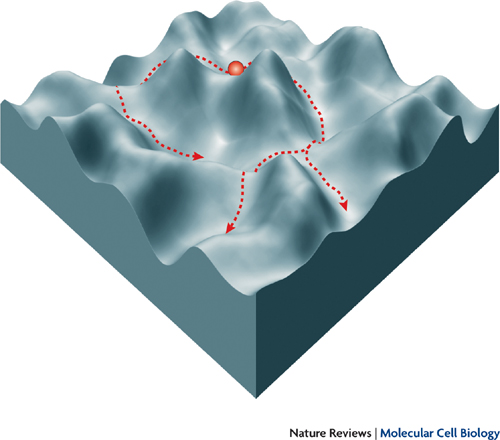 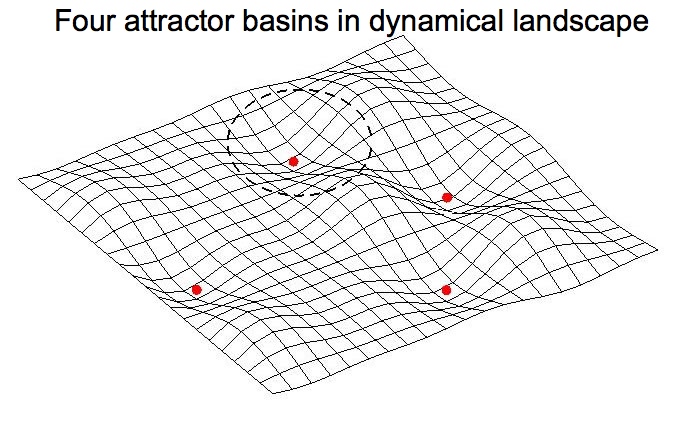 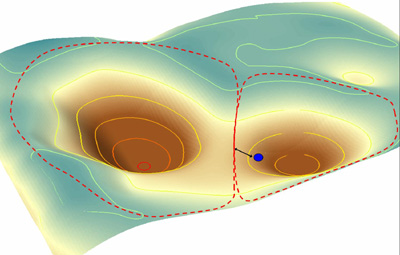 Like water flowing into a whirlpool, things and systems can be in stable or unstable positions on an attractor landscape. When positioned between attractors, there is influence pushing and pulling on a system, like flowing water, pushing or pulling it toward a stable dynamical formation. 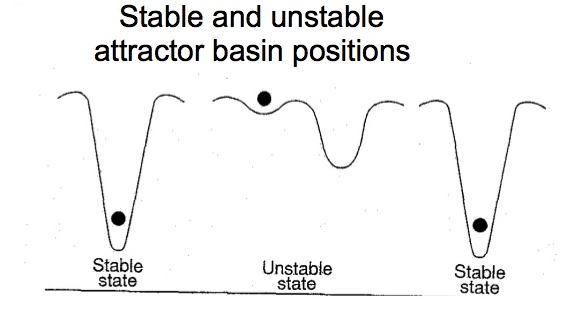 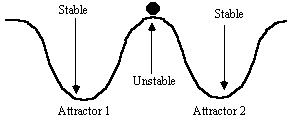 The differentiation of body cell development from basic stem cells is represented on an epigenetic landscape graph. The same stem cell can become many different types of cell systems, with distinct operational networks, which have different network autonomy. This diversification is an emergent form of order creation impelled by self-organizing criticality in the original stem cell network. The same stem cell can change its form into several different forms with unique new properties by re-self-organizing its archetypal network character. Attractors as potential dynamical trajectories
Cell differentiation viewed as attractor landscapes: 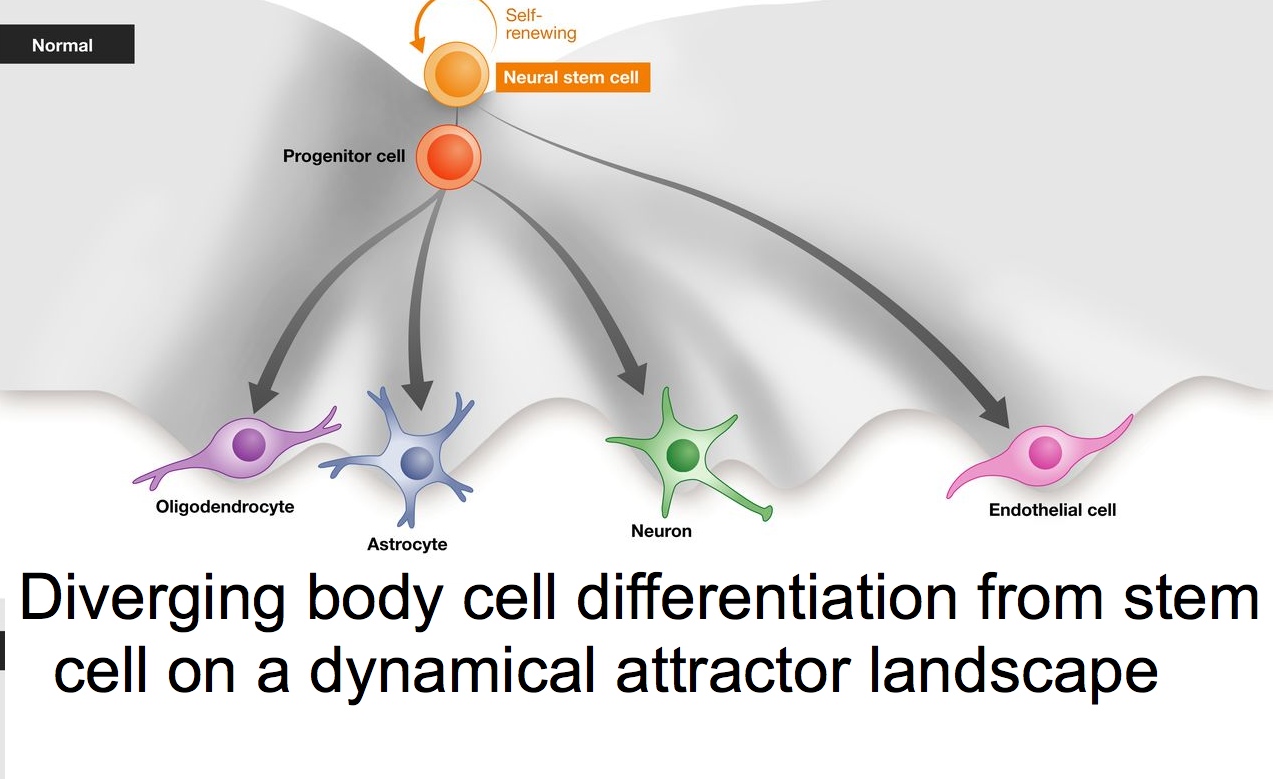 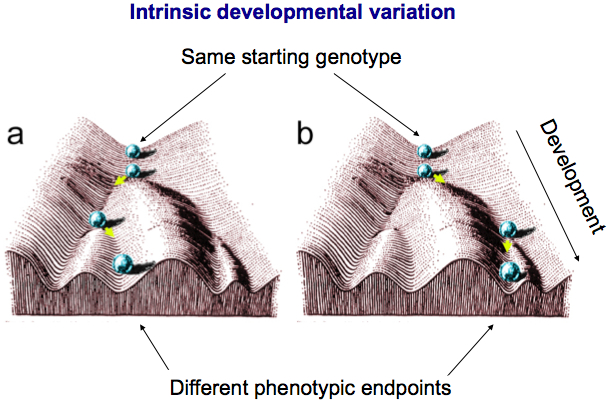 Though the graphs suggest that dynamical landscapes are static, this is not typically the case. The intensity and proximity of dynamical attractors varies in the unstable activity of complex system dynamics operating near the edge of chaos. Animation of these graphs helps grasp this aspect. Link to animated video of dynamical attractor landscape: The Con-spiracies of Spiritually Animating Dynamical Landscapes This concept of dynamical attractors forming landscapes of potential influence on the network operations of a complex system readily illustrates the mythological imagination's other world of diverse spiritual animators. Most cultural mythologies involve a diversity of spiritual animators of the world whose individual and collective traits involve paradoxical attributes and relationships. They are seldom portrayed as simple stereotypes. Instead, they tend to be complex characters with conflicting traits. The ancient Greek pantheon of gods and goddesses illustrates the variety of archetypal characters that compose the overall, archetypal meta-network of world animating agency. For the Greeks, the world was animated by hundreds of locally identified spirits as well as a more abstract pantheon of gods and goddesses, referred to as the Olympians--meaning those that dwelt in an upper world associated with Mt. Olympus. The society of dynamical attractors Pantheons of diversified gods that can represent attractor points in dynamical landscapes Greek: Egyptian: 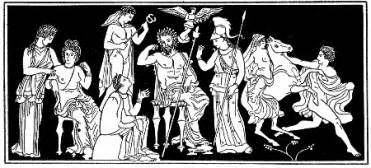 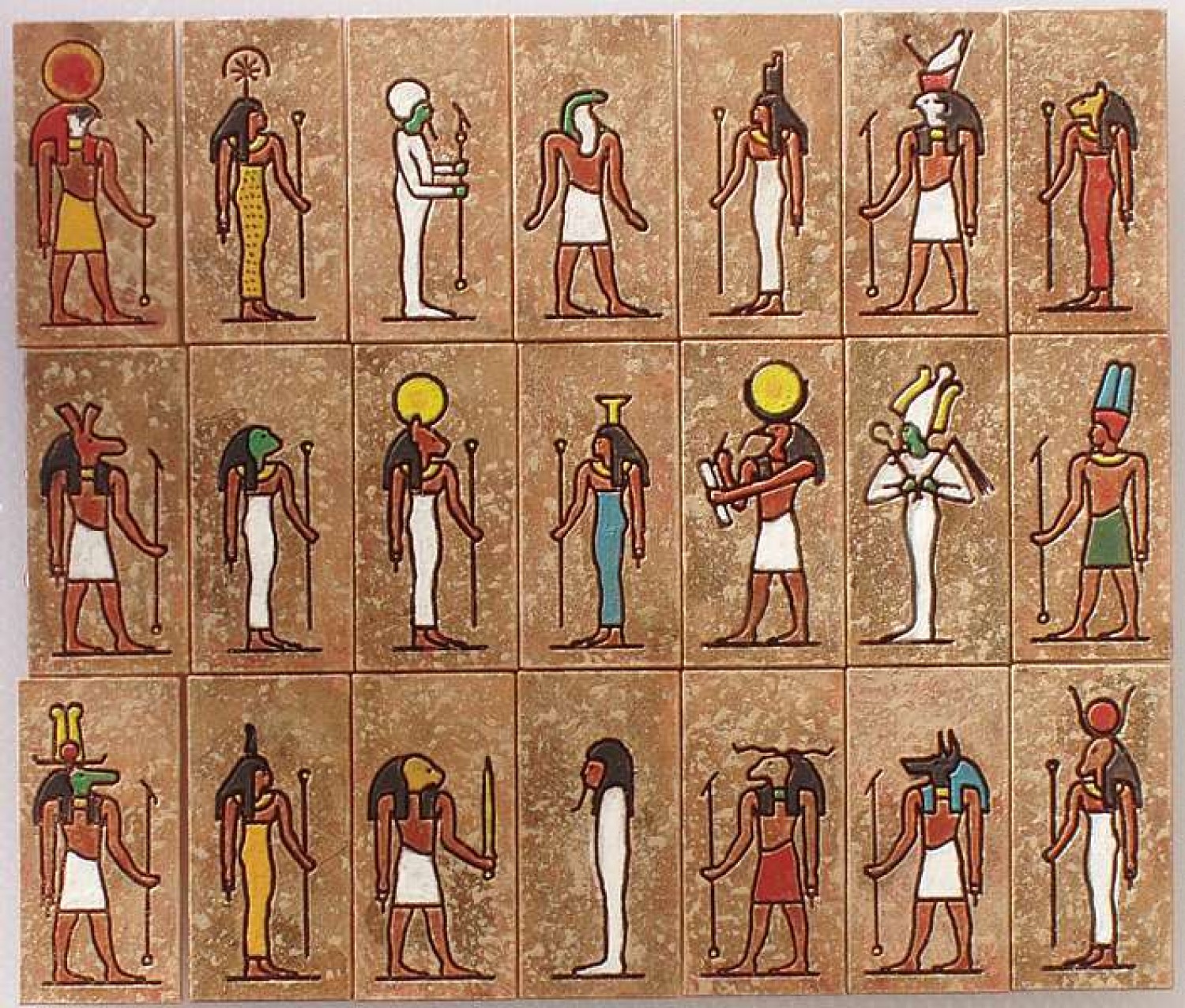 Depending on the place and moment in time, some of these animators are more active in the emergent formation of order than others. Various networked relationships among them are portrayed in different traditional myths, suggesting ways they tend to become involved with each other--as symbols of network autonomy. These collective relationships can be thought of as "con-spiracies," as a "coming together" of particular spiritual or dynamical tendencies of order formation. In this way, mythic imagination provides a sense of how a particular "conspiracy" of dynamical attractors, under certain types of conditions, tends to generate characteristic emergent effects. These insights from the science of dynamical systems assist in understanding the diversity and multiplicity of spirits, gods, and goddesses that differentiate the archetypal character of network autonomy in myth's other world of ethereal influence on the ordinary one. With such correlations the potential of enhancing our capacity for "network vision" through a scientific mythology becomes evident. Abstract Spiritual Animators as Symbols of Archetypal Dynamical Attractors Relating mythic metaphors of spiritual animation to dynamical science helps reminds us that they are indeed not human, nor any sort of ordinary being. Despite being personified in myth, as agents who can can act like, or through, human persons, they have magically transformative powers, can metamorphically change their own forms, can appear anywhere and everywhere at once, and are often eternal. Thus they appear not to be limited by physical laws or chronological time. As abstract "forces of Nature," their capacity to generate such emergent order and transformative effects is portrayed as beyond willful human control. This metamorphic power and autonomy, along with the immaterial and eternal aspects of how they are portrayed, suggest they are like dynamical attractors: expressions of, or references for, traits of how order emerges from interdependent relationships, rather than the actual direct cause. Thus their existence is actually relative to their validity as symbolic expressions of how emergent order is created. As metaphors for archetypal characteristics of emergent network autonomy in complex systems, they model behaviors of such systems in a way similar to the graphically represented strange attractors of dynamical science. Personified spirits "stand for" the autonomous impetus that arises emergently in system networks. So there is an empirical basis for regarding "them" mysteriously creative "powers." The Paradoxically Conflicting, Co-Operating Archetypal Attractors of Polytheistic Pantheons The diverse psychological personalities of these animators associate with different ways that order emerges and network autonomy acts. Apollo is more rational and unemotional. He is a representation of the archetypal psychology of perceiving the world through mechanistic physics. His way of acting is represented by his association with the bow and arrow that can have effect remotely at a great distance. His brother Dionysus, in contrast, is an agent of ecstatic, embodied emotion. He is associated with wine and its transformative effects on ordinary consciousness. Yet as brothers, there is an indication that these contrasts are also interrelated. Taken together, they form a dynamical attractor landscape that exerts influence on embodied network souls, pulling them in different behavioral directions at once. Contrasting but related spiritual attractors
Rational
Apollo Ecstatic
Dionysus: Apollo & Dionysus as attractor landscape:  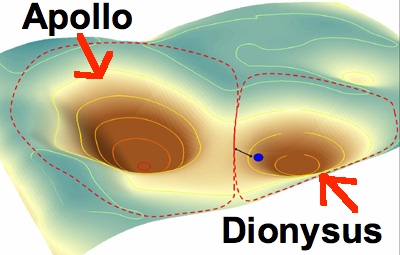 We can think of a person as a complex adaptive system,
continually generating its emergent network autonomy "at the edge of
chaos," as it interacts with the dynamical landscape around it. The
resulting interdependencies produce the emergence of particular types
of attractors, or the archetypal
tendencies of the network autonomy that is animating the system. That
unpredictable improvisation can be represented the system encountering
two contrasting gods as potential expressions of attractors on a
dynamical landscape. The
rational Apollo and the ecstatic, emotionally transformative
Dionysus are described as brothers in Greek mythology, suggesting their
contrasts have some intrinsic relationship in how order is emergently
created.
Eros:
Athena:As the human system "enters" this dynamic landscape, it is in an unstable position that might jump to manifesting either one of these attractors/gods. That potential is represented by two possible trajectories for the behavior of the system's network autonomy. As the network of the human mind system interacts with the two different archetypally animating attractors, it can choose, or be pulled, into one dynamical behavior more than the other. 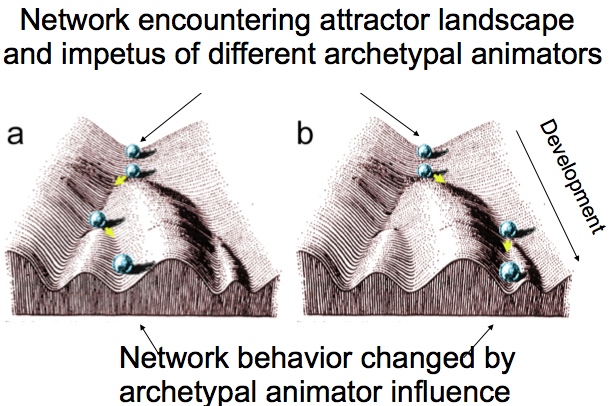 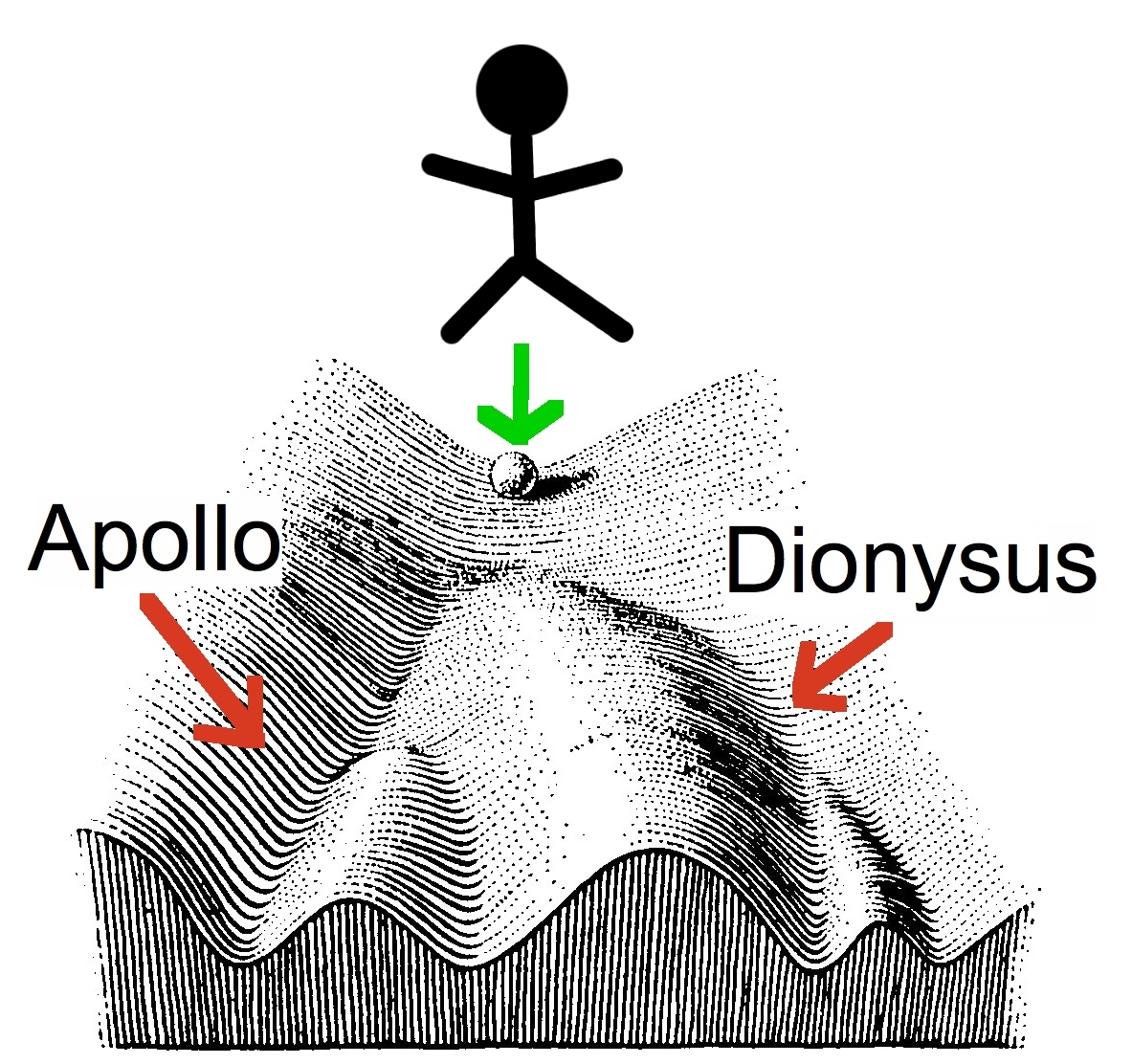 Combining the scientific metaphors of dynamical attractors and landscapes with the myth's metaphors of spiritually animating agency reinforces how both stand for what cannot ultimately be directly described and explained. At the same time, the correlation enhances how both modes of representing emergent network dynamics convey the effects of complexity's mysterious self-organizing creation of order. The Dynamical Landscapes of Spiritual Pantheons This basic notion of how spiritual animators can form an attractor landscape expands to consideration of the paradoxically diversified figures of traditional mythological pantheons. Staying with the ancient Greeks, the god of relationship, Eros, is winged and musical. But he is regarded in Greek mythology as a dubious influence who haunts thresholds where he can seductively prompt sudden transformations in network behaviors, resulting in great disruption. His archetypal dynamics can bring intimacy and harmony, but also trouble and conflict. The goddess Athena is a aggressive female warrior born from the head of her father Zeus. Yet she is also associated with the civilizing dynamics of lawful social order. 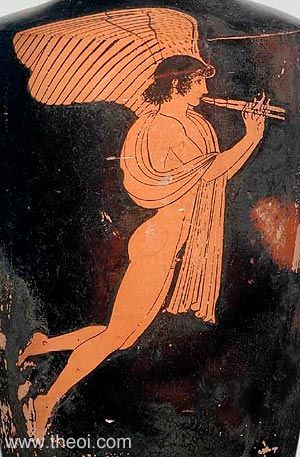 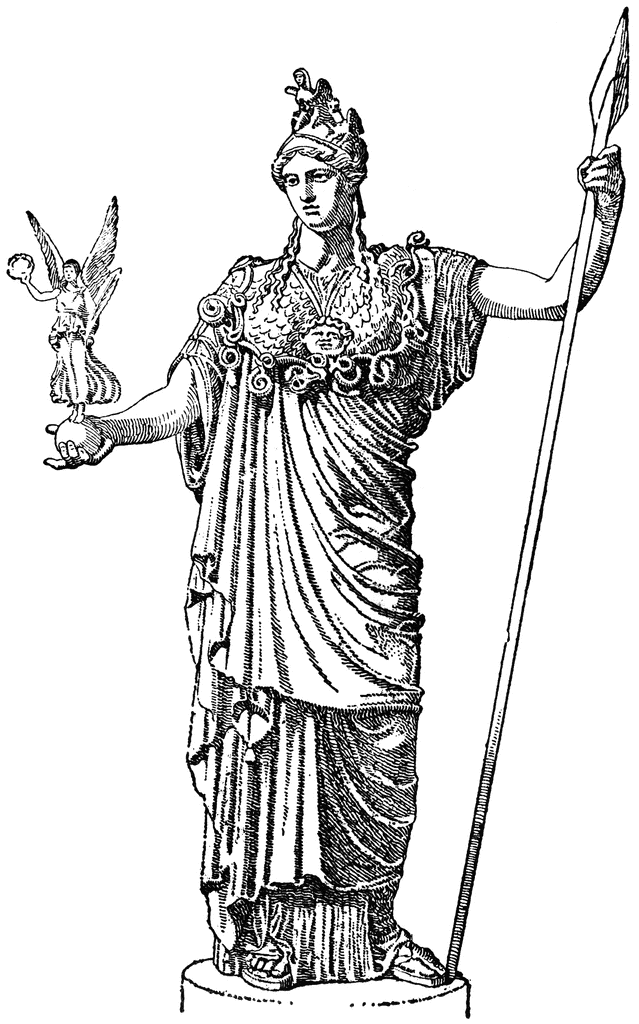 The god or war, Ares, embodies the emergent properties of battle. Yet promiscuous goddess of love, Aphrodite, who has attributes as varied as she who makes children laugh and she who walks on the graves of men, favors Ares as the most attractive lover. Curiously, she is married to the least attractive of the Olypians, the crippled Haphaestus, who is a god of craft and technology. Ares and
Aphrodite:
Hephaestus:
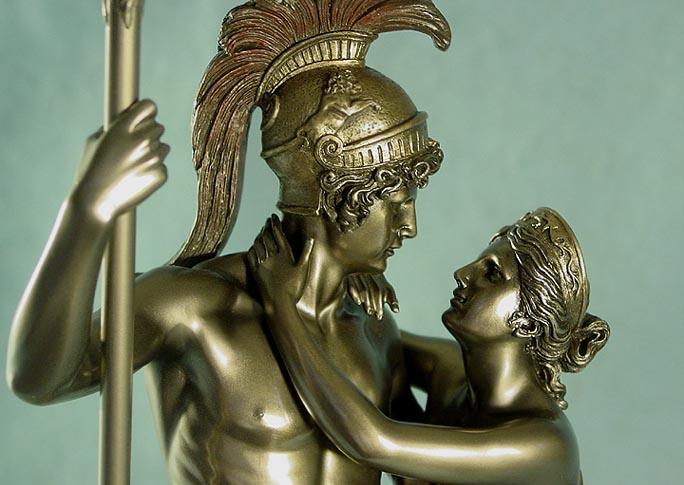 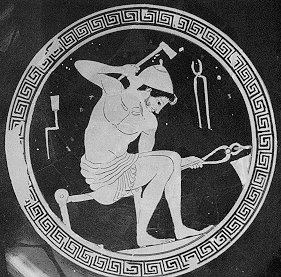 In the Hindu pantheon, Shiva is a male identified power of both creation and destruction, indicating that these aspects of emergence and network autonomy are intrinsically interdependent. Yet despite his potency, he cannot dominate Kali, a goddess of feminine associated destructive fury. Shiva's consort is the loving, peaceful Parvati. In a fit of jealous rage, Shiva beheads their son, Ganesha. But he replaces the head with that of an elephant and Ganesha becomes, among other aspects, an animator of good fortune and jovial behavior. Shiva and Parvati's contrasts are also fused in a single hermaphorditic form, again indicating the archetypal complexity interdependency among aspects of emergent network animation. Shivas diverse character
Shiva:
Kali over Shiva:
Shiva and
Parvati: Shiva/Parvati: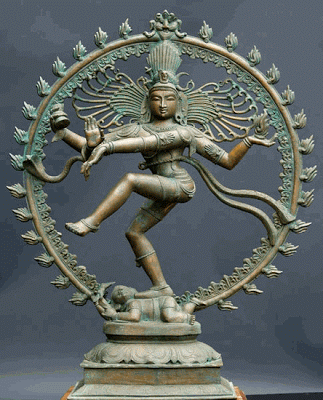 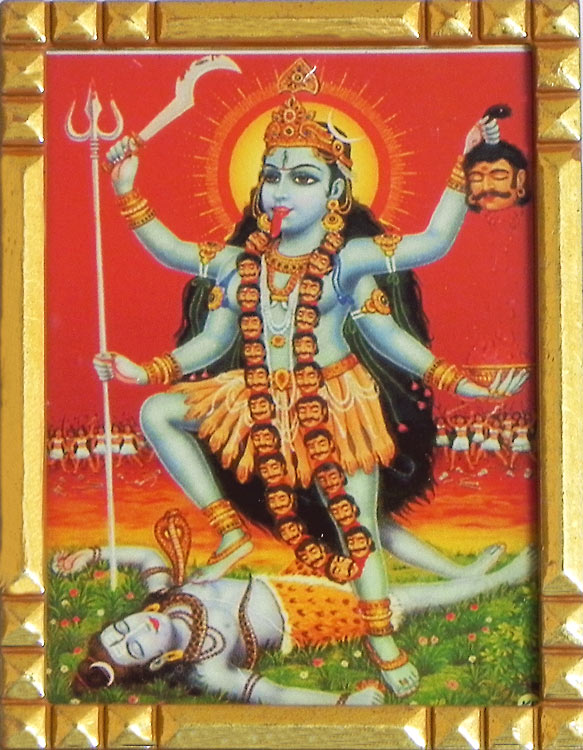 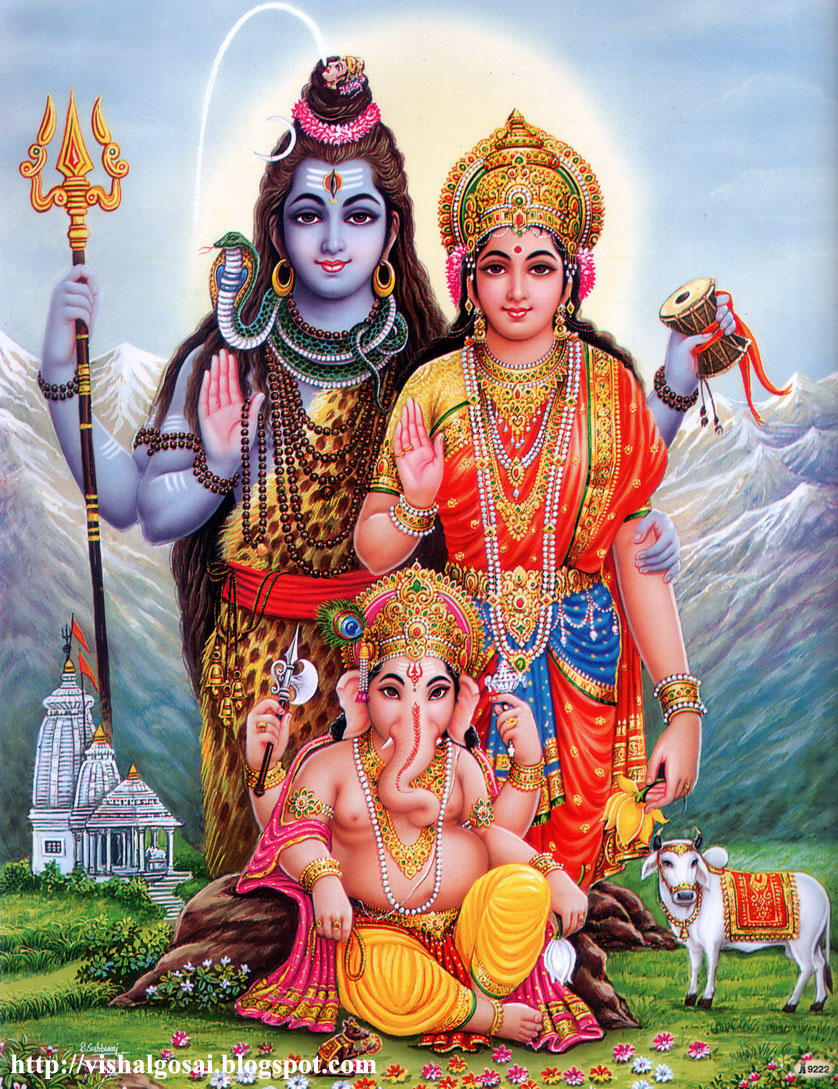 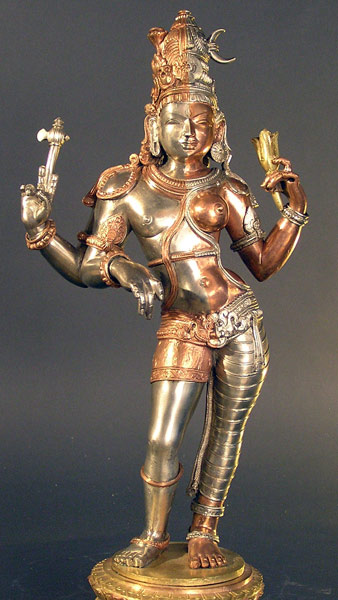 These examples of how mythic imagination personifies network autonomy's capacity to "act" in animating the things and events of our ordinary world, the traits of complex network structure and dynamics are clearly evident. Events emerge from simultaneous, synergistic interactions among distributed networks of feedback. Relationships and events that we ordinarily perceive as predictable or have hierarchical order are ever influenced by abstract, intentional, but unpredictable impetus. The turbulence of spiritual characters Interactive turbulence of dynamical landscape of archeytpal animators:  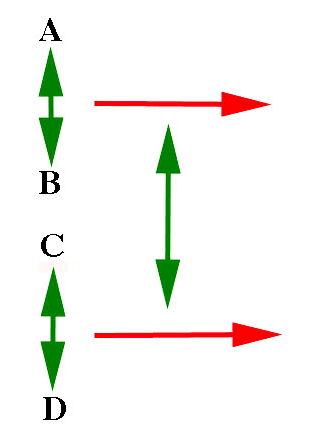 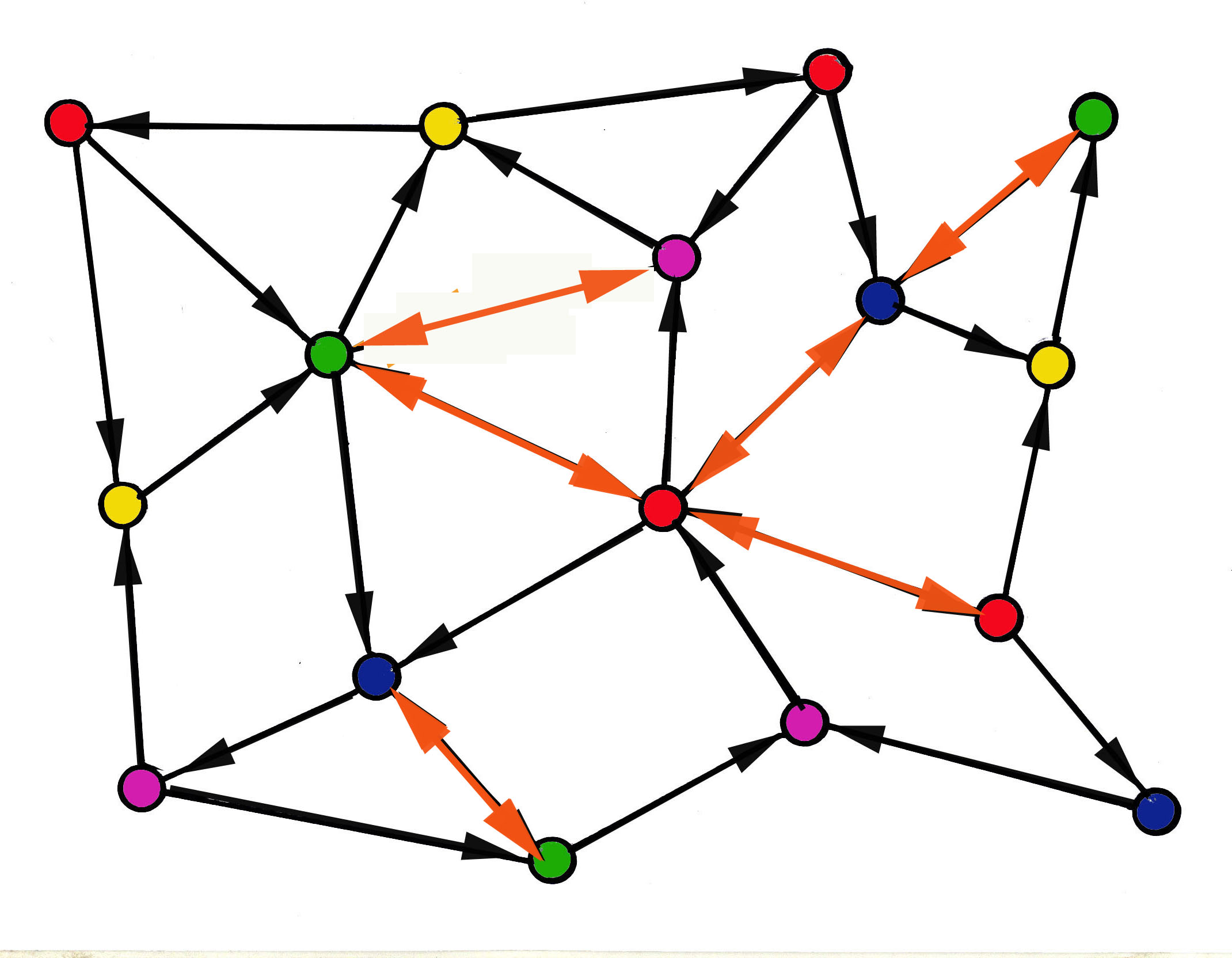 What we see as hierarchy is more likely self-organizing interdependency of network agents influenced by archetypal/spiritual animators: 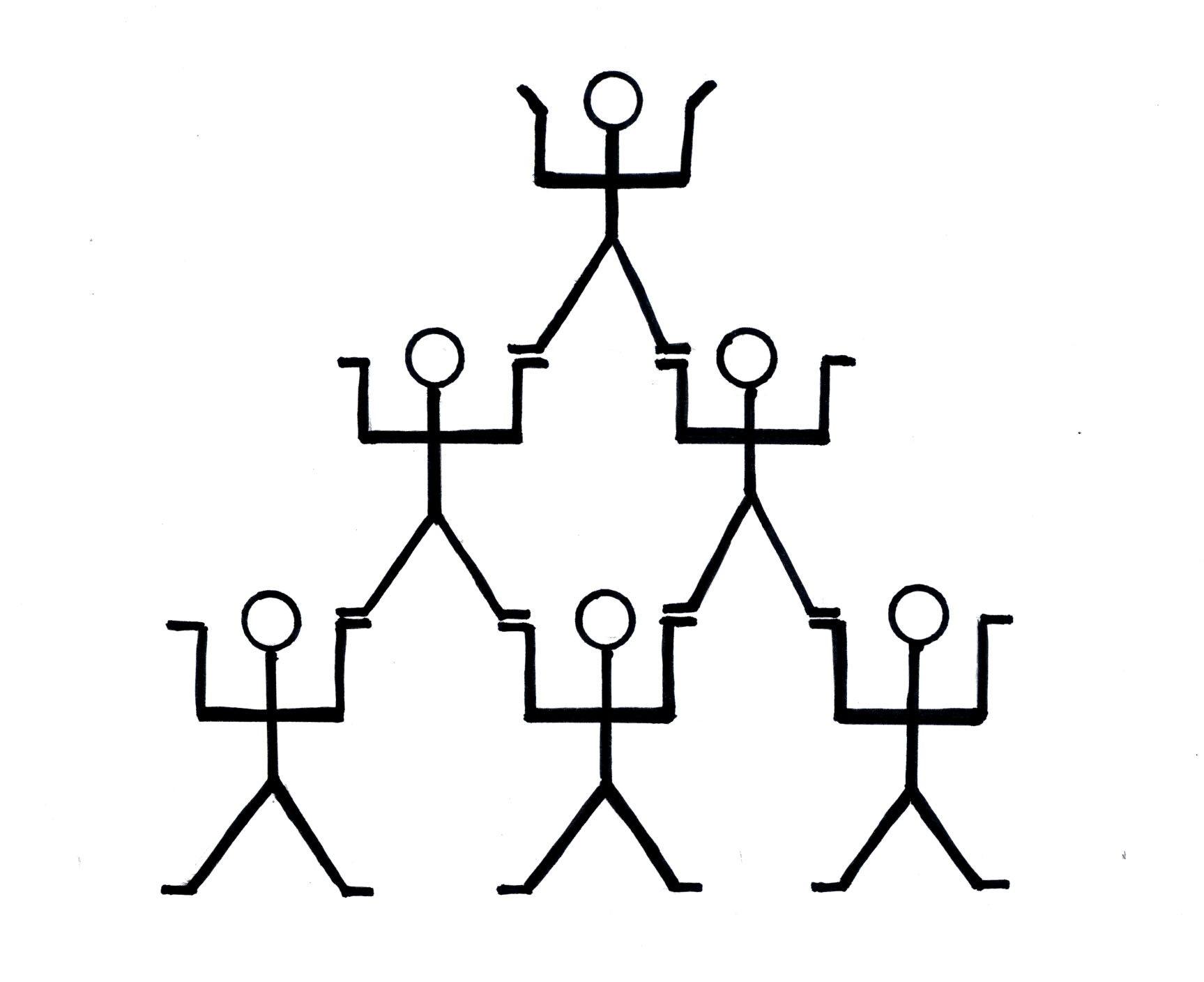 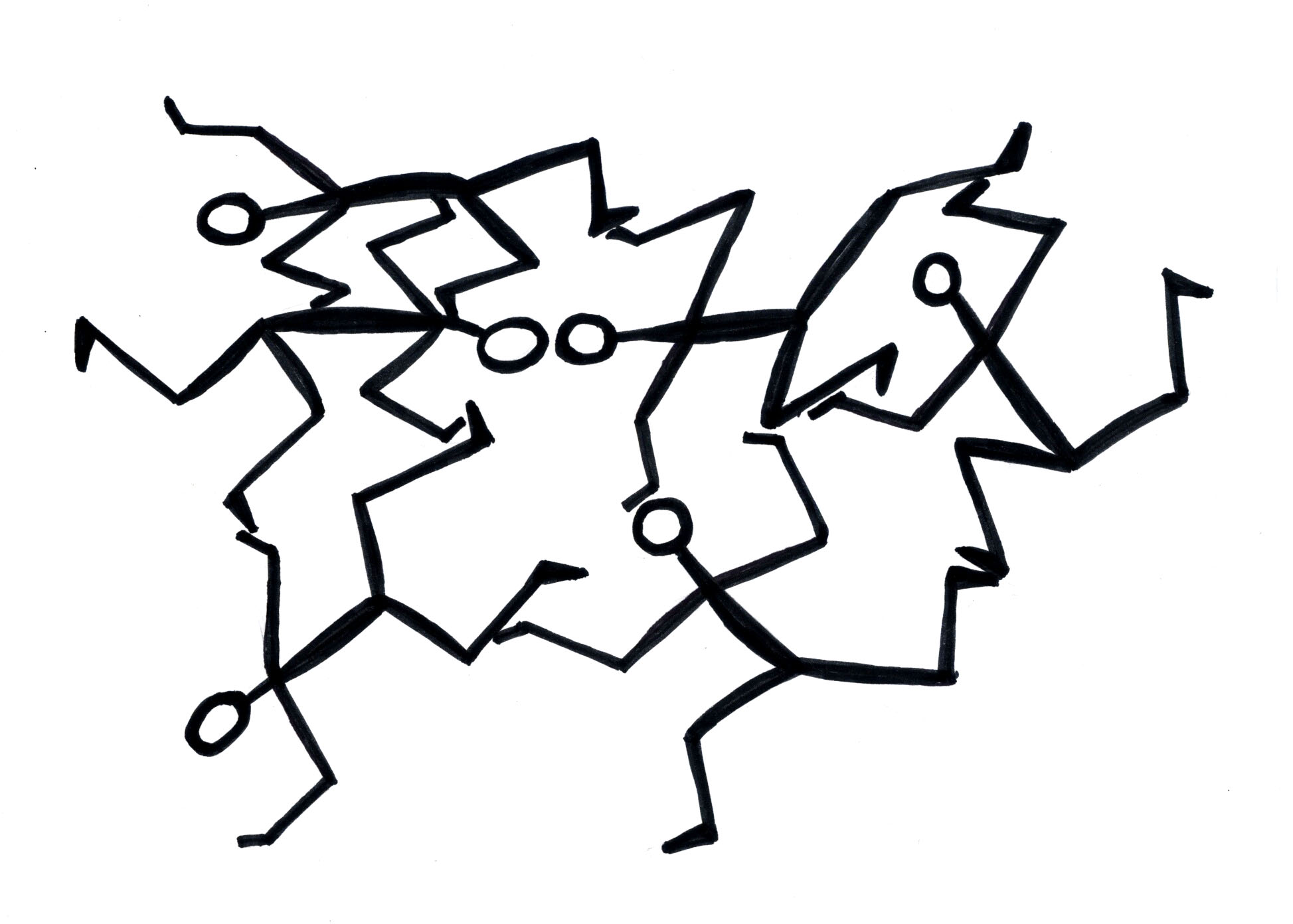 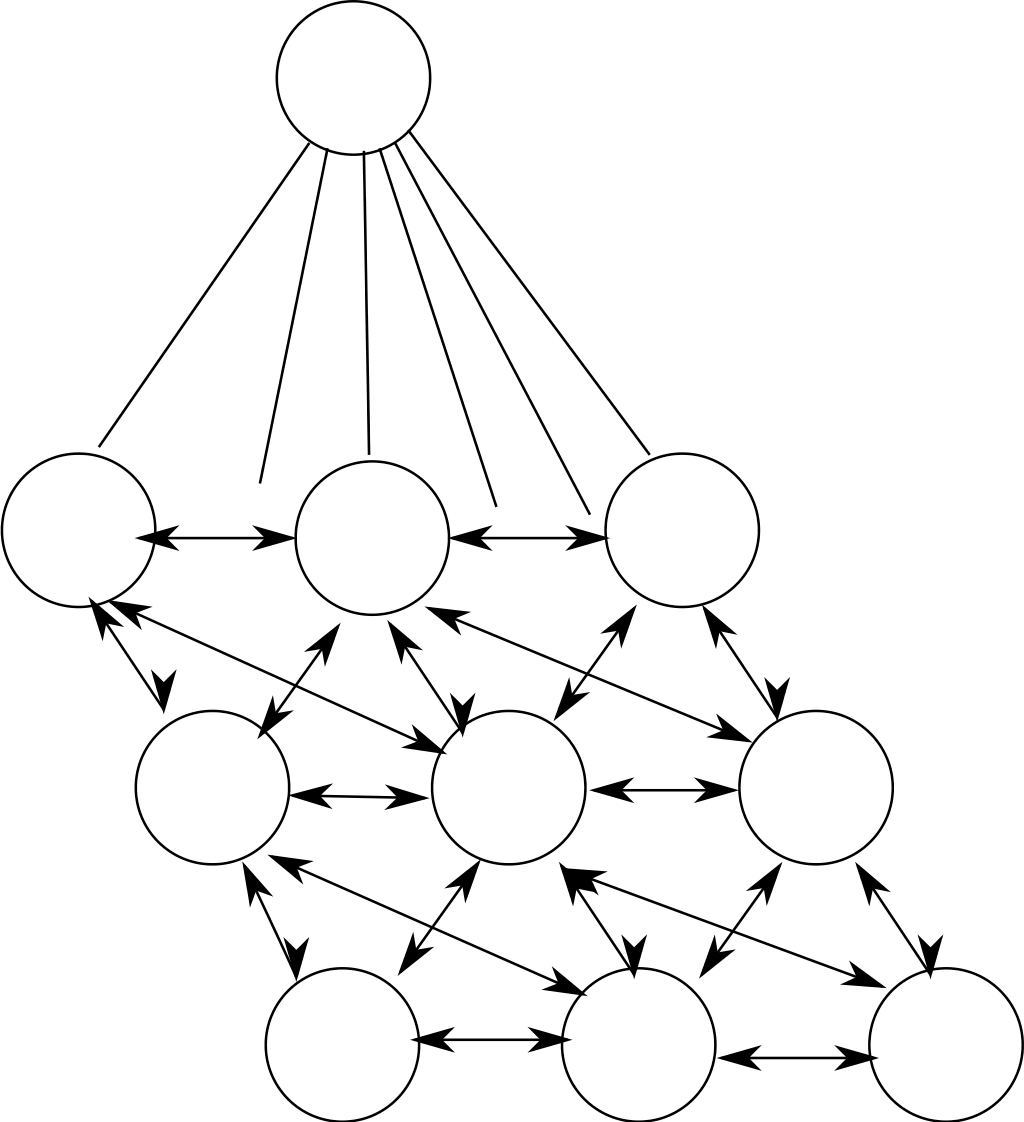 Again, it is useful to think of these pantheons of many gods and goddesses as a elaborate landscape of diverse dynamical attractors that is continually fluctuating and re-arranging as they interact in various ways. But the stories of myth do indicate there are some characteristic, if not predictable, traits to the ways these ethereal forces shape the things and events of the ordinary world by influencing the behaviors of its complex systems' network autonomies. Other Symbolic Dynamical Landscapes The mythic imagination takes many forms, extending from mythologies of gods and goddesses to the symbolic traditions such as the Tarot, Astrology, and Alchemy. The latter provide a kind of library of symbols and some principles that allow networks of relationship between these to be revealed, relative to partiular times and events. Symbolic Libraries of Network Animation
The plotting of dynamical attractor landscapes in Tarot and Astrology:     The activity of alchemical thought and practice involves efforts to differentiate and activate spiritual aspects of matter. There is an exoteric or practical aspect to alchemical traditions as well as an exoteric or spiritual component. This linkage resembles the relationship between the two worlds of order creation figured in myth. Alchemical imagination focuses the notion of interdependency between the ethereal impetus of emergent creativity and network autonomy on the one hand, and physical substance, with its predictable, quantifiable properties on the other. As an opposition, this relationship appears as imaterial spirit versus material matter. But in alchemical imagination, the two are not entirely separable. This perspective resonates with that of complexity science in that emergence appears to arise from certain dynamical conditions of physical matter, even though it also appears to be an additional phenomena to the laws of physics. Further, since emergence and network autonomy effectively influence most forms and systems in the biosphere, most material entities bear their "imprint." It is this regard that matter can be considered as in some regard spiritually influenced, and spiritual animation to be somehow derived from and often active in material forms. European Alchemy's imagination of spiritual animation in matter:
Hermes Trigemesterous:
Double Oroboros: Alchemical King & Queen: Python: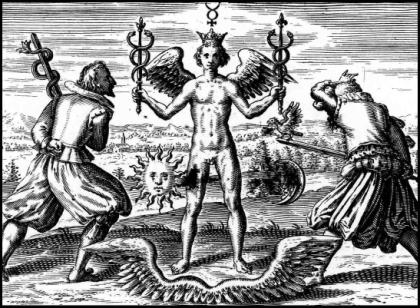 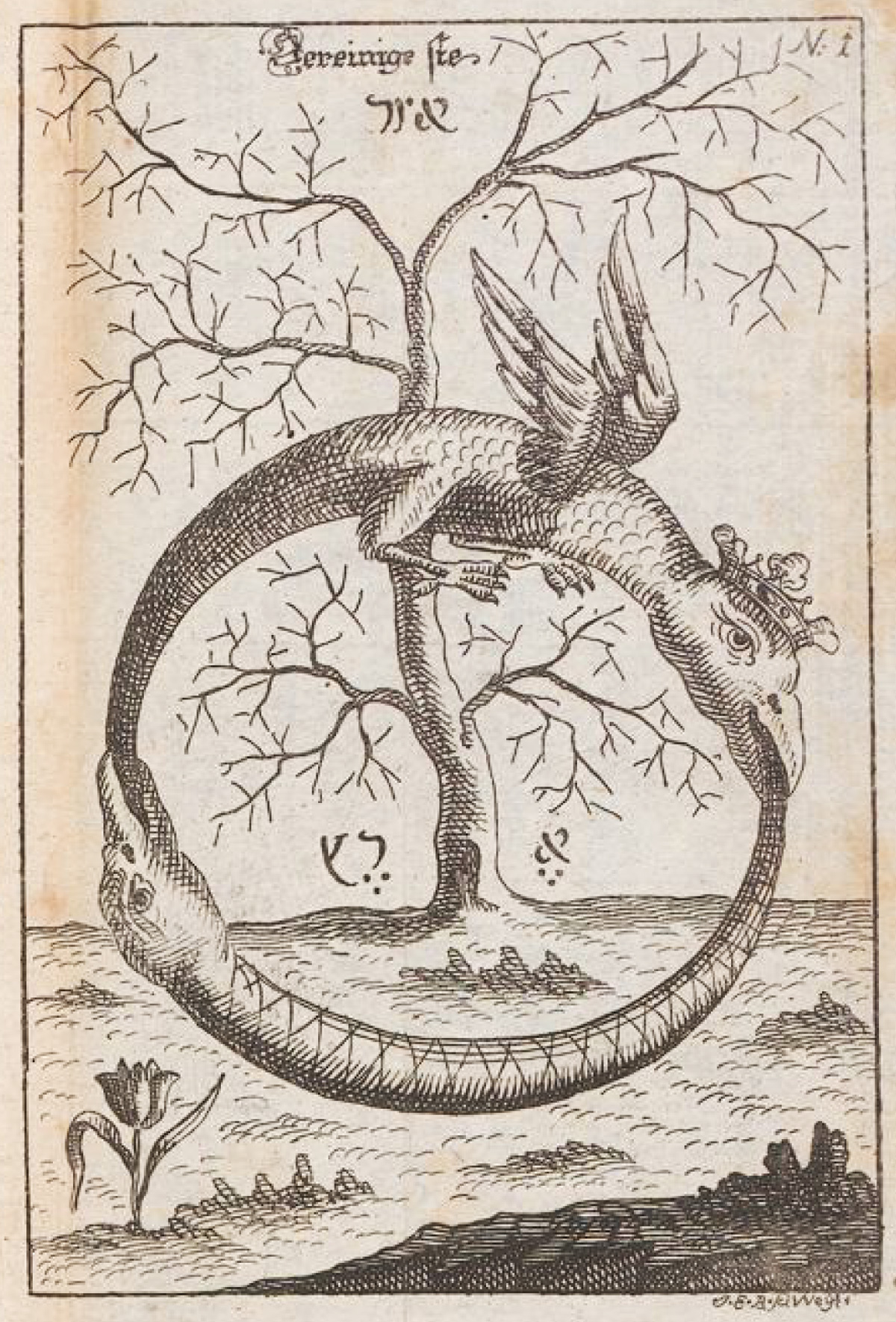 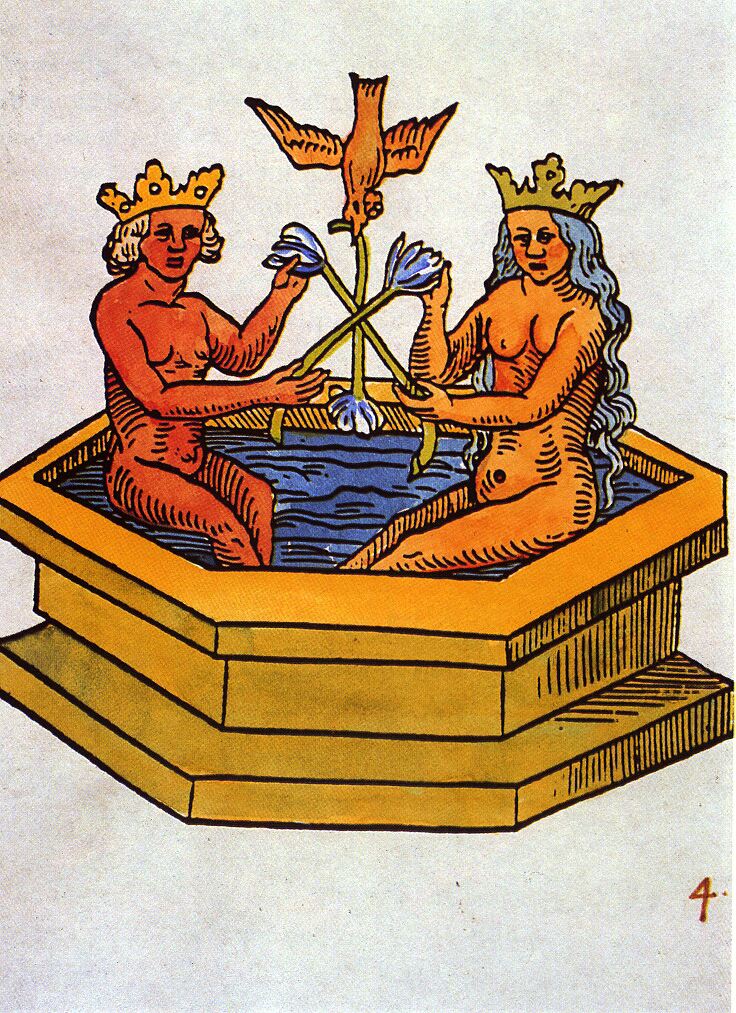 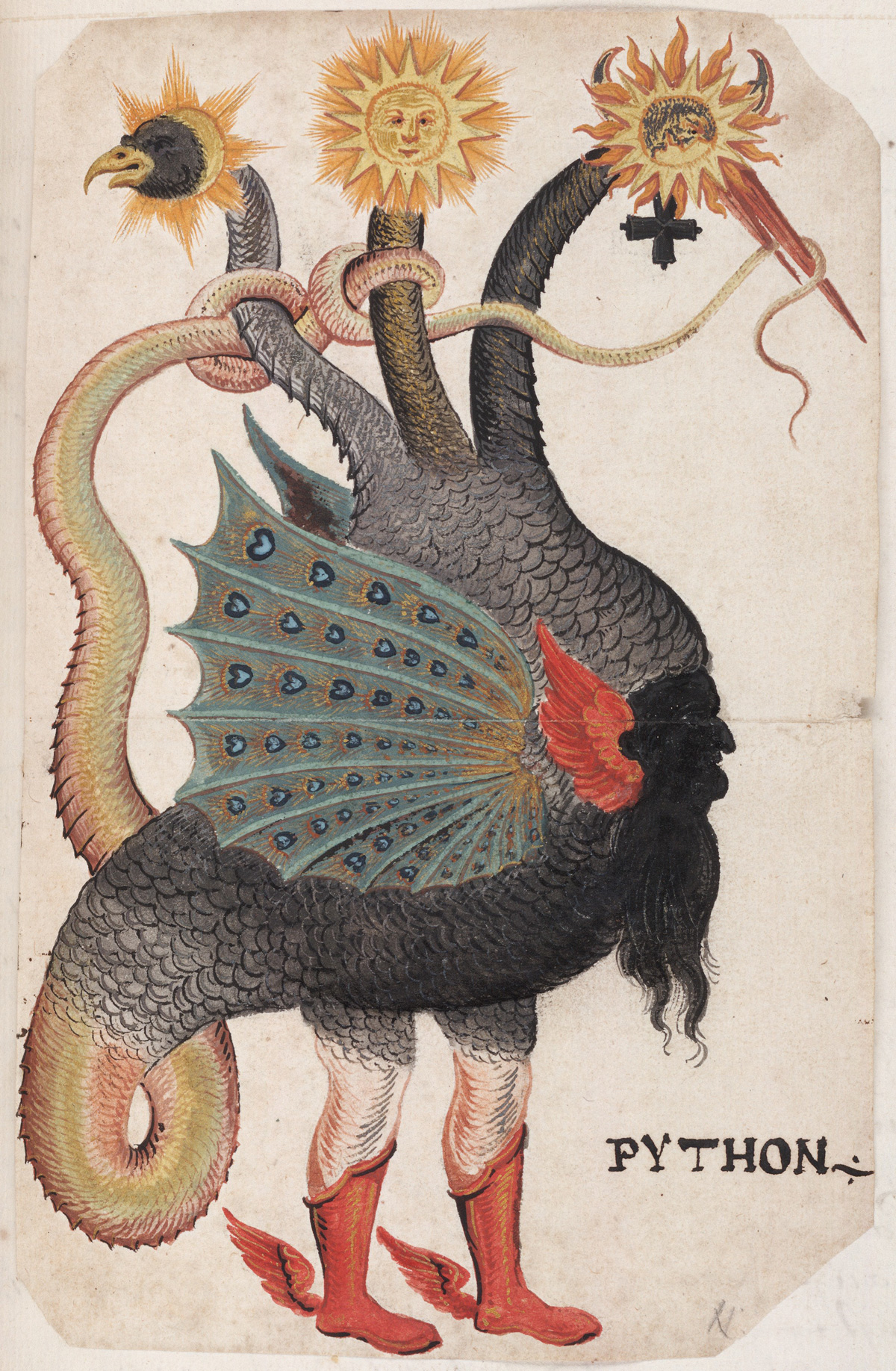 The Trickster Character of Autonomous Network Animation A particularly distinctive archetypal behavior for spiritual animation that occurrs in many mythologies is referred to as the trickster. This characterization is disruptive, inventive, and sometimes foolish to the point of damaging himself. The Norse god Loki is a trouble maker even among the gods them selves and plays a role in their eventual down fall--though that is but a prelude to their re-generation. Among Native North American cultures Raven and Coyote are trickster personifications of emergent creativity and network autonomy.
Norse
Loki :
Salish Sea Culture
Raven: North American Plains
Coyote:
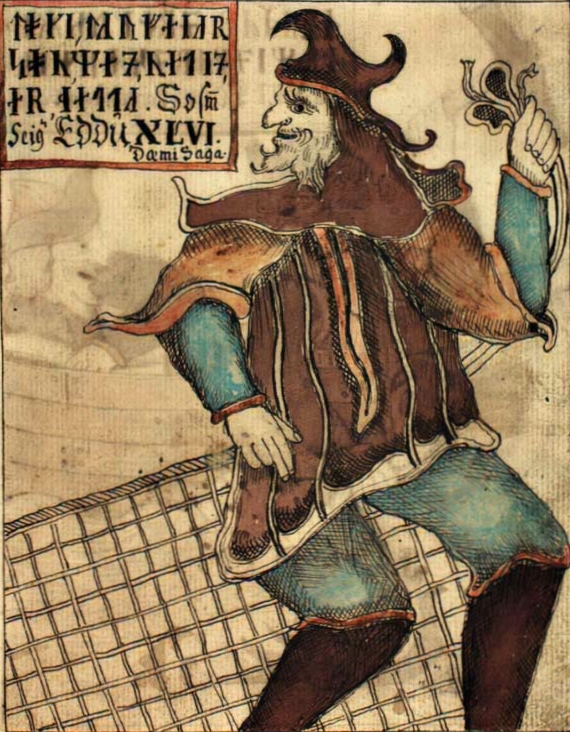 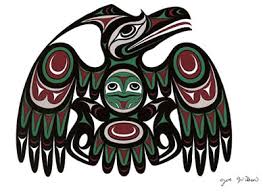 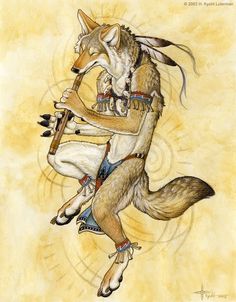 Mythical Creatures of Network Character: The Reality of Un-Realistic Beasts and Monstsers Mythical beasts are a frequent expression of mythic imagination. These can be wholly imaginal, like flying dragons, or metamorphic hybrids of various animal and human traits. They are not intrinsically destructive and often prove helpful to human affairs. 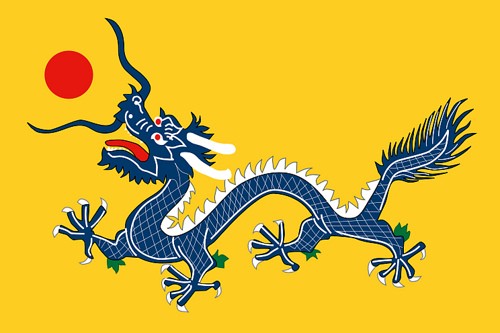 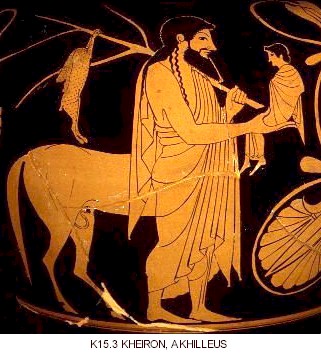 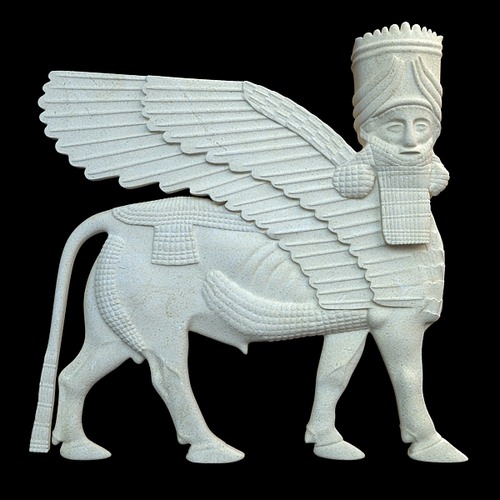 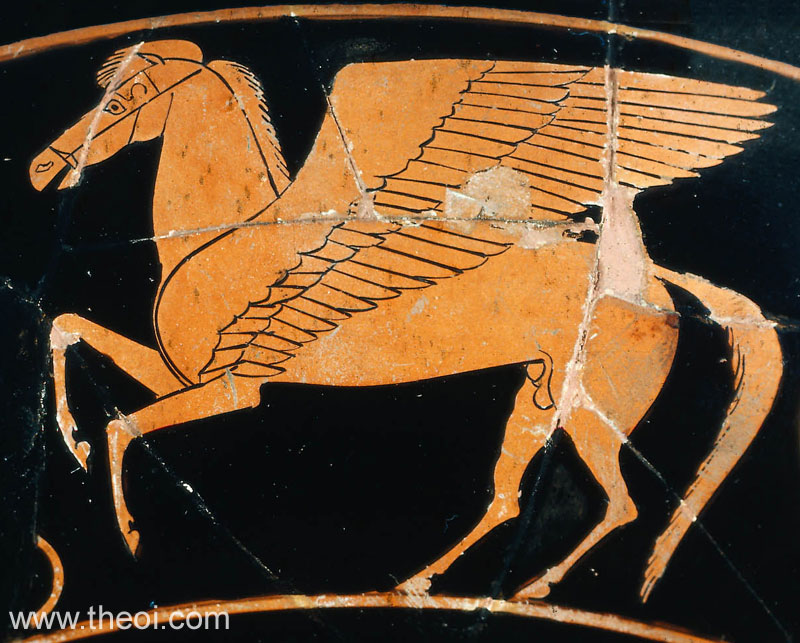 From the perspective of network science, this archetypal character suggests that there is some significant disruption of adaptive interdependency among networked systems that constitute the emergent ordering of creation. Monsters are systems not reciprocally integrated into meta-network relations. They have a greedy, controlling, angry demeanor and act in predatory ways toward other systems. In myth they are often "aroused" or generated by human acts that "offend the gods." The monstrous archetypal character of network autonomy
Mythic symbols of networks that act with aggressive non-reciprocity Cyclops: Hydra: Harpy: Minotaur:  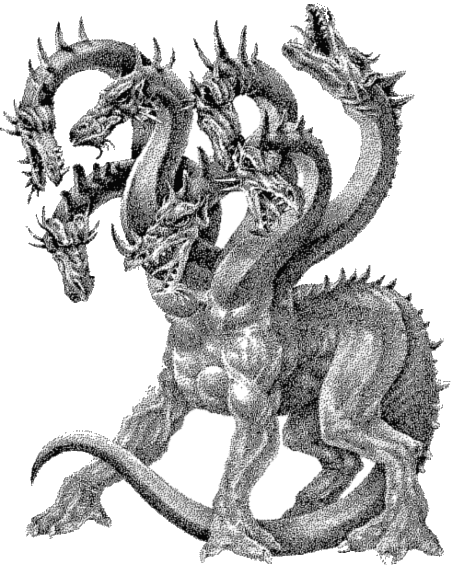 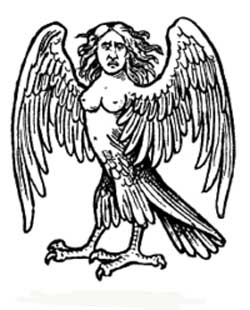 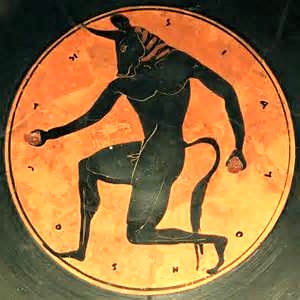 The monstrous character of network behavior represents a "con-spiracy" of spiritual animations that portend disruption, conflict, or aggression "at work in the world." In so far as these symbols stand as indications that relationships among various networks are expressing non-reciprocal behavior, they indicate that some re-configuration of systems is needed to promote more sustainable meta-network operations. Thus the defeat of a monster can represent a restoration of more reciprocally interdepenent relationships among interacting networks--often standing for a reconfiguration of human psychological networks in individuals or society. Ghostly and Living Dead Network Character There is an archetypal character to animating network autonomy that continues to exist after the mortal physical form of its system ceases to be biologically alive. This is indicated by notions of ghosts and souls that continue to effect the ordinary world despite the loss of a physical body. Attention to the role ancestors play in societies, such as mummification of the dead, express this imagination of ethereal network animation. One way of interpreting this view metaphorically is that the mental networks of individual people become part of emergent interpersonal networks, so that when one person dies, aspects of their mental network continue to operate withing the collective. In this way they continue to have animating effects even after biological death. 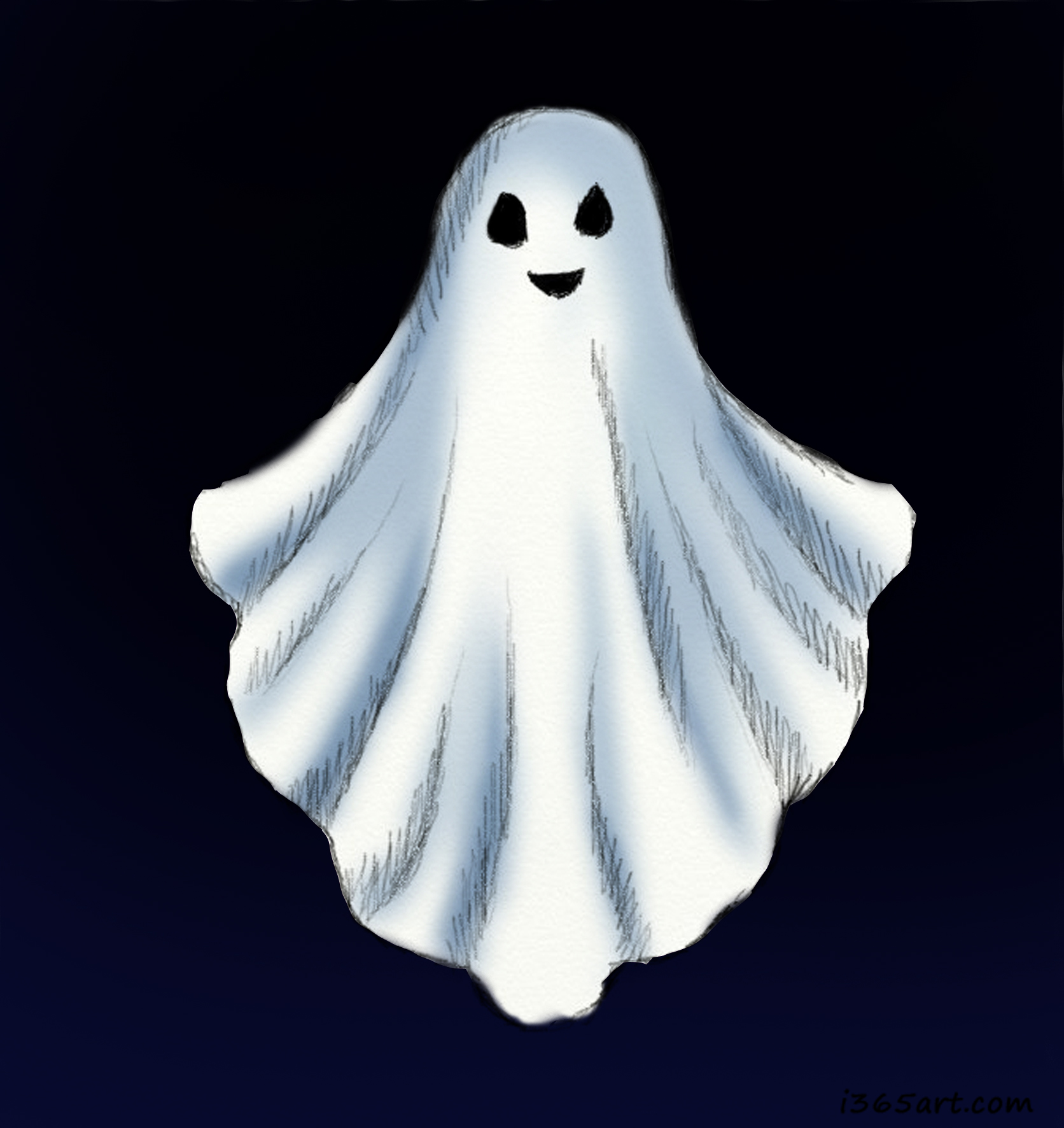 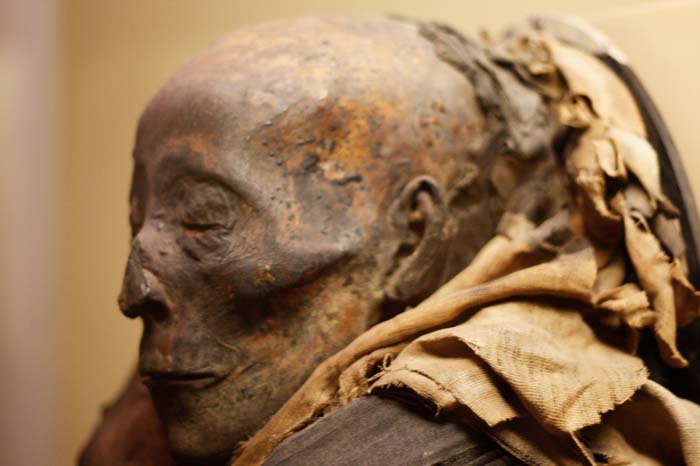 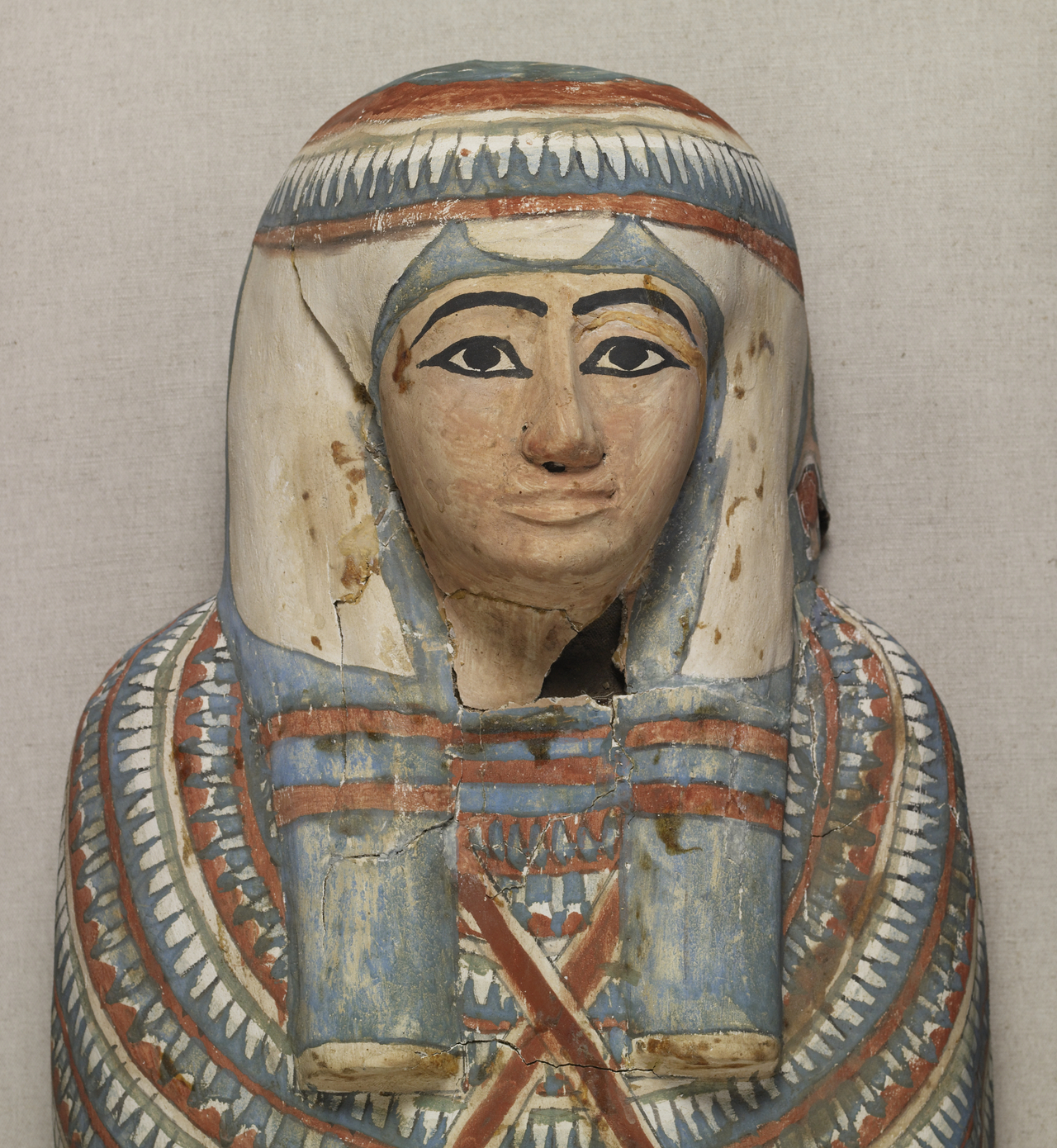 Interpreting all such personifications of the character of spiritual animation as the expressions of dynamical attractors assists in understanding their symbolic function. Following the example of the science, these symbols can be understood not as literal external forces controlling a system, but as characterizations of how its network is generating the patterns of its behavior. The complexity of representations are most always further elaborated in stories of their "exploits" and interactions with each other in mythical stories.
Telling the Story of Emergence and Network Autonomy Archetypally
The Story-House of Accrued Archetypal Knowledge about Complexity Traditional mythic narratives represent the accumulated knowledge of archetypal patterns in emergent order creation. Over time, every mythological culture generates stories that are its storehouse of this knowledge, derived from the close observation and experience of many generations. These tales refine and preserve a culture's awareness of how the ordinary, visible aspects of reality are continually being shaped and influenced by the invisible dynamics of complexity's ultimately mysterious, willful dynamics. They serve to reorient ordinary awareness to this extra-ordinary aspect of how things are and happen--just as complexity science could now reconfigure modern understanding of reality. To do that most effectively, mythical narratives must model the archetypally identifiable yet also unpredictable, uncontrollable traits of emergence and network autonomy, relative to various contexts of life. By associating complexity's dynamics with familiar events, the mythical imagination generates a storehouse, or story-house, of archetypal knowledge that is essential to maintaining a more realistic relationship to how Nature acts in and around us. Science now shows us that narrating complexity's interdependently emergent events in a literalistic, mechanically progressive manner is not possible. Yet stories are how humans know the world. Thus to tell a story of emergent transformation and spiritually animating network autonomy requires a special, extra-ordinary manner of telling. Since emergence cannot be linearly nor explicitly described, it can only be archetypally qualified using metaphoric language to imagine the disjunctive creativity of emergent order creation. To avoid giving the impression that these archetypal representations are literal definitions or reliable predictions, traditional mythologies tend to include multiple versions of a given story, thereby creating uncertainty about just how or why the emergent events represented might occur. The effect of these varied, even contradictory tales, is to alert us to the unpredictable and ultimately undefinable character of complex dynamics. The Mythic Journey of Ordinary Consciousness into the Other World of Myth Mythical stories typically involve a transition from a more ordinary context to one in which events occur in an extra-ordinary manner--an "other world." These extra-ordinary forces are often associated with an object or personified figure of spiritually transformational powers--such as a magical stone, a hidden passageway, talking animal, dwarf, monster, wizard, or god. The human protagonists in these stories must engage, negotiate, or contend with these other-worldly factors in ways that have effects on the physical domain of the ordinary world. After such adventures, when the protagonist returns to the familiar context of the ordinary world, or their normative state of consciousness, something is fundamentally changed. They now know something about hidden aspects of reality. Such imaginal journeys into the other world can engage our normative mentality, our ordinary state of conscious awareness, with the influence complexity's emergent order creation and network autonomy have on our actual lives. These acts of our imagination allow us to engage the metaphors and symbolism of mythic representation as actual but not normally literal phenomena. This mental experience of events that are both real and not is important to altering ordinary awareness. Effectively mythical experience is not the same as entertaining fantasy. It requires more than the temporary suspension of rational judgment. To activate awareness of bi-dynamical reality, it must produce a sense of "seeing" what one did not see previously. When effective, engaging mythic imagination results in an "after effect" that confounds, even "haunts," one's ordinary, pragmatic state of mind. After a genuine venture into myth's other world, things are not quite the same as they seemed before. The paradoxical experience of bi-dynamical order creation can compel an effort to incorporate the strange dynamics of the mythic world into our normative perceptions and actions. Its purpose is to make our practical behavior more responsive to complexity. Accomplishing this altered state of consciousness requires the presentation of archetypal images and events which aptly model the complex dynamics we unconsciously experience even when thinking in pragmatic, mechanistic terms. When the mythic imagination accurately model the "hidden world" of emergence and network autonomy, our intuitive understanding responds with a sense of its actuality. Due to our reflexive preoccupation with maintaining mechanistic control over our selves and environments, this effort to reorient our awareness requires deliberate, continual "excursions" into myth's other world. We must employ its imaginal methodology of altering our state of consciousness as a "there and back again" transition on a regular basis. The Imaginal Methodology of Perceiving Complexity:
Ordinary focus Shift in focus of representation
The transit "there and back again"
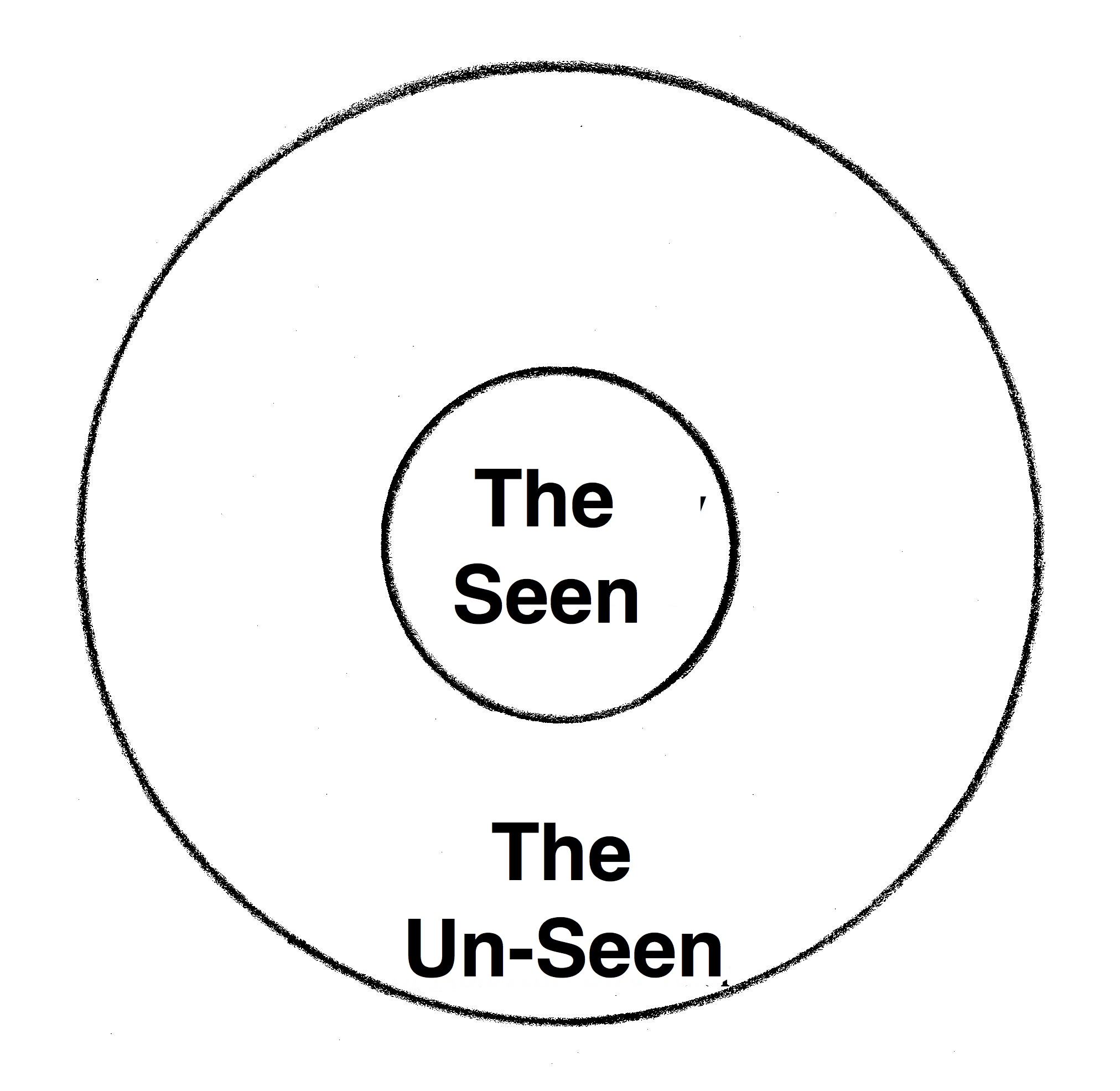 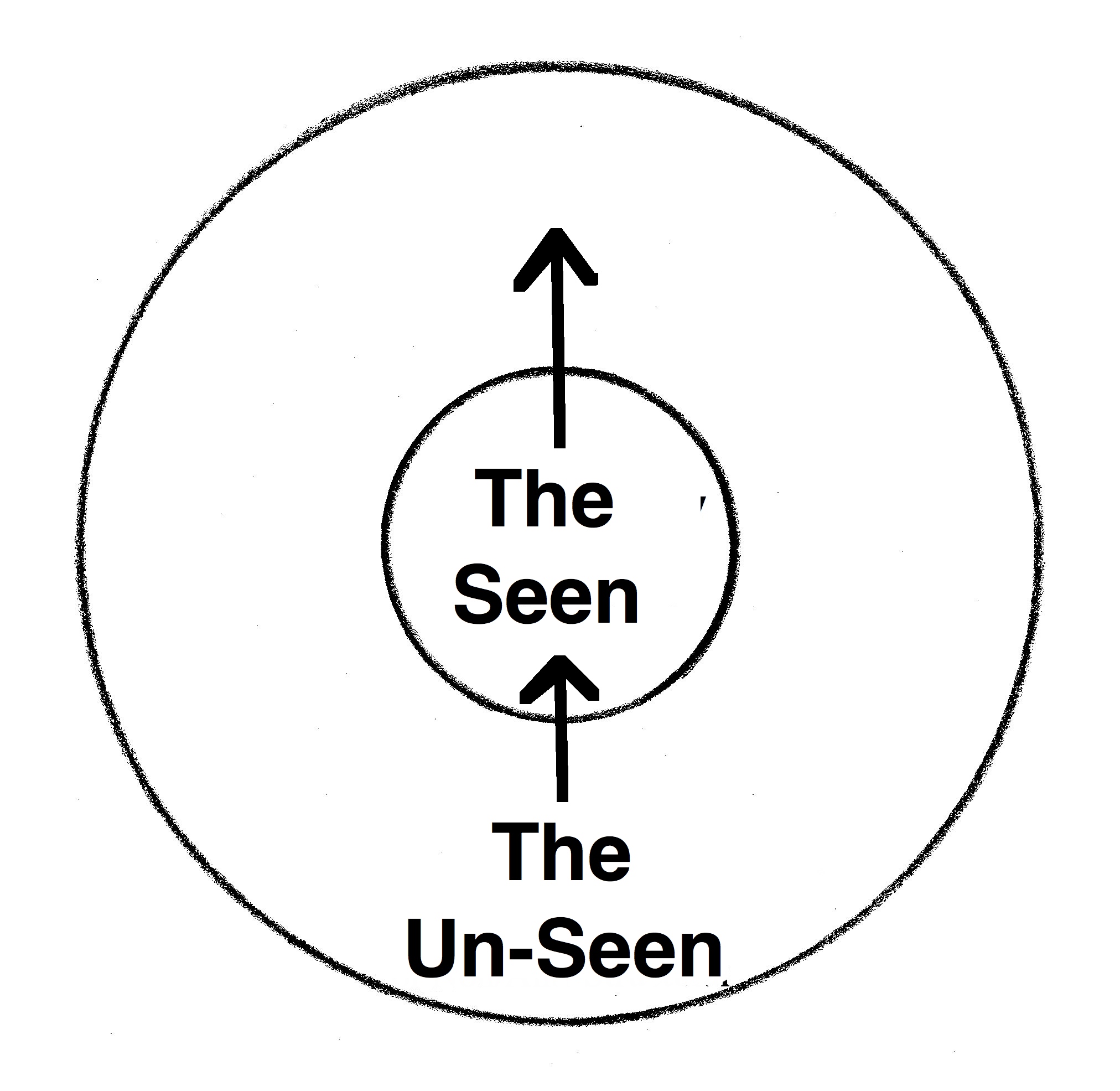 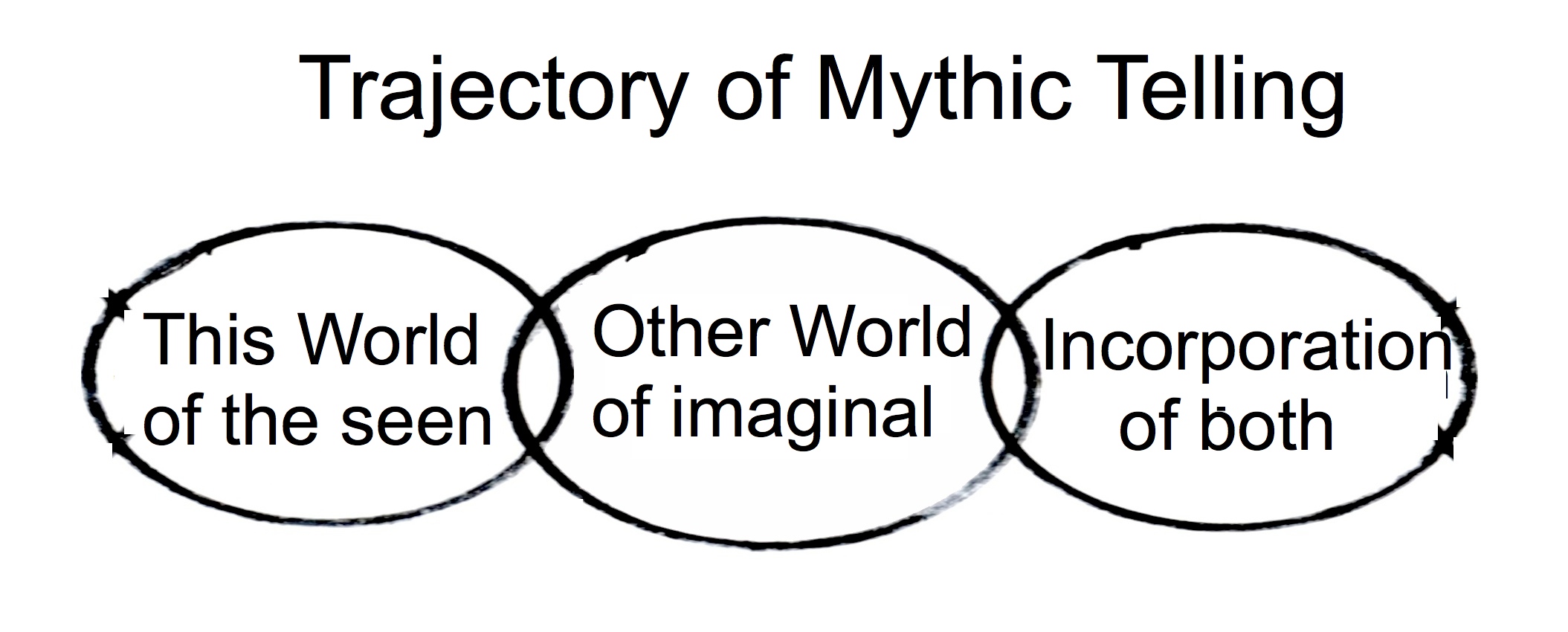 Variations of Mythical Narratives
Because the normally un-seen domain of complex dynamics cannot be quantified, defined, or predicted, but only characterized by archetypal metaphors and symbols, there are virtually infinite possible versions of these. None can be a conclusive description of the mysterious dynamics they represent. Each mythological culture evolves its own repertoire of symbolic characters and tales for this purpose of altering ordinary consciousness. Some of these concern the behavior of animating networks in animal spirits, some the influences of abstract gods, some model human encounters with these, some focus upon the transformative transitions of various stages of the human life cycle. Despite the variations across cultural mythologies, from animistic to polytheistic and monotheistic, some general themes of how spiritual animators behave and engage human existence are evident. These suggest the various scales on which network autonomy and its archetypal configurations influence the material world, both within and beyond the domain of human society. The Larger Scale of Abstract Spiritual Animators: Tales of Gods and Goddesses Some mythic narratives are primarily concerned with the configurations of the archetypal character of more abstract spiritual animators and how these interact with each other. These divinities appear to exist in an ethereal other world of their own. In that placeless place they are shown to undergo their own transformations, contend with and influence each other in turbulent ways, and also influence the more ordinary world. Cooperation and conflict, love and anger, are intrinsic parts of their existence. The Greek god Zeus imposes harsh punishments upon lesser spiritual animators for defiance of his will. When the Titan Prometheus tricks Zeus, he is bound and subject to having his liver eternally devoured by an eagle. When the King of the Demons outrages the Hindu warrior goddess Durga, she emergently manifests her alter ego, the all-devouring Kali, and destroys the Demon King. Conflict among the personalities of animating agency
The punishment of Prometheus: Durga/Kali attacking the Demon King: 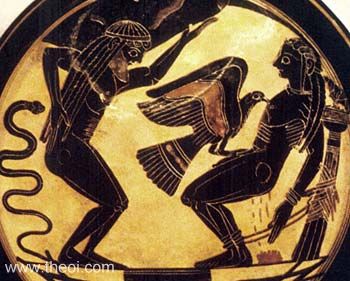 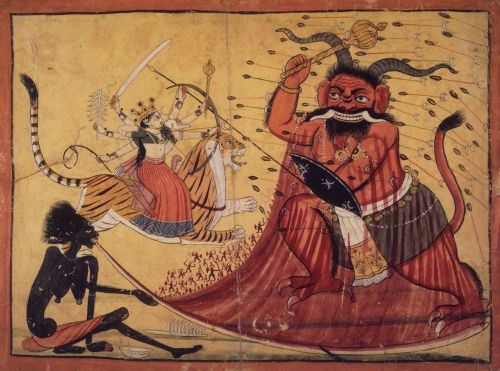 Divine Intervention: Tales of Human Encounters with Abstract Gods and Goddesses Some mythic stories narrate the character of human encounters with the abstract powers of gods and goddesses. These tend to emphasize how divinities reveal themselves and impose their wills with extra-ordinary powers in relation to humans. The human Moses encounters the Hebrew god Jaweh as a bush that burns brightly but is not consumed. Here is a profound metaphor for the ethereal reality of complex dynamics, as a literal fire that does not burn a material object. In the Greek epic of the Illiad, a war is continually manipulated by gods and goddesses who take sides, favoring and obstructing particular humans. This tale demonstrates the ways various archeytpally animating forces can configure a "landscape" of interacting dynamical attractors that influence ordinary events. Divine intervention
God as a burning bush that does not burn:
The gods taking sides in human war :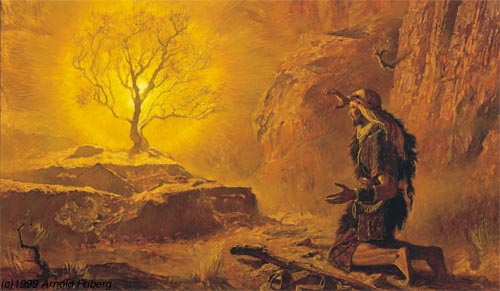 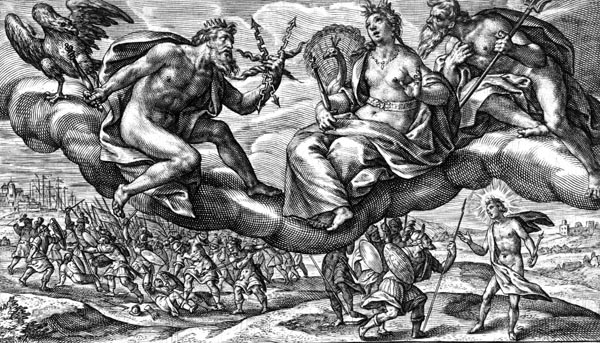 Spiritual Autogenisis: Tales of God-Creating and God-Consuming Gods The capacity of abstract spiritual animators to manifest emergent order creation is a pervasive theme of mythic narratives. This capacity of gods and goddesses to magically create new things and induce metamorphic transformations is epitomized by stories of autogenisis, in which they "give birth" to new gods simply from "out of their own beings." Athena is an emergent creation of Zeus' network character. Polynesian Tangarora emantes other gods. But the conflict between these modes of network animation is also seen in jealousy that can lead to "cannibalistic" behavior--Cronus devours all his children to prevent them from displacing his dominion. Athena emerging from Zeus' head: Tangarora birthing gods: Cronus eating his son:
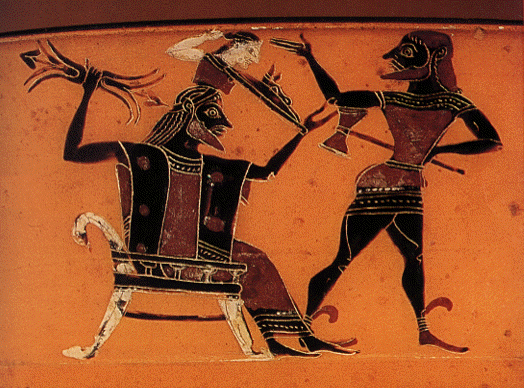 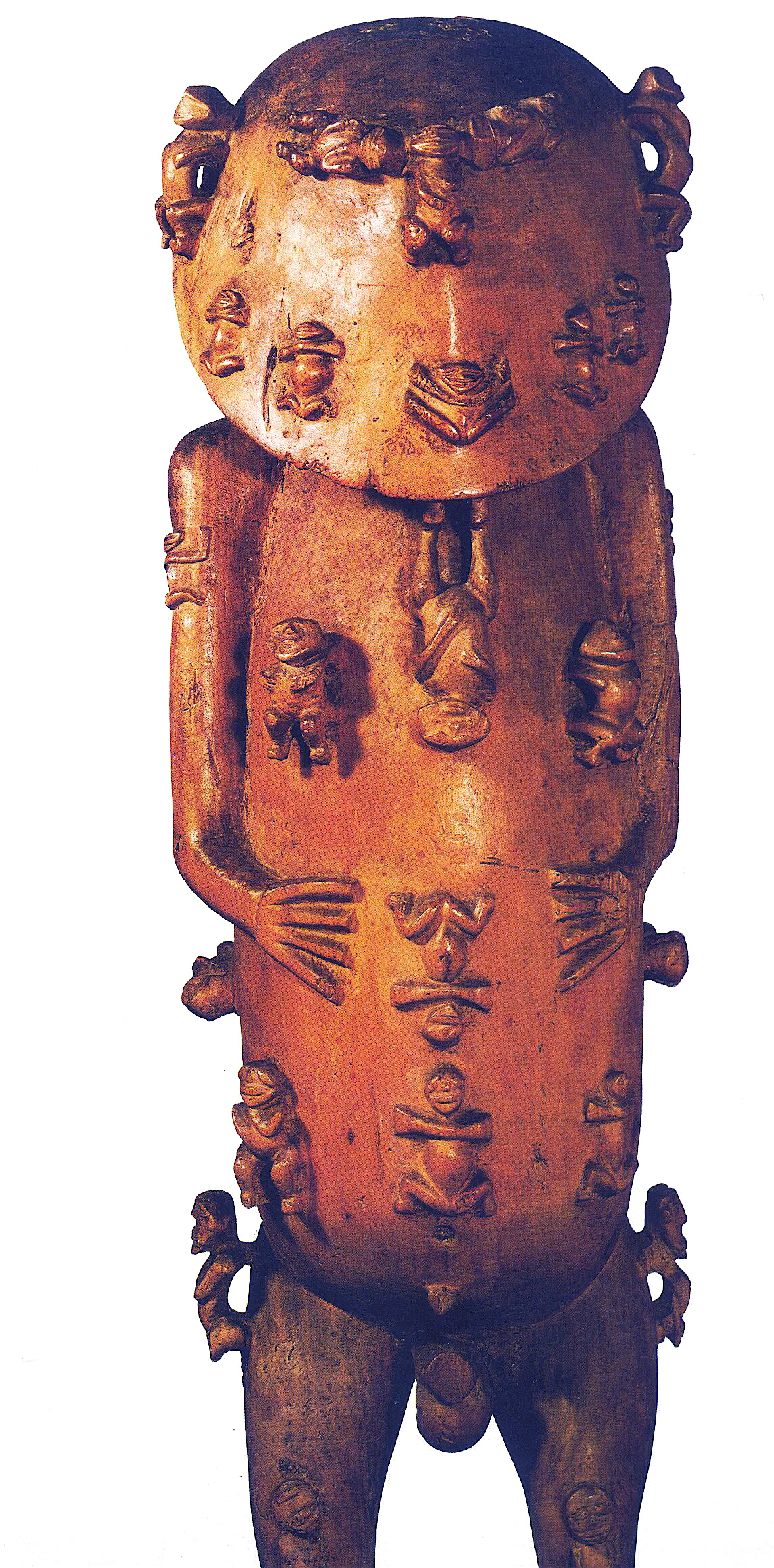 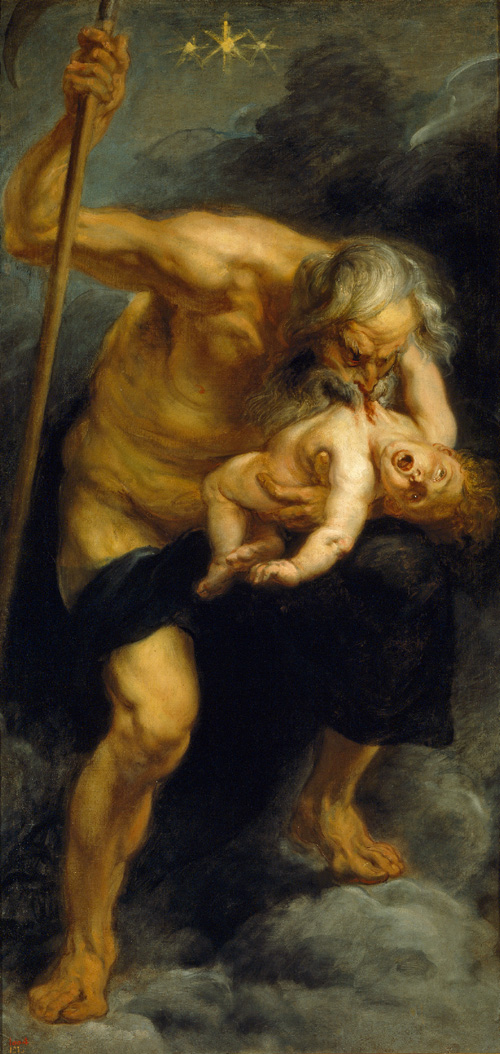 Other Worldly Journeys: Tales of Humans Contending with Spiritual Networks There are many ways humans are shown to be affected by or engage with the archeytypal powers of spiritual networks. In the heroic mode, they deliberately contend with spirits, gods, goddesses, and monsters to attain an individual goal or a benefit for humans in general. Greek Theseus slays the monster-network of the Minotaur, to which people are sacrificed, ending a scourge. Odysseus dares to listen to the seductive temptations of the Sirens, which normally lure all sailors to their deaths. Jack climbs a magical bean stalk to steal treasure from a cannibal giant, symbolizing the attainment of knowledge about bi-dynamical reality. Such encounters indicate that the network agency of human minds is capable of contending with that of even larger scale, more abstract archetypal network powers. Questing Heroes
Theseus slays the
Minotaur:
Odysseus suffers the Sirens:
Jack climbing to the Giant:
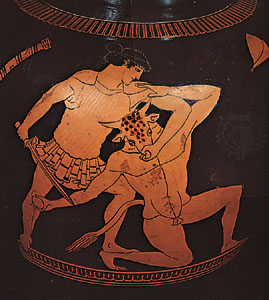 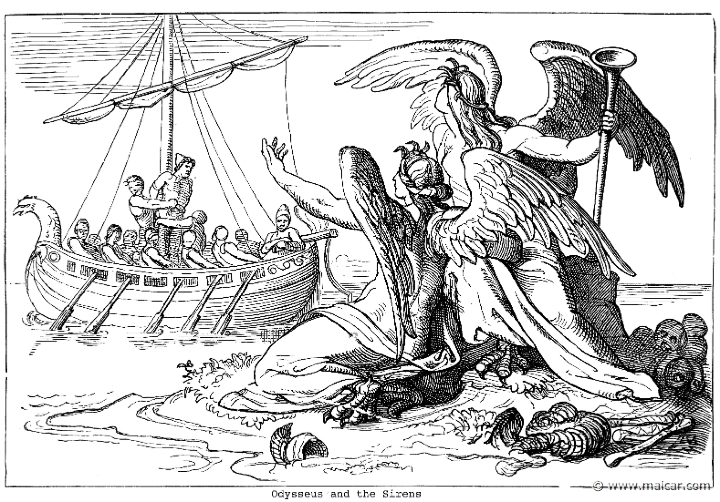 
However, the heroic encounter with the network autonomy of the other
world often turns out differently than expected. Babylonian
Gligamesh sets out to defeat its forces and attain eternal life. He and
his wild man counterpart Enkidu slay the Bull of Heaven. But this
assertion of his human will cannot make him immortal. Parsifal becomes
the greatest of knights, victorious in all combats. But not until he
lays down his sword does he come into relationships with the spiritual
forces of the other world. Oedipus seeks to defy the prophecy of his
fate to kill his father and marry his mother, only to do these very
things unwittingly. Narratives of heroic self-assertion
and human defiance of the larger scale network forces of Nature often
serve to remind us that our human powers have limits. The assertion of
too much control over other networks can lead to humiliation and
catastrophe.
Archetypal symbols of heroisms control obsessed impetus
Gilgamesh
& Enkidu slay the Bull of Heaven: Parsifal the
invincible: Oedipus answers the Sphinx: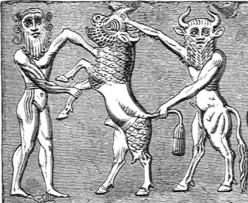 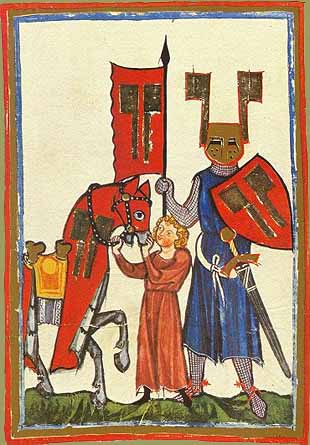  Another common theme of how humans are influenced by archetypal configurations of network agency involves an interruption of their ordinary existence. They become caught in obsessive behaviors, paralyzing somnambulance, or imprisoning isolation--"under the spell" of an archetypal force. In some of these stories they manage to escape, often after many trials and tribulations, in others they remain forever trapped. These narratives are often considered to be models of psychological conditions and processes that occur among the conflicting aspects of human mental networks. Narcissus becomes entranced by the network spell of his own beauty, unable to interact with Echo who loves him. This interruption results in Narcissus being transformed into a flower and Echo into a dissembodied voice that can only repeat what others say. Such are the potential influences of mental networks caught in the dynamical attractor of archetypal narcissism. Snow White is cast into a deathly sleep by the archetypal impetus of envy.
Echo and Narcissus estranged: Snow White
under a spell: Jonah in the belly of the whale:
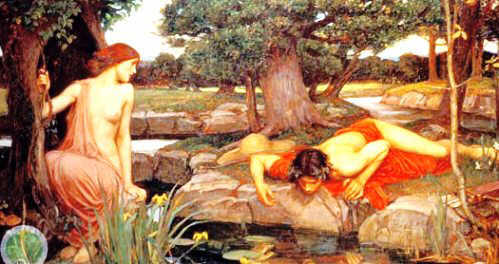 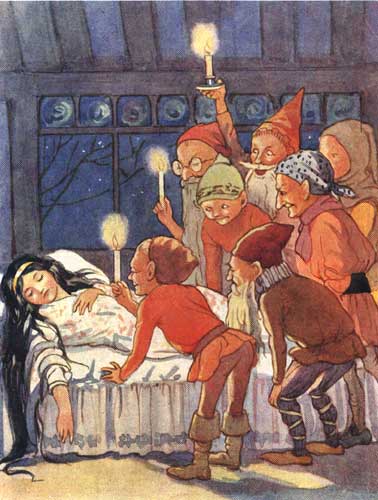 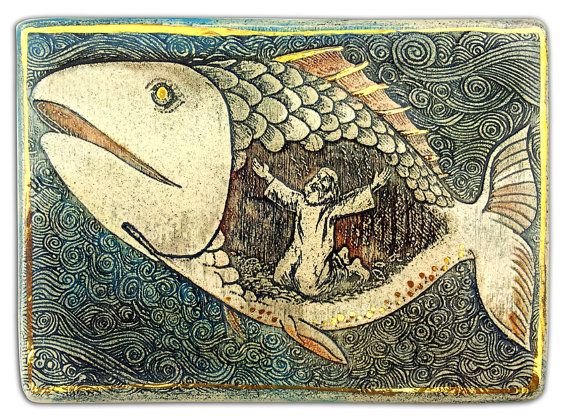
Mythical metaphors of autonomous network agency that influences ordinary human lives in extra-ordinary ways persist into modern cultural expressions as well. These are obviously evident as evil antagonists in movies, where the motif of non-reciprocating disruptions in the self-regulating interdependency of networks is personified as a "monstrous" agency. However, these figures can be symbolic of emergent effects arising from the disruption of human actions and sometimes stand for the reaction of Natural systems to human ones. Modern Monsters 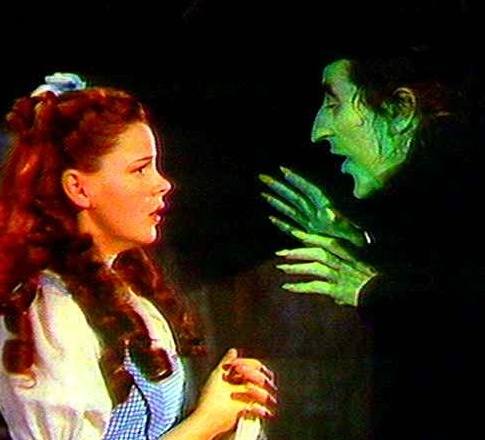  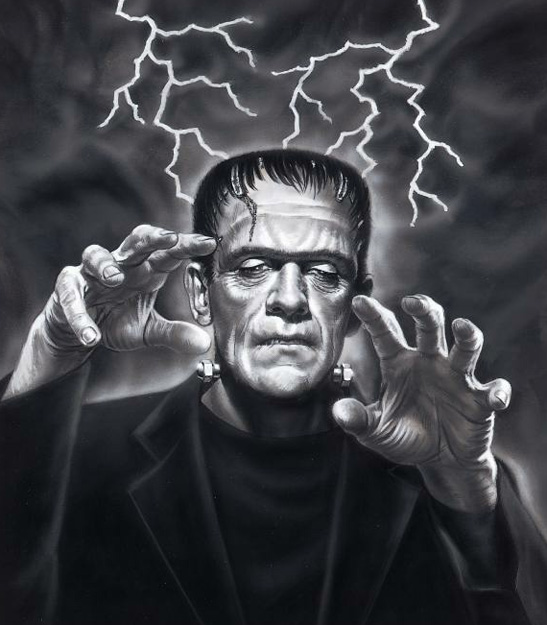  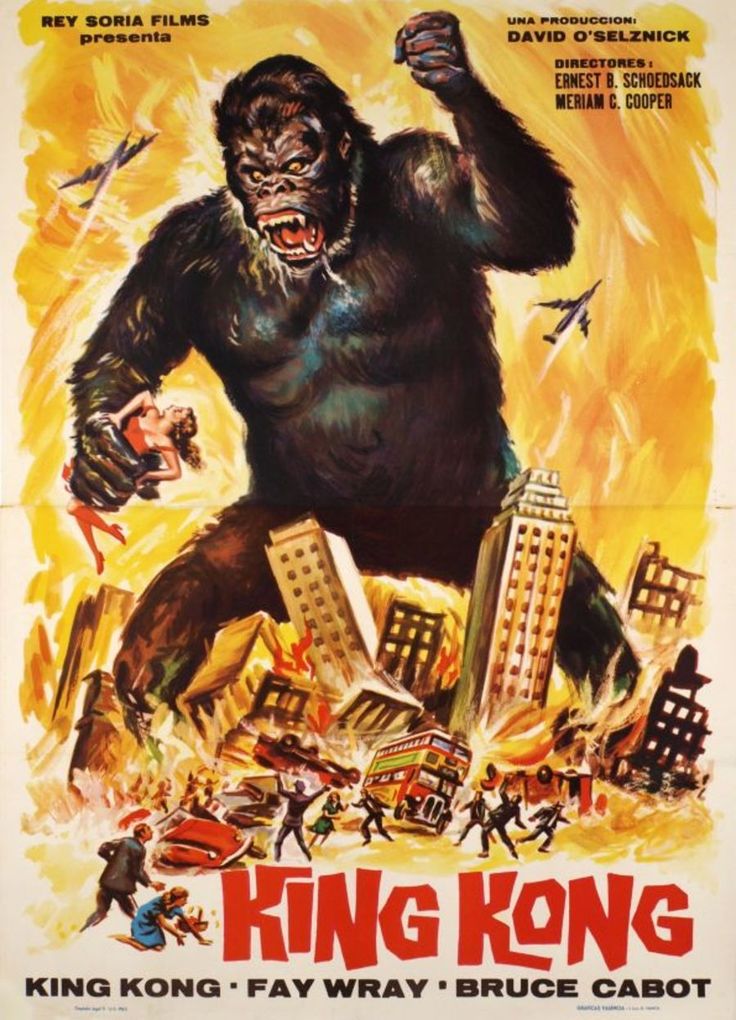  Mythic Themes of Metamorphic Transformation There are many
examples in mythology of when, where, and how emergent order creation
and network autonomy play transformative roles in reality. These
address contexts such as the original emergence of the ordinary world,
animals, landscapes, the ordering and disruptions of societies, as well
as the characteristic course of an individual life. These include metaphors for the development and transformations of personal networks at
particular life stages, from birth to adolescence,
marriage, old age, and death, as well as in love, war, sickness, suffering, or delight. Creation and Apocalypse: the Origins and Dissolution of Animating Network Autonomy in Cyclical Time Cultural mythologies typically include a creation or origin story in which the first forms appear by some spontaneous or magical action. The first some thing emerges from darkness, wind, water, chaos, an under world, or a void. Often there is an initial animating agency that generates a diversity of others. The first born Chinese P'an Ku dies and his body parts form the visible cosmos and earth, the mites on his body becoming people. Hindu Vishnu dreams the universe as he rests on a giant serpent in a cosmic sea. Raven brings humans up from under the ocean. The Jehovah passes the spark of life to Adam. The unpredictable metamorphosis of emergence is evident in all such tales.
Vishnu
dreaming universe: Raven
with first people:
Jehovah animating Adam:
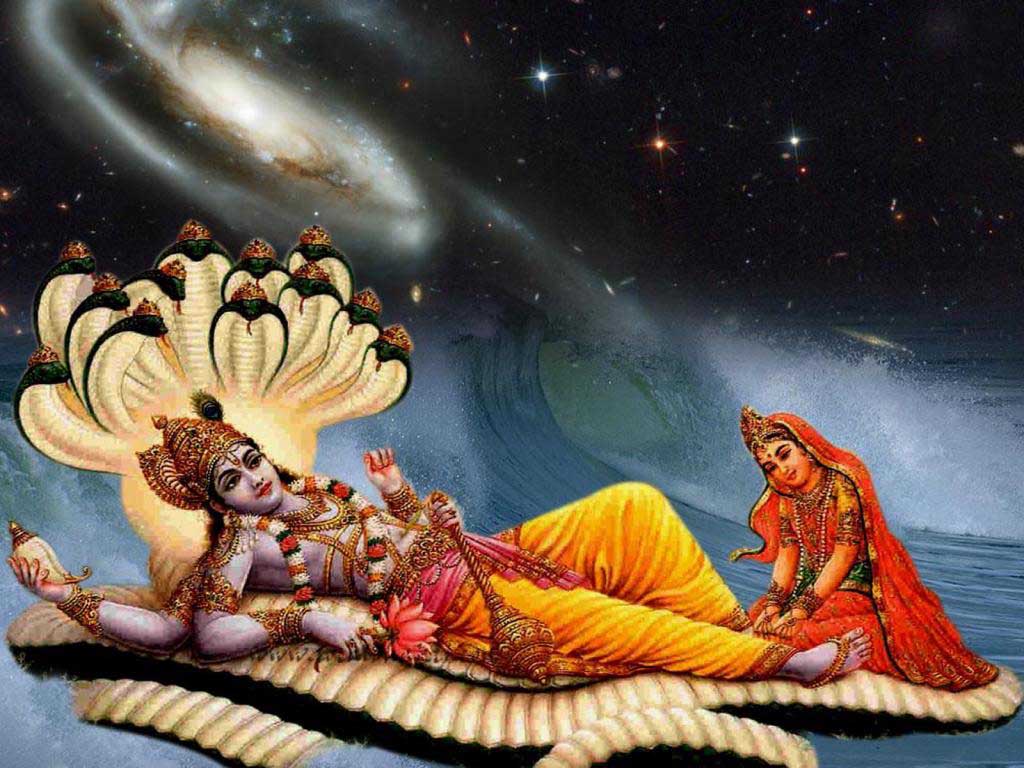 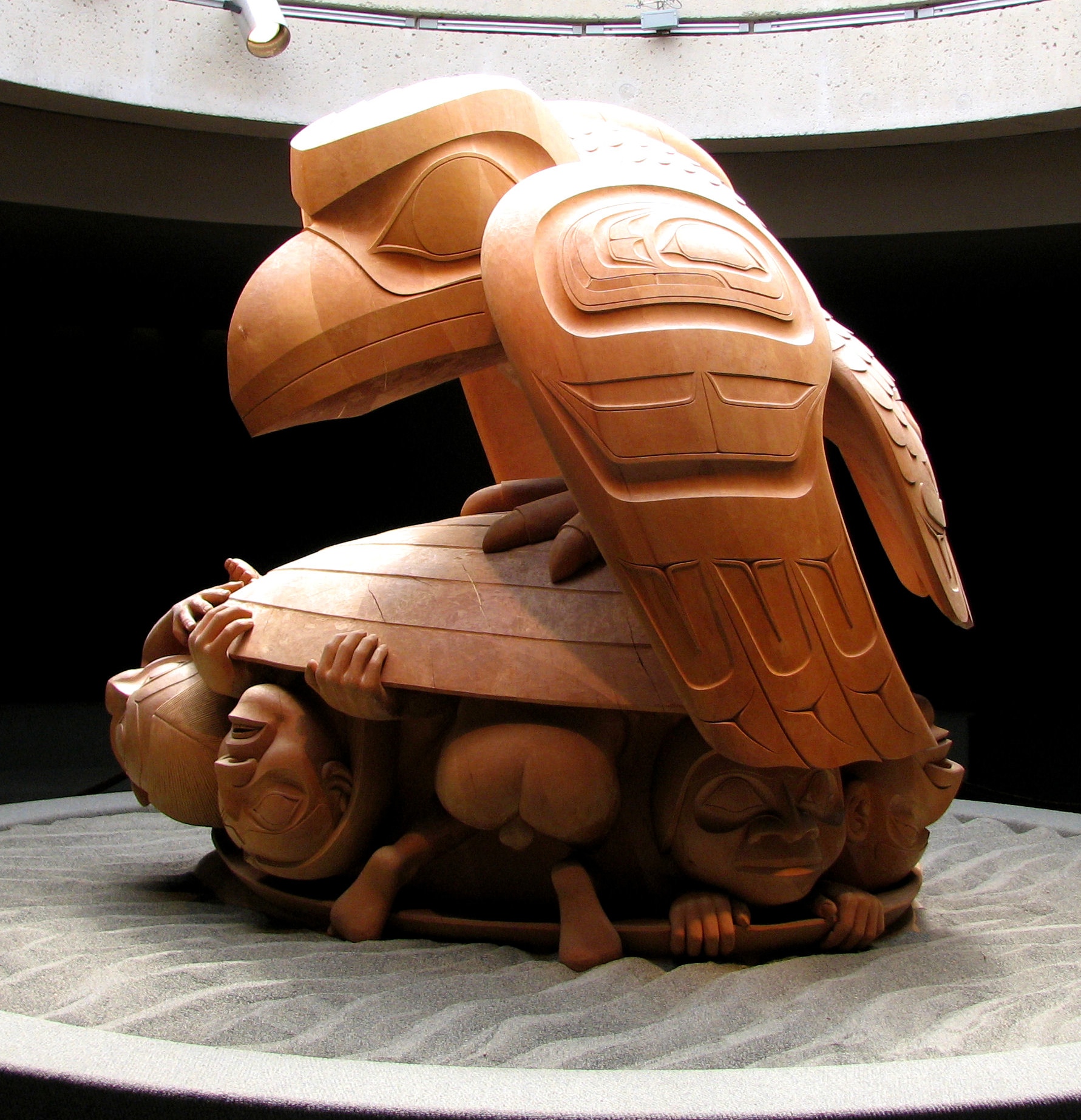 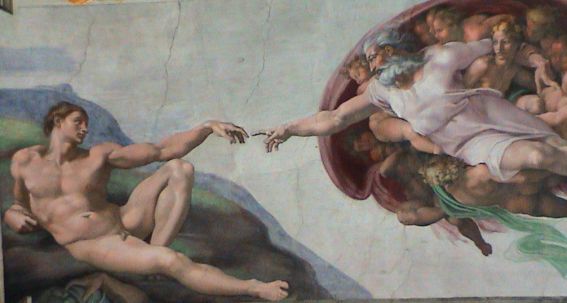 Though the abstract animating networks of gods are often characterized as immortal, there are mythic imaginations of cosmological destruction that at least temporarily reduces all to a chaotic state like that described in creation tales. But in most cases a renewal of the world follows. This theme, illustrated by the Norse battle between the gods known as Ragnarok, suggests that, on the larger scale of time, animating networks arise, sustain a vast complexity of evolving forms of order through aspects of cooperative and conflicting interactions, then eventual collapse in to dynamical chaos, from which further version will arise. This cyclical character of time in mythic imagination, as in the Hindu cycle that concludes with the destructive era of a Kali Yuga that makes way for the new beginning of a Satya Yuga, is pervasive and models the endless interdependency of concurrent interplay of bi-dynamical order creation. Transformation, Rebirth, and Resurrection Emergent transformations pervade mythic narratives. These are often induced by the willful actions of spirits, gods, or goddesses. These emergent changes can be a boon or a punishment. In the fairy tale Cinderella, an ordinary pumpkin is metamorphically transformed into an elegant coach, as it this were a matter of one's state of mind, rather than mere physics. In Greek myth, the hunter Actaeon is punished by the virginal goddess Artemis for seeing her naked in a forest lake. She transforms him into a deer and his own hunting hounds tear him to pieces. While on the surface, this seems cruel and unfair, metaphorically it might be understood as a model of what happens to our ordinary state of consciousness, our familiar identity, when we venture into the "wild forest" of bi-dynamical Nature and blunder into experience of its extra-ordinary, paradoxical dynamics--represented here by Artemis, goddess of the wild. In the tale of rational Apollo's obsessive pursuit of Daphne, her desire to escape his attempts to force himself on her is aided when a goddess transforms her into a tree--a model of what can happen when the archetypal character of feminine network autonomy is assailed by the obsessively rationalistic traits ofmasculine network character.
Actaeon transformed to a deer:
Daphne becoming a tree:
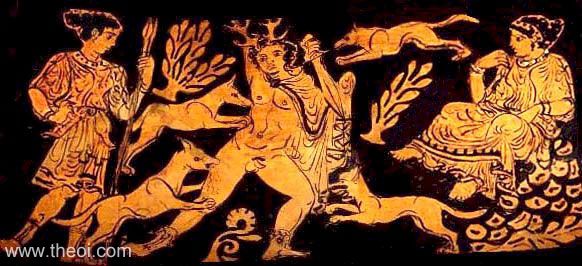 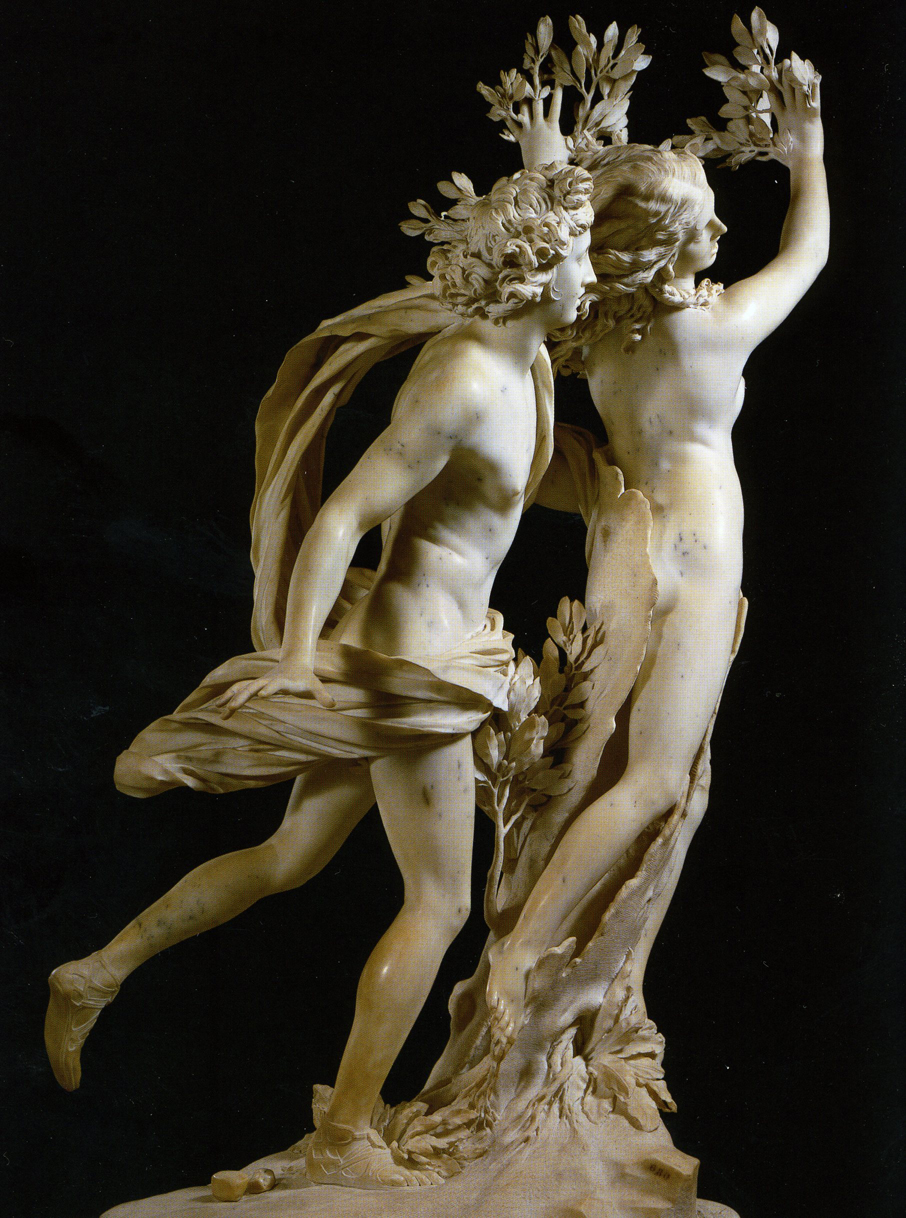 The theme of rebirth or resurrection has various forms in myth. The mythical Phoenix bird is a general metaphor for rebirth that
occurs emergently from the dissolution of an existing network, by way
of "spontaneous combustion." A
prince can be transformed into a talking frog by the "spell" of an
animating network, such as a psychological complex that "imprisons" a
person's ability to be fully human. Yet this condition can
potentially be re-transformed, in a form of rebirth, if another type of
network can be appropriately engaged--as modeled by the metaphor of a
princess who engages a lowly frog. The interdependency in this
transformative interaction is shown by the frog being the one who
can retrieve the princess's "golden ball" from the watery depths
of a pond. The resurrection of Jesus, a metaphor for physical
incarnation of abstract divinity, models transformitive rebirth as the
autonomy of a network soul from its material basis, or the attainment
of a bi-dynamical state of consciousness.
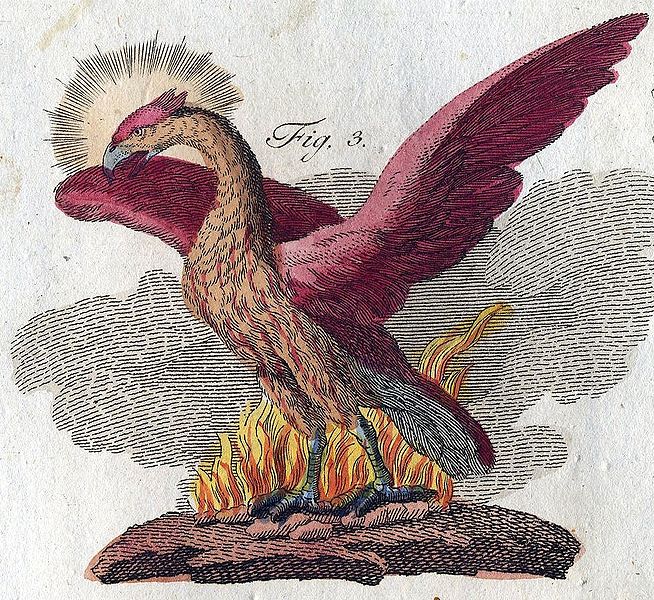 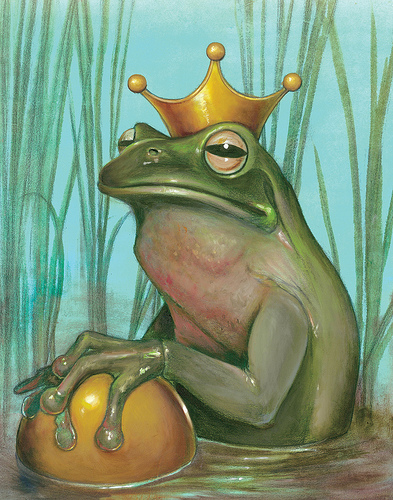 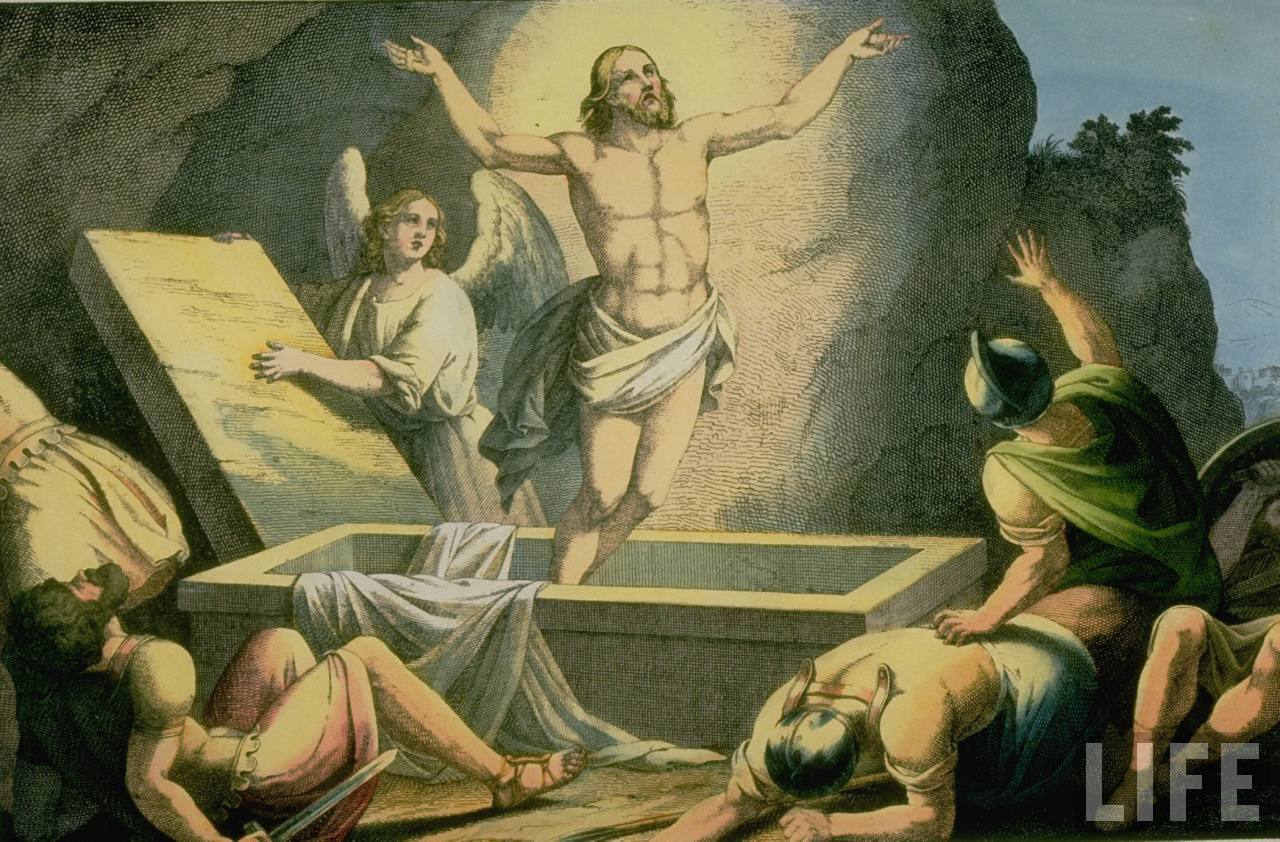 The Mythological Imagination of Dreaming Similarities between the traits of mythic imagination and experiences of dreaming during sleep have suggested to some that dreams might be an original source of mythical symbolism. This interpretation involves the idea that the more unconscious aspects of our mental networks function in an intuitively symbolic manner. In this regard, dreaming might be regarded as an adaptive counterpoint to our control obsessed conscious mentalities, serving to alert us to the roles of metamorphic emergence and network animation, just as can the imaginal methodology of mythic symbolism. In mythical cultures, dreaming tends to be regarded as a significant source of knowledge about reality, in contrast to how modern attitudes tend to dismiss it as illusory. Rites and Rituals: The Symbolic Gestures of Engagement with Network Character
In addition to images and narratives, the mythic imagination generates actions that serve to bring human awareness into more conscious awareness of network animation. Like mythic narratives, the symbolic actions of mythic rites and rituals vary from culture to culture. But they do have similare elements. These include the construction of contexts, ranging from simple circles and small altars to pilgrimage routes and large temples, the creation of symbolic images and objects, and enactments involving speech, song, music, dance, costume and dramatic performances. The creation of these elements are typically guided by traditional mythical texts or oral narratives. These embodied gestures are often focused upon particular topics, such as inducing healing, engaging specific spirits or gods, or attending to the transformative experiences of the human life cycle, such as birth, coming of age, marriage, and death through rites of passage. Ritual actions engaging the spirits of network autonomy
Apache ritual dancers:
Shamanic practice: Sacred clowning: Baptism: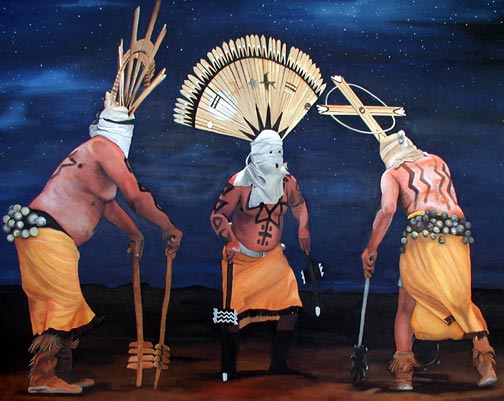 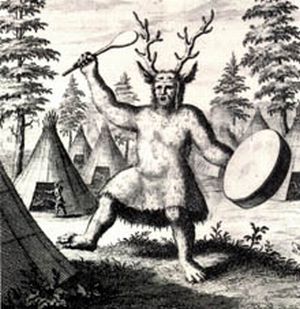 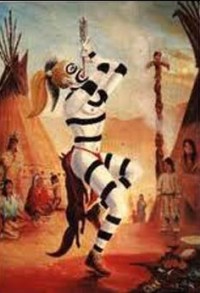 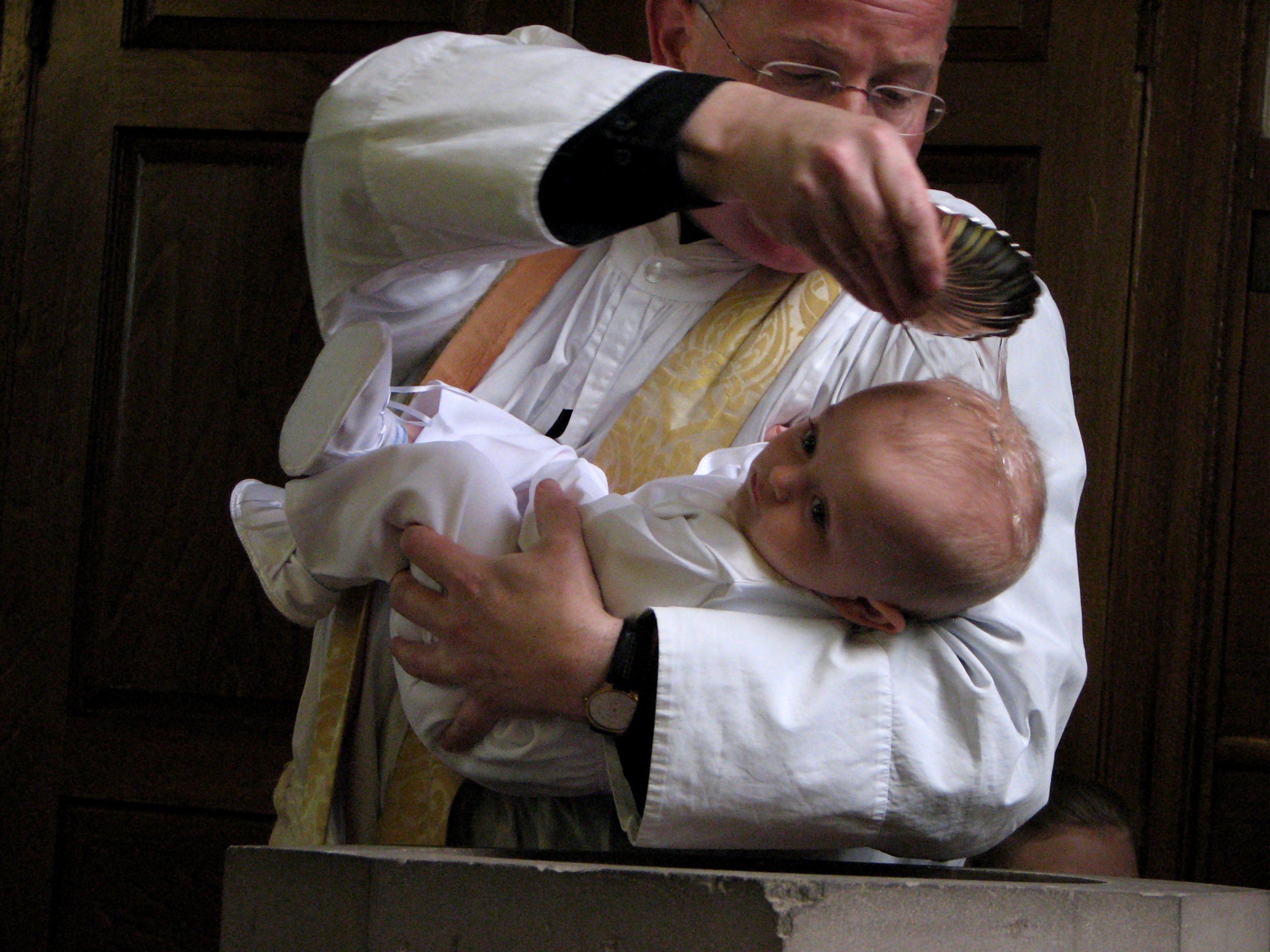 An important distinction can be made between symbolic gestures that function primarily as ceremonial affirmations of existing social order and those that are more fundamentally mythical. The symbolism of political rallies or the coronation of a king tend to ceremonially reinforce the hierarchical ordering and control systems of society. In ceremonial symbolism, the social status of individuals matters. In symbolic rituals, social status and power tend to be ignored and all participants become relatively equal. The symbolism of mythical rites and rituals address the archetypal forces that shape worldly events but are effectively beyond the control of society or human individuals. Thus mythical ritual is more concerned with engaging the agency of souls, spirits, and gods that are perceived as animating human and non-human systems. In a more general sense, ritual symbolism and enactments serve to shift ordinary human awareness away from the preoccupations of pragmatic, political social life and toward aspects of human experience that are not acknowledge by habitual attitudes. Thus ritual gestures can be understood as efforts to create representations of uncontrollable factors that influence human life and then interact with these in a symbolic manner. Whether overtly represented as specific spirits and gods or as transformative types of events, such as coming of age and marriage, the subjects of ritual engagement suggest the archetypal patterns of emergent order creation and its autonomous complex networks. Intentional Purposes for Ritualized Symbolic Action The intention for ritualized engagement with the extra-ordinary influences of emergent metamorphosis and animating network autonomy through symbolic gesture has two basic qualities. One is to evoke or call forth some extra-ordinary power, or network of spiritual animation, so that it can be acknowledged and honored. This aspect serves to reorient our ordinary attitudes about how the world works toward one that is more inclusive of complexity's mysterious dynamics. The other aspect is to invoke the influence of some complex network's autonomous agency upon the activity of other networks, particularly human ones. Traditional ritual practices are preformed in ways that demonstrate human awareness of the unpredictable autonomy of spiritually animating networks. They are regarded as beyond control, but none the less potentially responsive to human gestures. In a related regard, rituals of rites of passage for people undergoing the profound shifts between life stages or other transformative experiences, such as trauma from illness and violence, serve the purpose of awakening them to the operation of complex networks within and upon their selves. Symbolic ritualization can act as a form of enlightenment that expands our ordinary consciousness, thereby enhancing our relationship with the reality of complexity's elusive yet profound effects upon us. Thus ritualized encounters are a means of inducing an enhanced sense of numinosity, meaning a feeling of active consciousness "at work in the world" of even non-living systems which, like our selves, are processing information and making decisions as autonomous networks. By intentionally involving our minds and body's in the imaginal symbolism of ritual gestures, evoking this spiritual aura of networks, the mind becomes more able to intuit their reality. The Ritual Process of "There and Back Again" Like mythic narratives, ritual enactments follow a basic transition from a state of ordinary consciousness into an imaginally symbolic one that facilitates engagement with the other world of emergence and network autonomy, then back to a more ordinary context that must attempt to incorporate the mythical encounter into its pragmatic perspective. The middle phase is often described as one of liminality, as a condition of consciousness that is "in limbo" because the symbolic actions alter one's sense of self and world. By deliberately separating our awareness from its normative perspective and entering into this liminal status, we can more overtly experience the interplay of bi-dynamical reality's dependent and interdependent modes of order creation, or the two world's of myth. 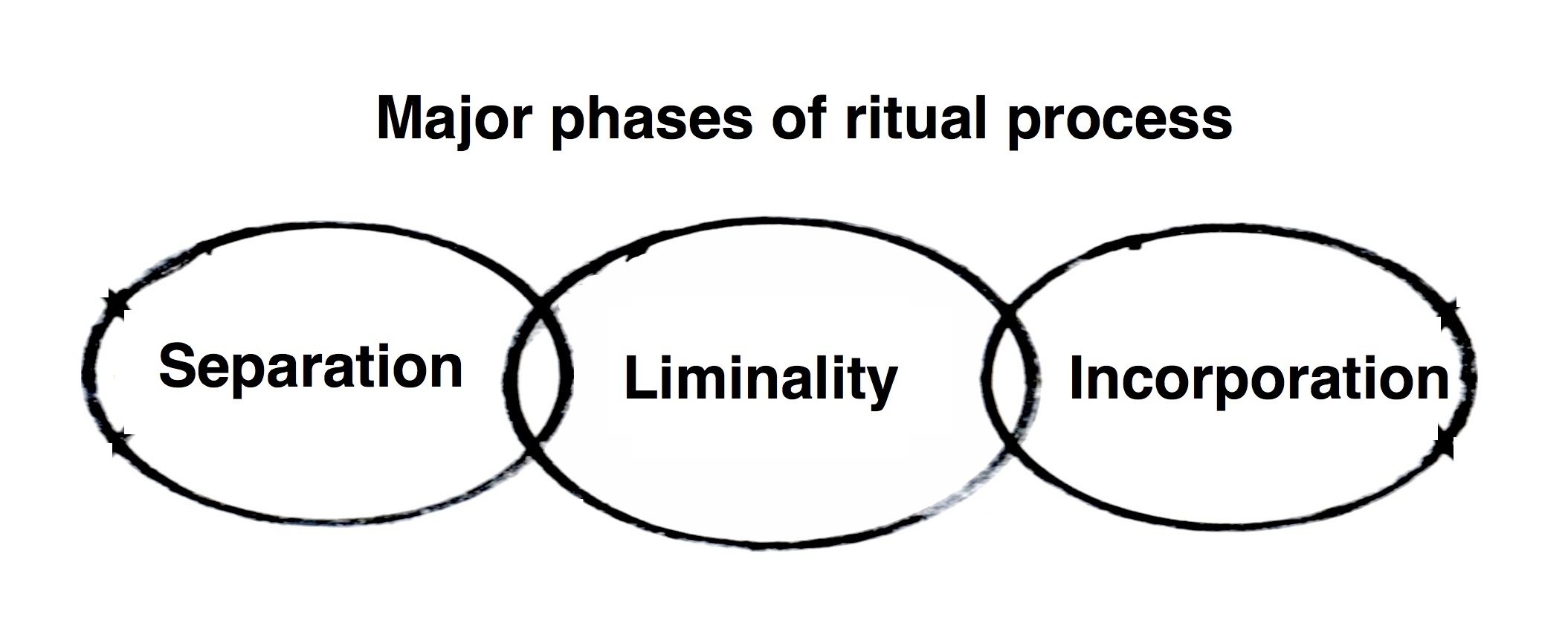 The there and back again transit of ritual process begins with a conception of its formal structure, derived from a sense of subject and purpose. This effort creates the symbolic and psychological context or container for the transition into a status of liminal identity and dynamical reality. That transition can be thought of as a move toward the constellating consciousness of symbolism's interdependent associations. Conception and preparation must stimulate this shift through ideas, images, and actions that engage awareness in nonlinear sets of references and paradoxes. It also pre-arranges a transition back or return from the liminal state, toward a conclusion and reflection that assists incorporation of the liminal experience into more pragamtic, linear perspectives.  Inducing a Shift from Linear Perception to the Liminality of Nonlinear Constellation Obviously, according to science we exist at all times as autonomously emergent complex networks interacting interdependently with such complex networks. However, the reflexively mechanistic perspective of our control-obsessed, normative states of mind tend to ignore this crucial fact. Thus, the shift to ritually induced states of liminality can be understood as an inversion of our primary focus, from the ordinary state of linear consciousness to a more nonlinear one. The normative state of mind focuses upon the predictably sequential ordering of linear dynamics. This mentality perceives in terms of definitive structure. It "sees" literallistically. Because it promotes direct manipulation of things and events it readily dominates the central focus of awareness. Consequently, the unpredictably emergent, disorderly ordering of interdependent dynamics that cannot be structurally defined are pushed toward the margins of awareness. The typical focus of ordinary consciousness:
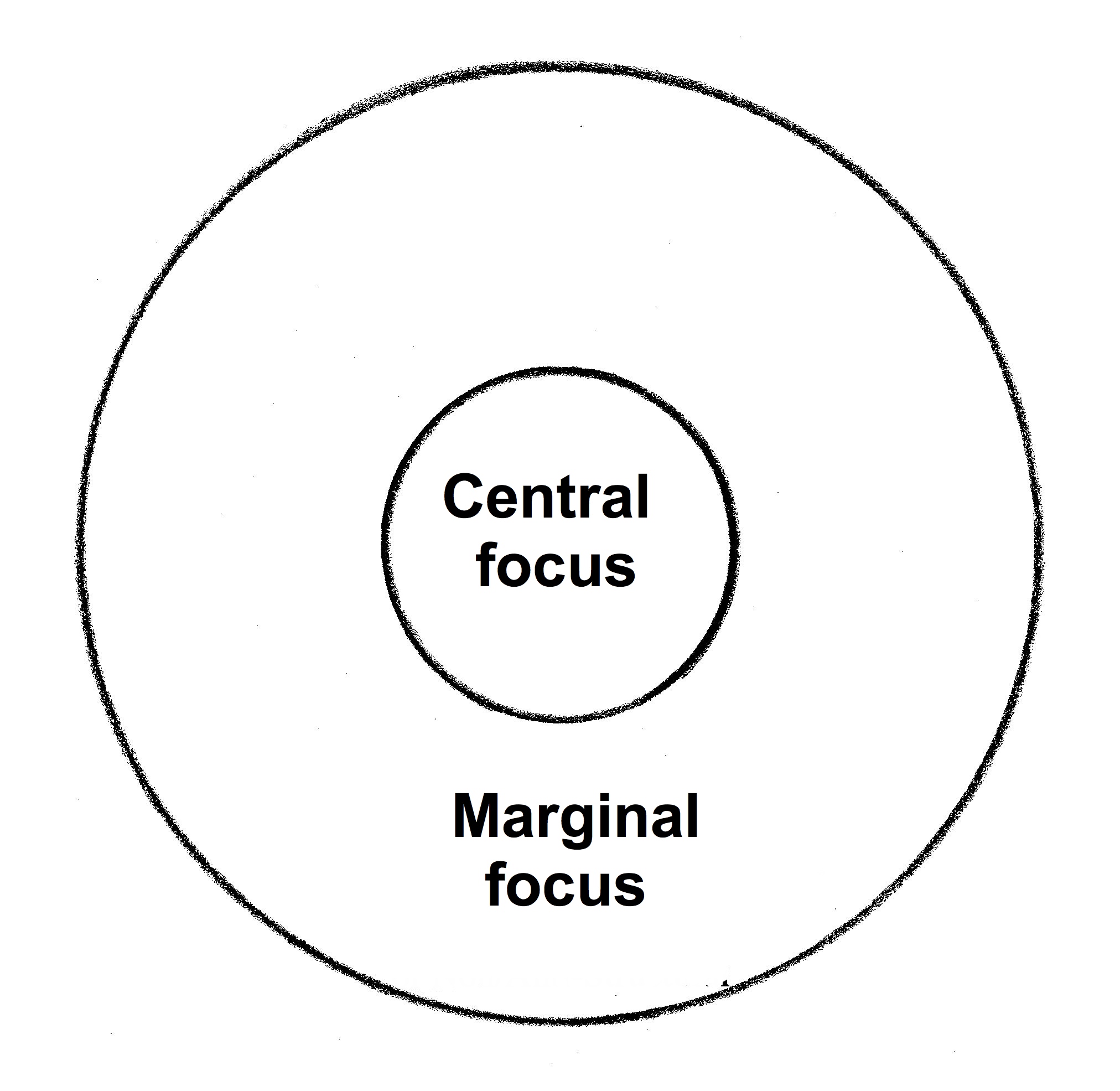 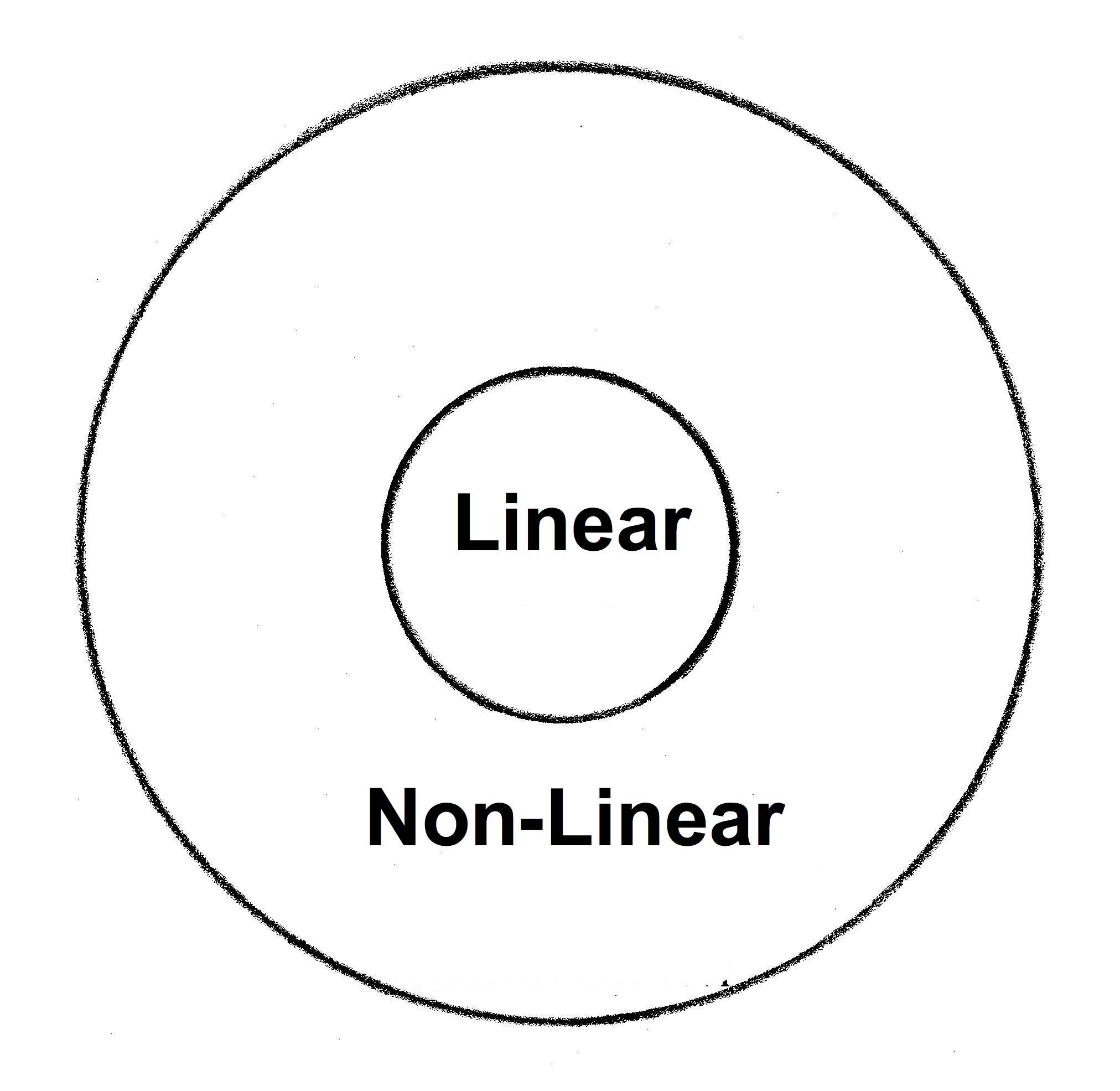 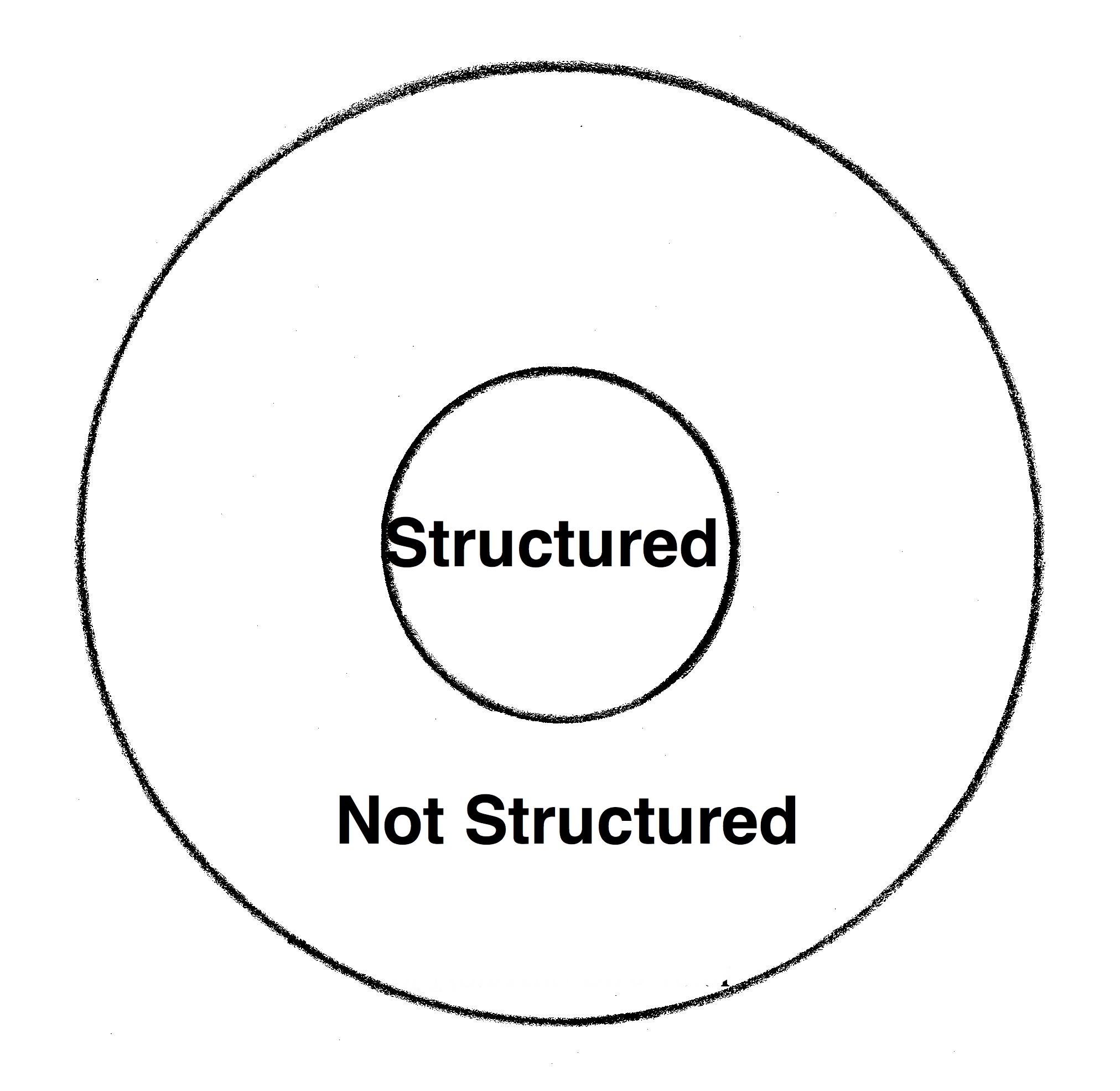 The difficulty in distinguishing sequential from interdependent
dynamics is illustrated by the contrast between structural ordering
versus anti-structural ordering. Complexity's self-organizing
criticality of radical interactivity "at the edge of chaos" cannot be
defined sequentially or in terms of definitively structured
relationships. Yet it emergently creates and maintains complex
ordering. From the linear perspective of ordinary mentality, this is
nonsensical. For this reason it is useful to consider complex system/networks
as not simply un-structured but as anti-structural, thereby indicating their paradoxical character of disorderly ordering.
Inversion of ordinary focus of awareness
What is marginal to ordinary practical mentality becomes central: 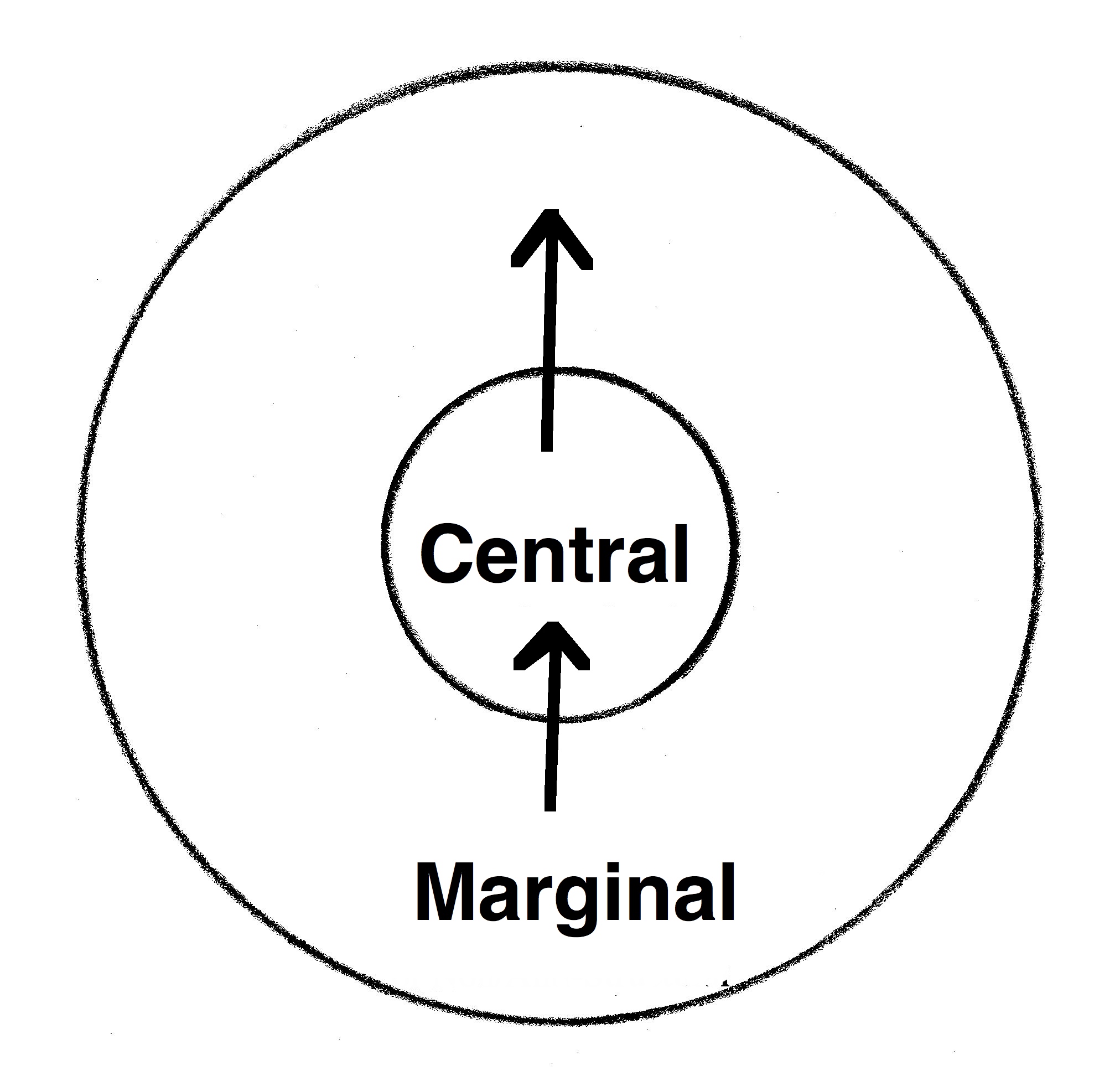 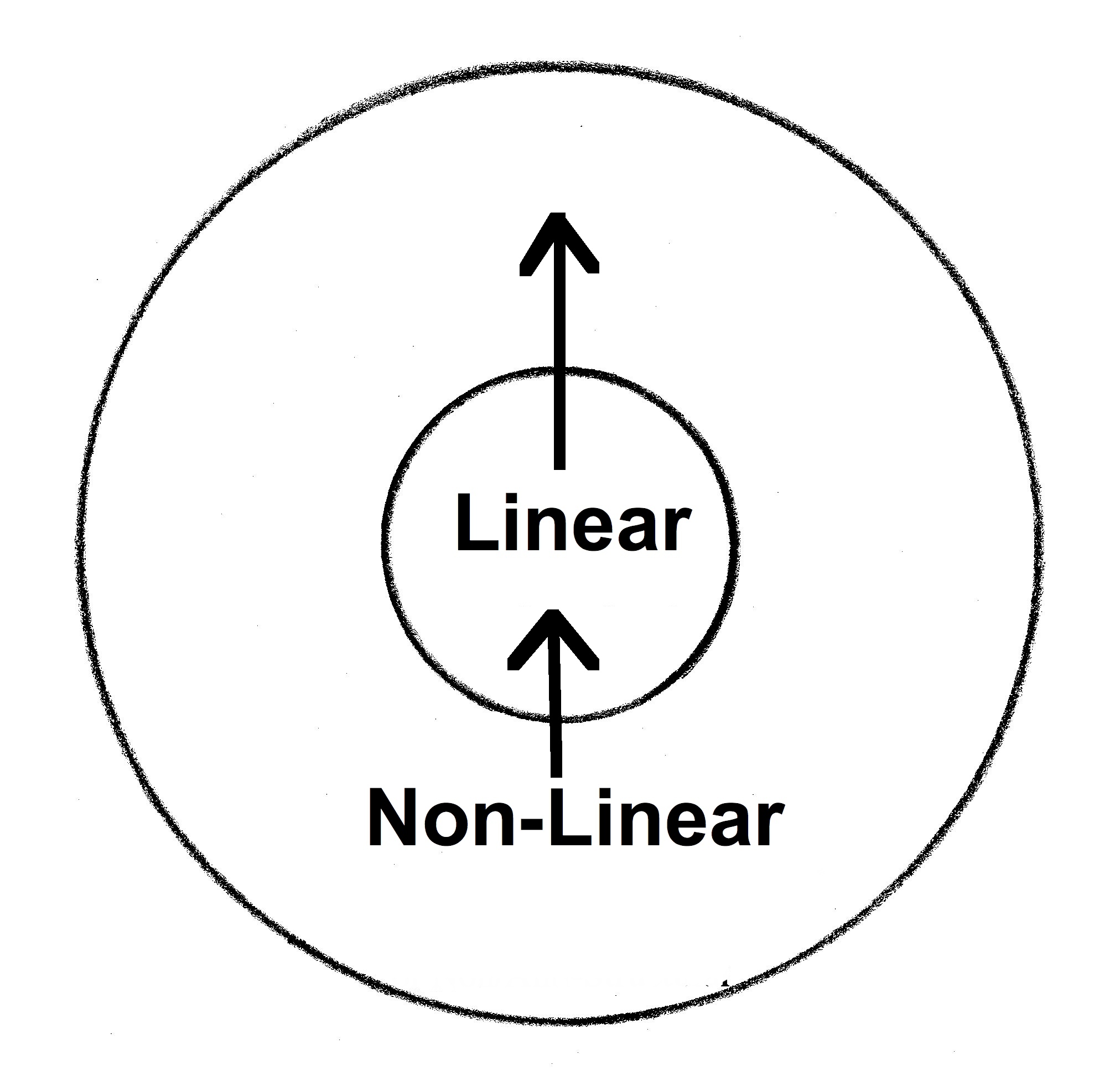 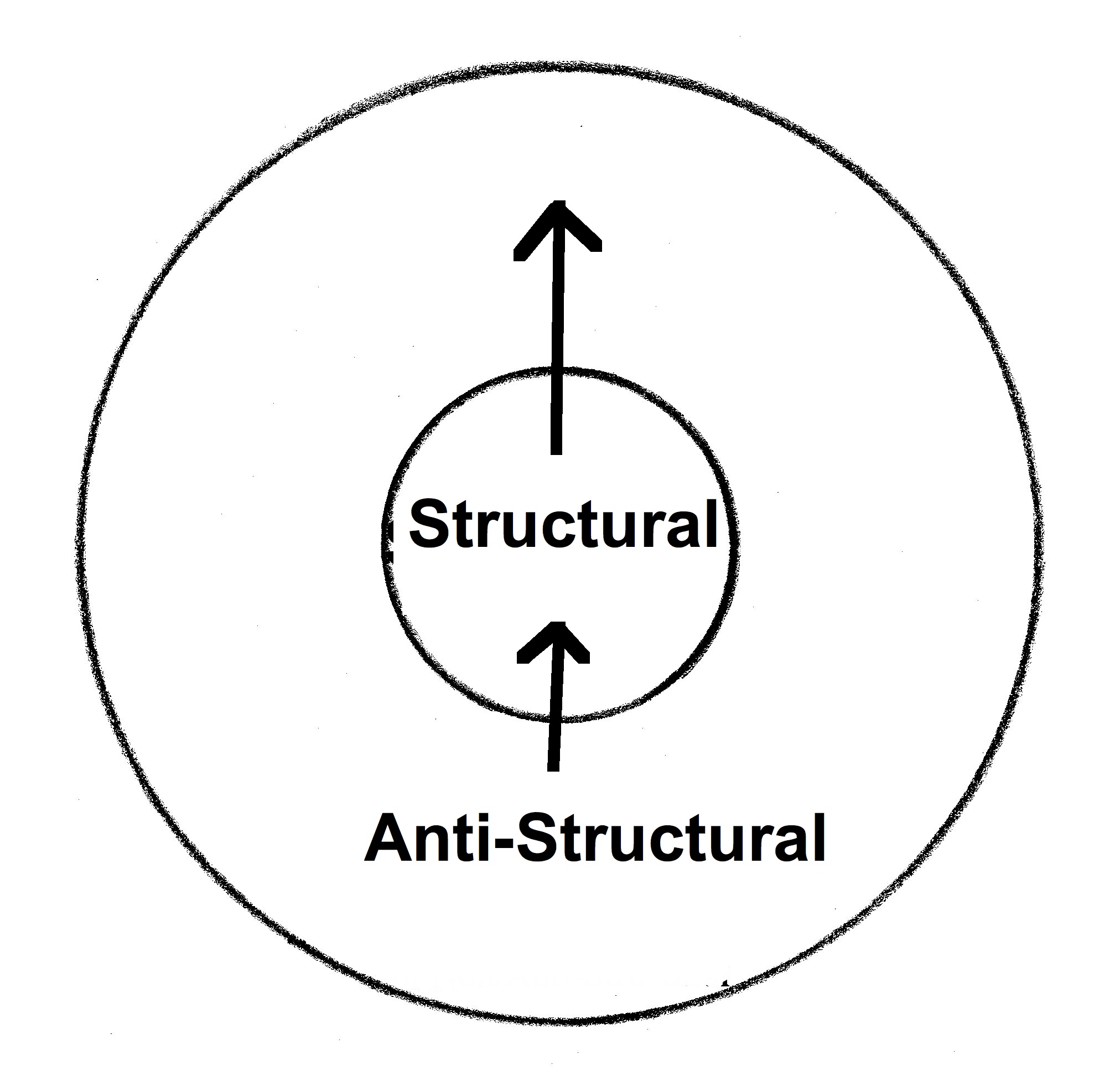
To think in terms of, and more overtly experience, the nonlinear,
anti-structural character of emergence and network autonomy, this shift
in focus relies upon a nonlinear, constellating mode of
association. This "thinking in interactive clusters" facilitates the
shift from literalistic mentality to that of
symbolic representations.
Shift to constelled association of symbolic imagiation: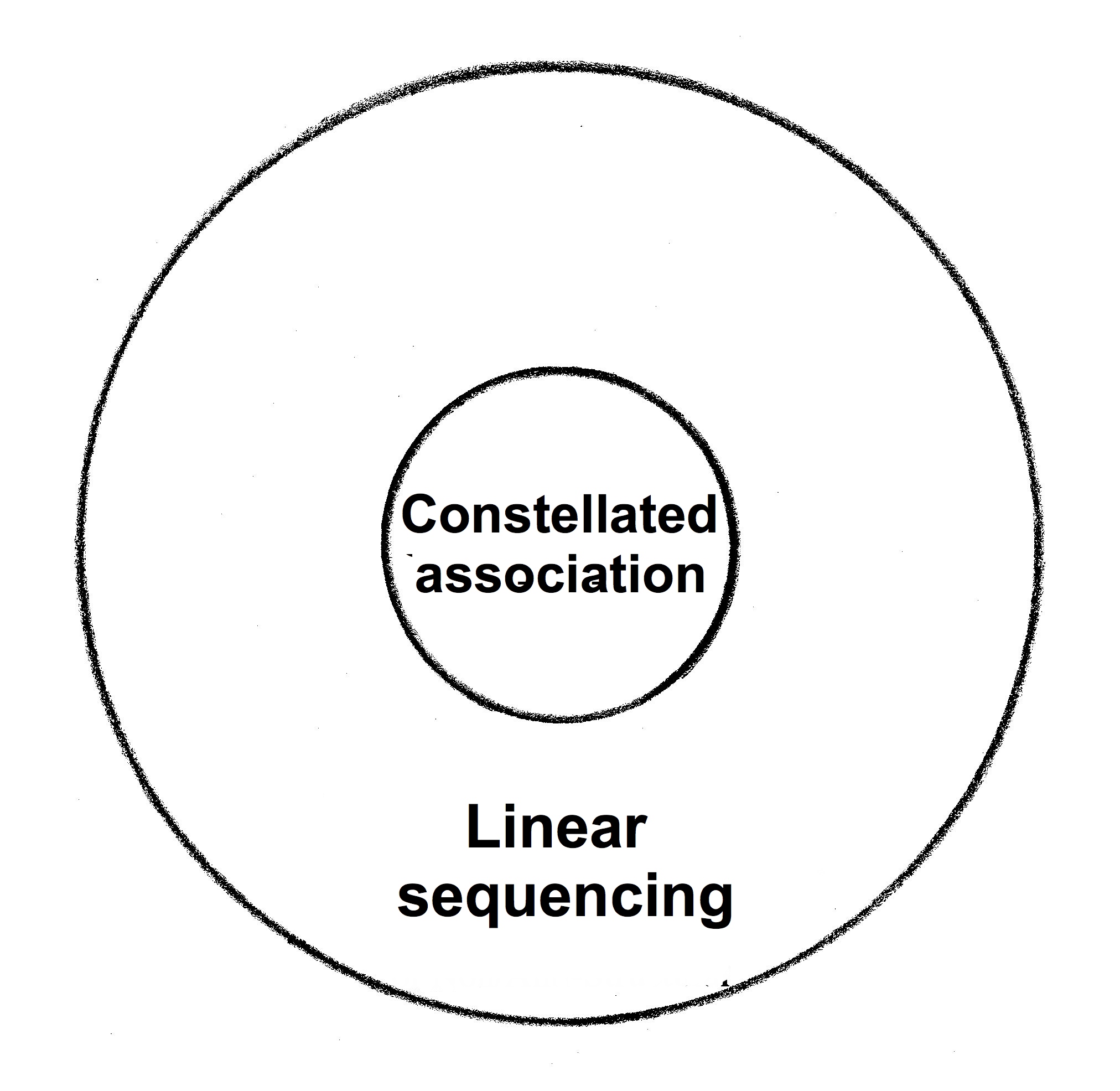 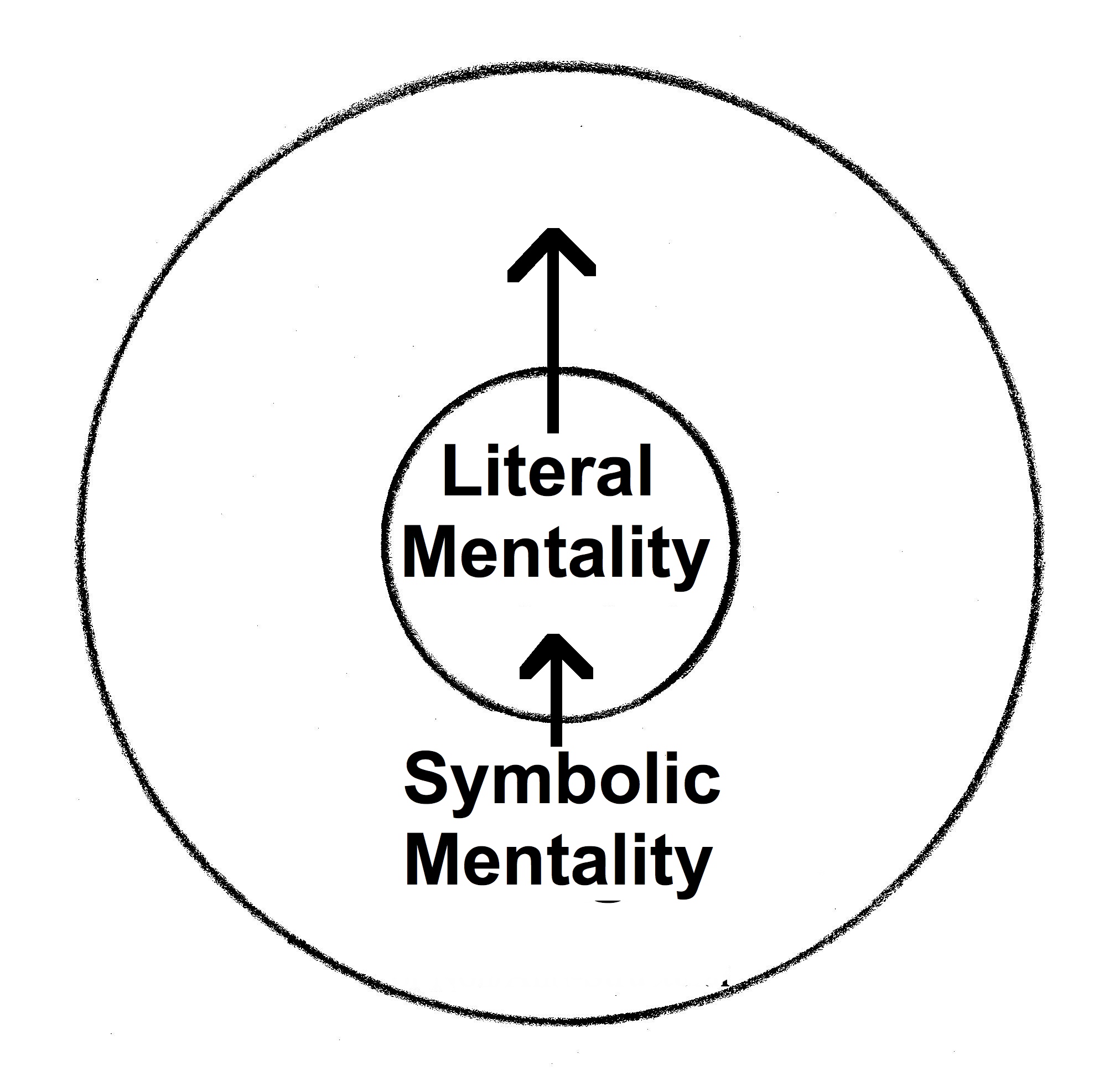 These
shifts in perspective moves our pragmatic structural efforts to a
secondary, marginal position. They are still useful, but only in terms
of
conceiving and constructing the elements of the ritual process and its
symbolic enactments. They
structure the formal container within which our attention can be focused upon
constellating the interdependent dynamics of the complex subject being
engaged, through the exercise of symbolic imagination. Here,
practical thinking is in service to ordering the psychological
container for engaging what it can neither conceive nor control.
Context for symbolic engagement with anti-structural order creation of complexity: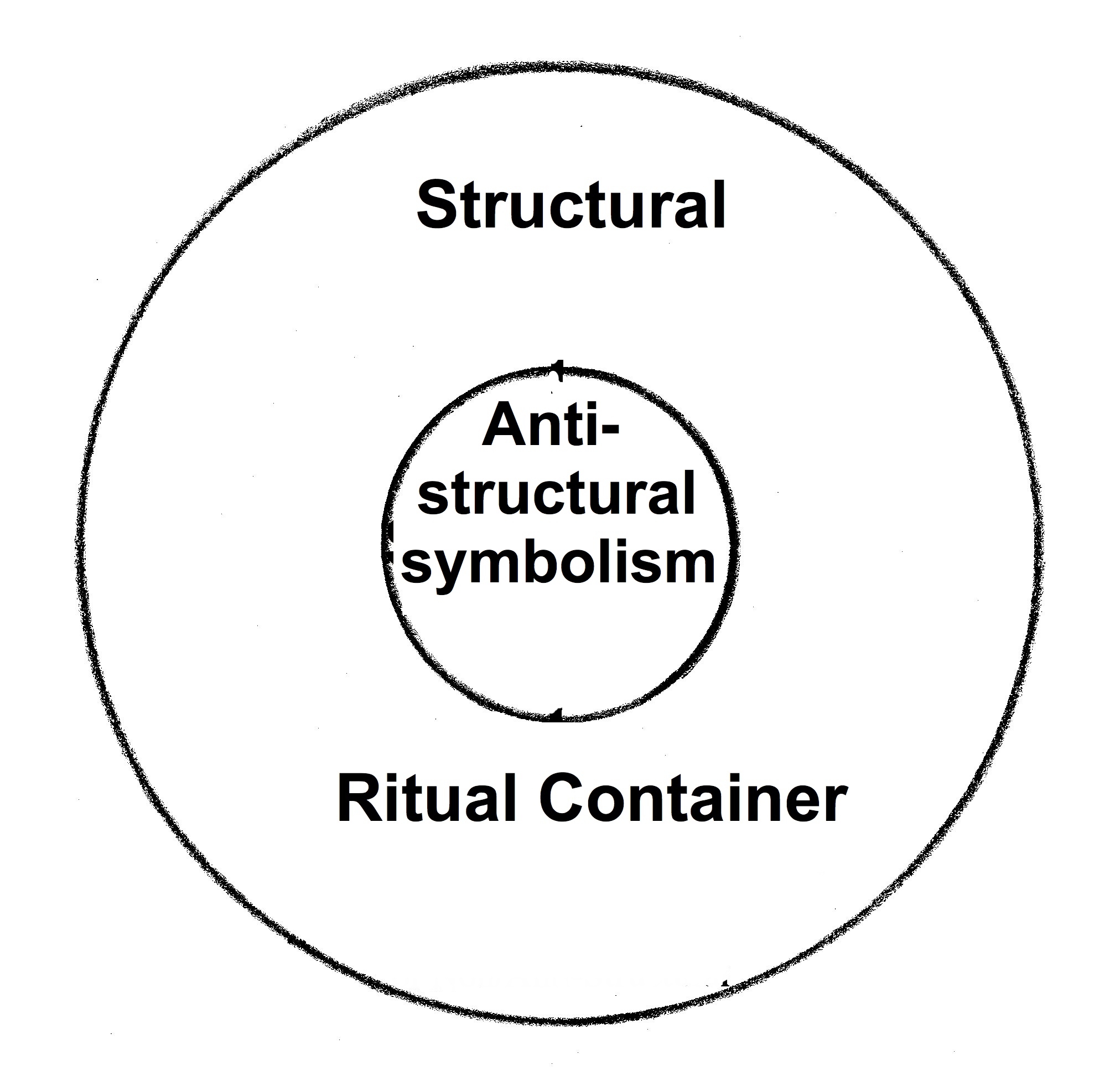 These
thoughts assist in differentiating ceremonial symbolism, in which the
meaning of symbolic actions are performed in order to reinforce
ordinary social reality, and ritual induction into genuinely liminal
psychological states. In the latter condition, experience of
anti-structural dynamics tend to exceed normative social standards for
reality and identity. It is only in this liminal state,
where one's ordinary sense of self, social status, and reality
are deliberately superseded by symbolic actions, that we can overtly
engage the archetypal forces of complexity's emergent creativity and
animating networks. But to achieve it, our practical attitudes
must work against their habitual assumptions to facilitate the ritual
process of "there and back again."
That requires a cultural basis for such practices that subvert our habitual mentalities. For modern minds, the motive for such an effort must come from the evidence of scientific analysis. Complexity and network science now show us why we must practice ritual induction of liminality's altered state of engagement with the anti-structural dynamics of spiritual animation--if we are to comprehend how Nature actually acts. Creating Ritual Space and Gestures to Subvert Ordinary Social Reality Creating the contexts for the "there and back again" of ritual process necessarily involves designating a place or space within which normative attitudes and relationships are "set aside." This extra-ordinary context is referred to as the ritual container. It is most obvious in the form of buildings such as temples. More archaic cultures tended to create ritual space anew for each ritual process. In this way the ritual container only exists during the enactment of ritual gestures. That helps prevent it from becoming incorporated into social power structures, such as institutionalized religions and governments. This is crucial to the effectiveness of ritual transformation of ordinary consciousness and its experience of archetypal forces that are beyond human definition or control. Thus the effective creation of ritual space and process is primarily dependent upon a deliberate intention to push one's self beyond the comfort zone of familiar conditions and feelings of "being in control." When mythical symbolism and gestures accomplish the modeling of complexity's dynamics, our ordinary mindsets will necessarily be disturbed. That can involve disrupting both our physical and mental sense of what is real and comfortable. That can be both unsettling and delightful, but also frightening. These disturbances of ordinary attitudes are crucial to directly experiencing the reality of unpredictable emergence and uncontrollable spiritual animation. It is this necessity of disrupting our habitual comfort zones that leads to the seemingly bazaar character of symbolic images and actions, as well as various modes of physical distress, such as fasting, extended exertion, and abnormal conditions like sitting in a super-heated sweat lodge. Achieving liminal status is often threatening and even painful to our ordinary states of mind. That is why the creation of an effective ritual container is so important. Participants must be ushered into liminal status and then guided back from it in ways that facilitate both its transformative experience and re-integrate that experience into normative social reality. In this way, liminal experience can have an ongoing effect on the tendency of normative mentality to reduce all phenomena to mechanistic events that can be manipulated. Ritual as Communing with Complexity In its general sense of departure from ordinary consciousness and social life, ritualizing suggests an effort to acknowledge, experience, and come into relationship with aspects of reality that are normally obscured by life in society. It appears to be a behavior humans evolved to compensate for intrinsic limitations in normative social mentality's ability to perceive some types of forces and factors which profoundly influence life. The contrasts between how ordinary identity and social status tend to be maintained in the symbolic actions of ceremonial events but ignored or dissolved during mythical rituals indicates that ritual is fundamentally communal. Participants tend to become equals within the ritual container in ways they are not within ordinary society. They "commune" with each other in pursuing the purposes of ritual, which appear to be "beyond the domain" of social structure and power. By extension, symbolic engagements with aspects of life and forces that animate the world which society cannot control suggests that people are similarly seeking relationship with, or communing with, phenomena that derive from the effects of dynamical complexity "at work in the world." In the most general sense, they are attempting to "come into relationship with" or commune with aspects of emergent order creation and network autonomy in ways that are not possible when their identities and reality are defined by normative social rules and hierarchies. Ritual as Healing: Symbolic Interaction with Dynamical One-Sidedness A prominent motive for ritual derives from a sense of destructive disruption, disease, or obstruction. Mythical cultures often consider that problems in the ordinary world can be addressed by attending to the extra-ordinary or spiritual one. Thus at times of difficulty, they will turn not only to their store house of mythical narratives as a way of understanding the dynamics involved but also to ritual practices. Ritual gestures are understood as a way of influencing the archeyptal spiritual animators of the other world in ways that might readjust relationships between people and between humans and non-human entities. This effort can be understood as seeking to influence the ways various systems behave, thus effect other systems, in an effort to promote the sustainable interdependency of their autonomous networks. In general, debilitating disruption and disease are regarded as arising from extremes of behavior. Too much of one archetypal impulse can result in personal or social debility. Too much greed, conflict, violence, sorrow, lust, etc, are symptoms of archetypal one-sidedness. In mythical terms, such extremes get associated with the symbols of various spirits and gods. Thus ritual gestures can be directed toward one that either represents a particular type of behavior, or another that acts as a counterpoint. Spirits and gods are often regarded as causing trouble because their mode of behaving has is being neglected by humans. Thus ritual as a healing act becomes an effort at restoring reciprocal relationships between various kinds of animating spirits, or between humans and particular ones. Such behavior can be understood in scientific terms as an attempt to symbolically model the network dynamics involved in the disruptions of personal and social systems--and thereby influence how these are effecting those systems. Activating Experience of Spiritually Animating Networks through Ritual Symbolism
The symbolic elements of ritual process are imaginal stimulants to the intuitive intelligence. That these representations, from buildings to masks, can produce profound mental and physical responses in humans indicates the intrinsic role symbolism has in the human psyche. To symbolize metaphorically and metamorphically are pervasive traits of human behavior. Ritualization emphasizes and focuses this mode of expression as an epistemological way of knowing what cannot be fully apprehended otherwise. Setting the Stage for Liminal Status and Numinous Experience Ritual enactments require some demarcation from ordinary contexts. The range of "setting the stage" for the induction of liminality's altered state of consciousness takes many forms, some simple, others lavishly elaborate. What appears essential is not the degree of elaboration but the intensity of the intention to "make a break" with ordinary mentality by establishing a place for engaging myth's other worldly qualities. Putting a Face on Network Autonomy Masks are a universal element of ritual symbolism in archaic cultures. The mask is perhaps the most vivid representation of network character and autonomy. It overtly acknowledges the existence and operation of distinct, willful entities at work in the world by "putting a face" on these as spiritual animators. In this way, numinous experience of the operation of archetypal forces influencing both human and non-human systems is enhanced by confronting us with a creaturely other, a psychic someone or something. This "bringing to life" of network character indicates the psychological nature of Nature's systems, making tangible a sense that there is a normally invisible drama and inaudable dialogue transpiring between those systems. 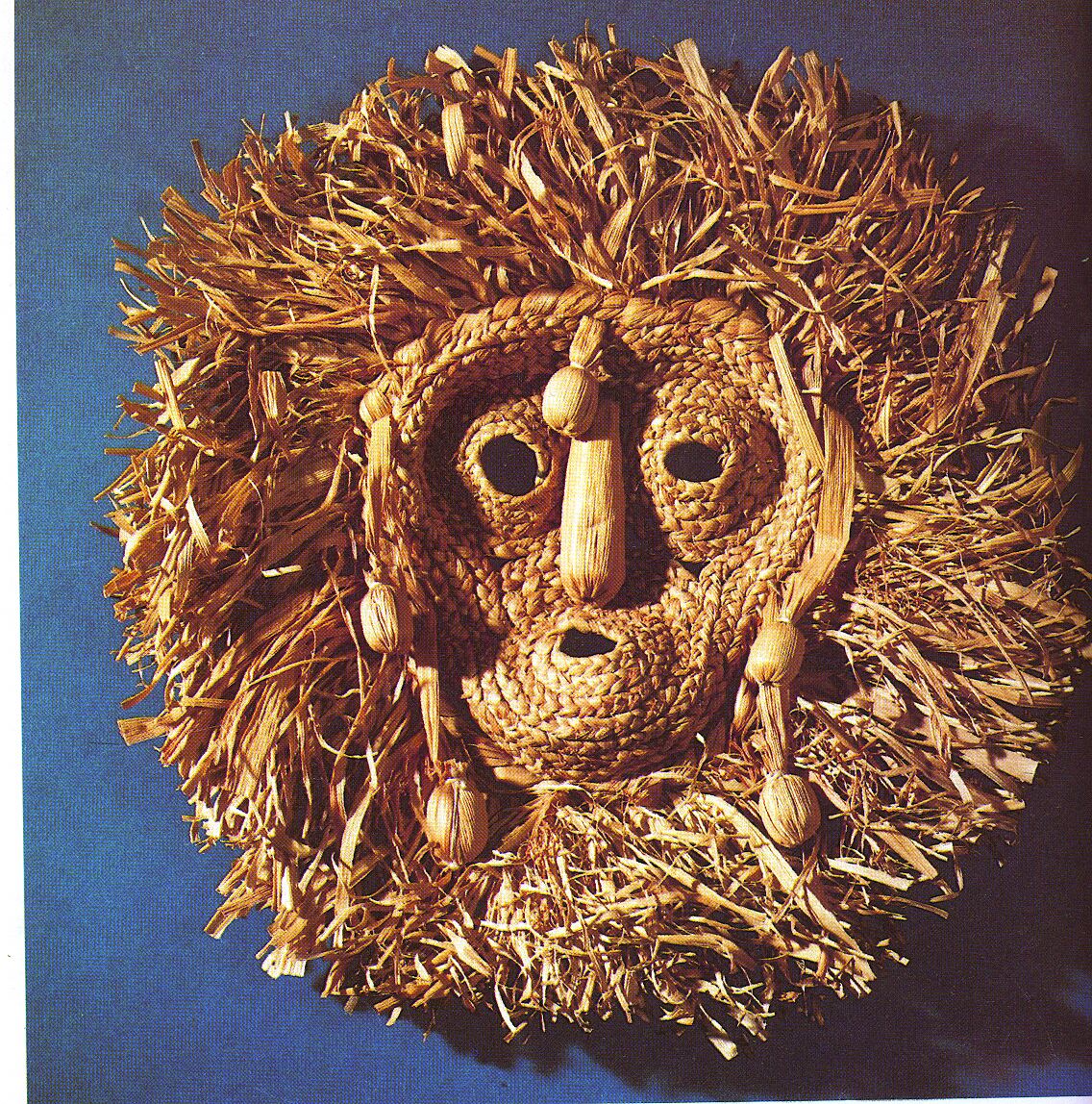 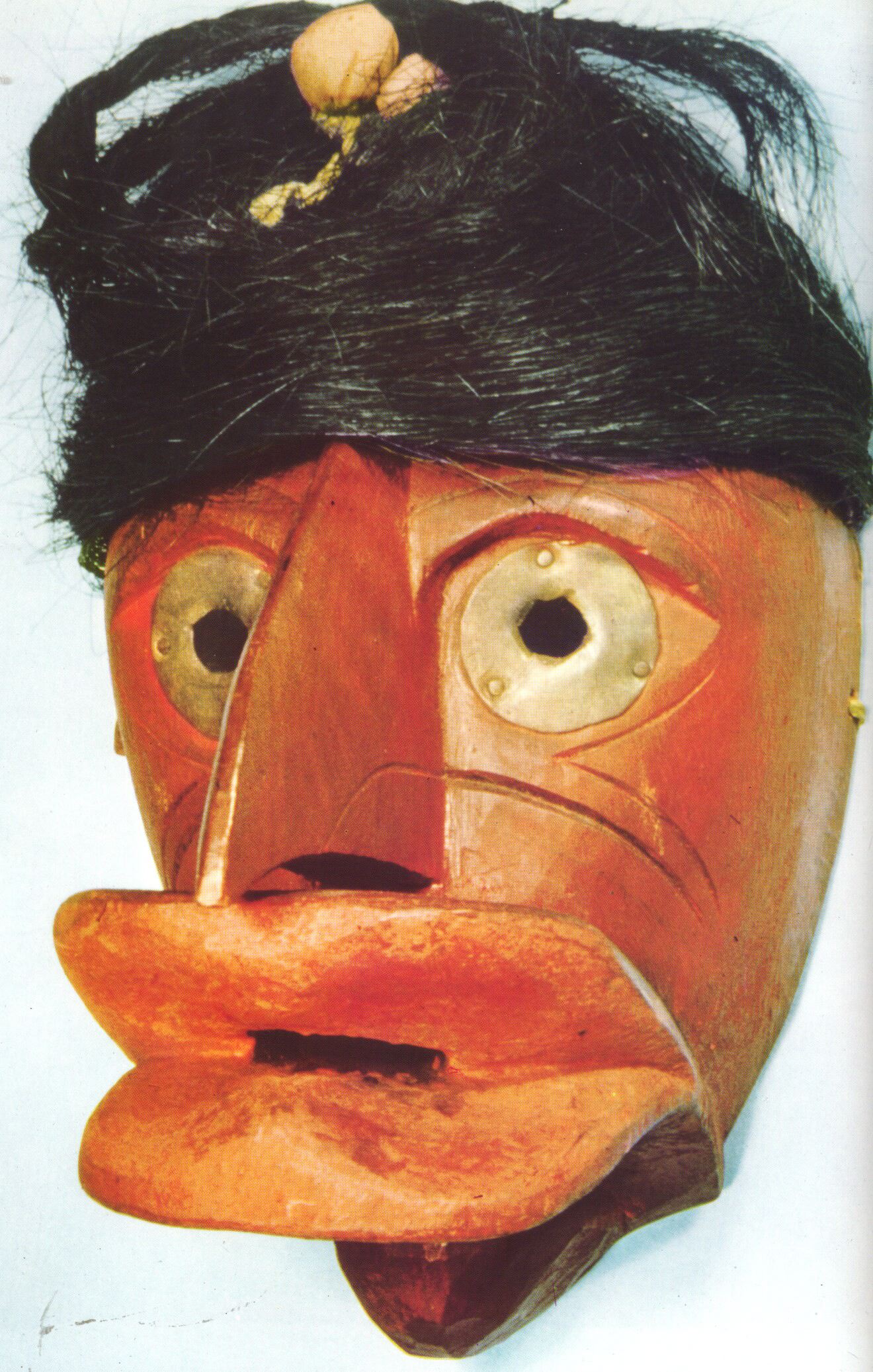 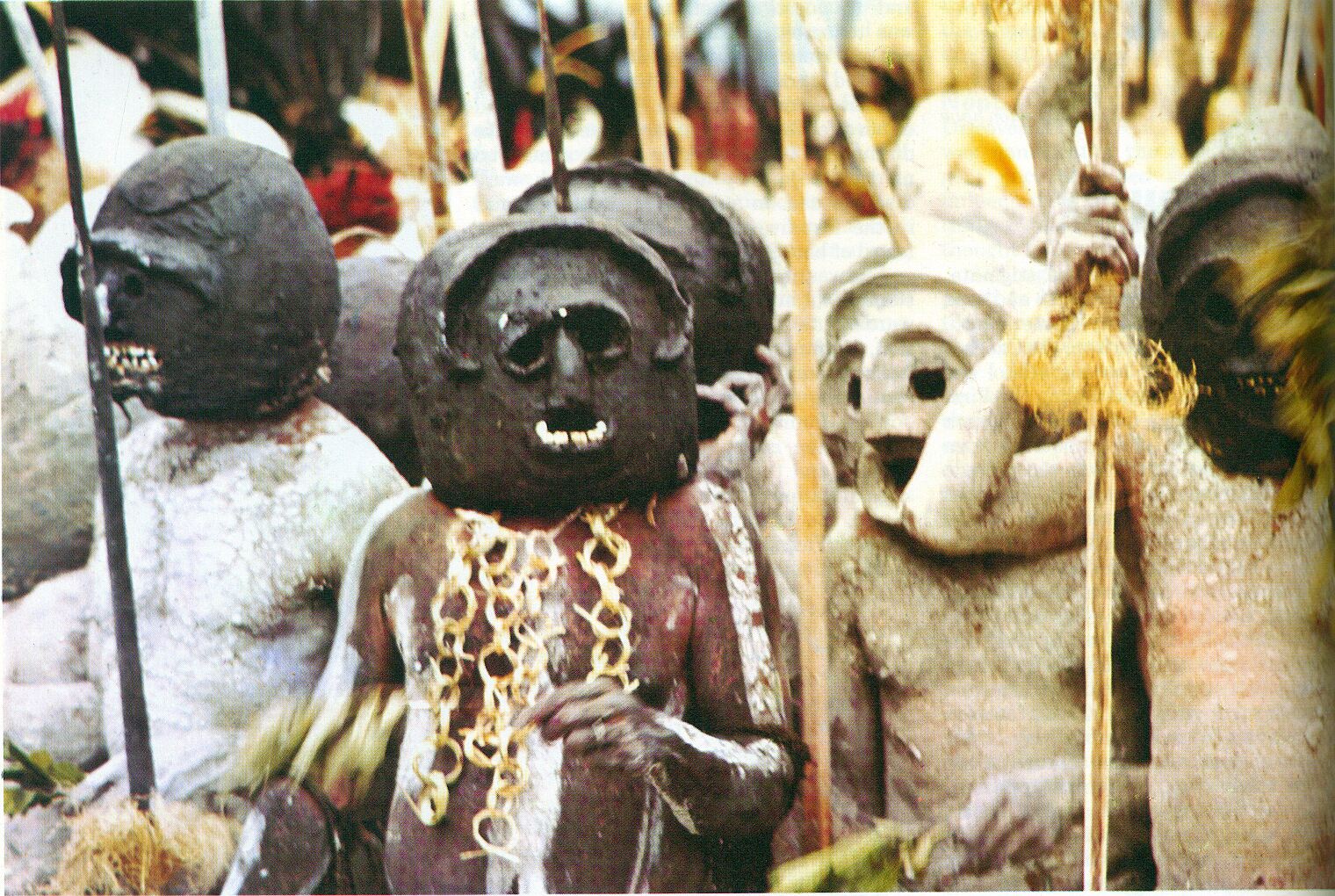 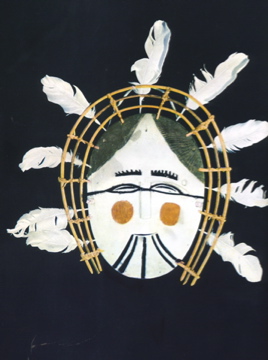 When humans actually don the faces of these non-human spiritual animators, and play their parts in the scenario of some mythic narrative, the experience of intimacy with their numinosity is further enhanced. Acknowledging Network Influences through Offerings and Sacrifice Another standard modality of ritual gestures involves the making of offerings and sacrifices to the animating networks of spirits, souls, and divinities. These range from the placing of small items such a fruits on altars to ancestors to the killing of animals in honor of the world-ordering powers of abstract archetypal gods. The motives for these gestures can involve expressions of gratitude, attempts to appease what is perceived as the anger of spirits, or solicitations of their favorable influence upon human endeavors. Symbolically, all are ways of enacting the inherent reciprocal interplay of human and non-human networks.  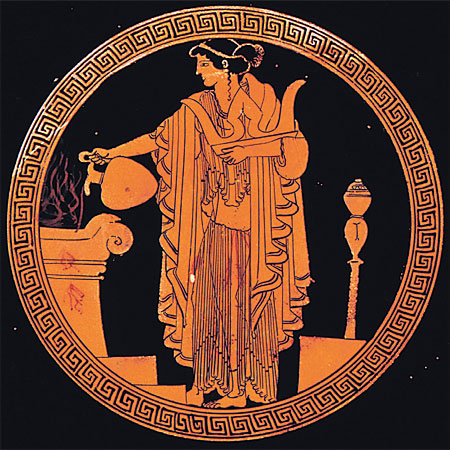  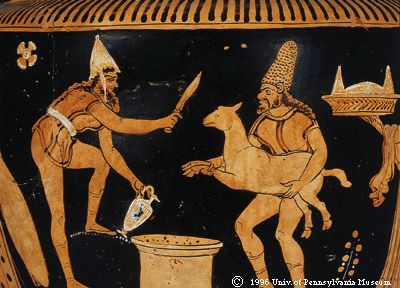 The danger in this idea is that people come to believe that their symbols of those systems are in fact those systems, rather than metaphors for their ultimately undefinable traits. The science seems to affirm the intrinsic limitations on literally describing or predicting network autonomy, thereby indicating that any literalistic belief in their symbolized representations, or our ability to intentionally control their behavior must remain suspect. Their effectiveness in acting as a form of enlightenment about the roles complexity plays in reality seems to derive from a state of mind that regards these symbolic acts as both real and not real, as dynamical models rather than definitive facts. Some argue that this same caveat applies to scientific and mathematical descriptions of all natural phenomena: these are not the things that they represent, but they are evidence of reality. Ritualized Meditation and the Induction of Liminal Consciousness Among the variety of spiritual traditions in world cultures are some that engage in ritual process with little or no reference to personified spiritual animators. These involve practices that seek to alter ordinary states of literalistic, pragmatic mentality by extensive mental reflection on or interruptions of the activities of human consciousness itself. The term meditation generally identifies this approach to inducing a liminal status of awareness and identity which evades the habituated, socially imposed sense of self and reality. These practices are less overtly symbolic, though they can include physical gestures and enactments, such as yoga and the dances of Sufi dervishes. They also involve concepts and uses of language that expose the paradoxical interdependencies of both language as a way of knowing and the ways events actually happen. Traditions such as Zen use linguistic koans to confound rationalistic distinctions. Buddhism foregrounds a concept of co-arising that differs the tendency to regard things and events as separate phenomena that occur in progressively causal sequences. Thus there are various respects in which these traditions induce mytho-logical experience and understanding. Whether focused strictly upon mental reflection that seeks to reveal the illusory qualities of one's literalistic definitions of self and world, or involving physical action, such practices tend to follow the trajectory of ritual process. There is a deliberate effort to interrupt and depart from ordinary status that leads to a liminal state of consciousness, from which one returns to the more ordinary state--potentially with an enhanced awareness of the normally unseen interdependency of reality. In some instances, this effort takes the form of intellectually directed philosophical and psychological reflection. Prominent examples are found in the rational philosophy and analytical psychology of European cultures, as well as Hindu and Buddhist ones. Though less obvious as ritual inductions of liminal status, these practices add to an understanding of how humans can engage their awareness with the normally obscure dynamics of complexity. They assist in approaching the more overt symbolism of mythical imagination as "mental exercises" that can expand human capacity to "live in relationship with" the bi-dynamical order creation of Nature. Mythologizing the Archetypal Network Dynamics of Human Psychology
Mythology is sometimes described as the psychology of pre-modern cultures. In this view, archaic societies looked to the symbols and narratives of the mythic imagination to model the network dynamics of the human psyche or mind. Myth's archetypal symbolizing provided a psychological perspective on how mental networks manifest as the individualized expressions of personality, or network soul, and the varied patterns of behavior that emerge from the meta-networks of interpersonal relationships. Literature serves a similar function for modern people. But the overtly metamorphic transformations and personifications of non-human spiritual animators of mythic imagination more overtly model the archetypal traits of complexity's emergent order creation and network autonomy. Mythologizing Human Psychology Thus mythologizing, or the metaphorical symbolism of complex dynamics, is psychological both in the general sense of modeling the archetypal character of network autonomy in all complex systems, and also in the particular domain of human psychic networks. In this regard it extends our modern sense of psychologizing human behavior to the larger domain of Nature. This extension of the property of psychological network operations to non-human systems promotes our understanding of both human behavior and that of Nature's other complex adaptive systems--the network autonomy of which is symbolized as the individualized animating spirits of their network souls. Mythologizing enables us to see our selves in the "others" of Nature, thus connecting human identity with the non-human. The symbols, narratives, and rituals of mythic imagination re-direct our ordinarily mechanistic sense of behavior toward the ethereal aspects of psyche as complexly diversified, inherently conflicted, every emerging and interacting networks. This mythical archetypalizing symbolically elaborates various tendencies and patterns that have been observed to manifest from the interplay of human mental networks with each other, as well as with non-human networks Network dynamics of confusions in everyday relationships seen mytho-logically
Conflict
in in intimate networks: Mythical archetypalizing:
Symbolic
elaboration:   The more abstract personifications of network autonomy in myth, the individualized gods and goddesses, serve as mirrors that reflect back to our conscious awareness the archetypal forces of dynamical attractors that influence the operations of our human psychology. The spirits, gods, and goddesses configure dynamical landscapes "out there" in the larger realm of Nature, and also "in here" in the domain of the human psyche. The varied stories of their behaviors and transformations model the self-organizing criticality of our human minds and relationships. These offer us an archetypal knowledge base which can be referred to when attempting to understand the pleasures and pains, cooperations and conflicts of human experience. Psycho-Pathology in Network Science and Mythical Imagination From the scientific perspective, the capacity of complex systems to maintain and adapt them selves derives in large part from the effective operation of their networks. When a system is challenged by changes in its own parts, such as a body infected by a virus, or in its external environment, such as extremes of heat or cold, its emergent network must react in ways that maintain system viability. But operational networks can become ineffective, even self-destructive, in terms how their self-organizing actions influence their systems. The network autonomy of a body system can "make mistakes" as it were, such as when it triggers auto-immune operations that attack parts of the body system in the absence of a foreign infection. In regard to human mental networks, we conceive such self-inflicted disruption as mental illness or psychopathology. We also speak of psycho-somatic illness, or disruptons of the body's physical system that are results of how its emergent mental network behavior feeds back into the body system. Dysfunctional operations of the physical body can disrupt those of mental networks and vise versa. This relationship extends beyond that of biological body/mind systems to other complex systems, such as societies and economies. These systems can become disabled by factors that are either physical, such as weather, or aspects of network operations, such as delusion and panic in psychological networks. From the mythological perspective, this notion of illness or pathology appears as a relationship between the ordinary realm of physical things and the extra-ordinary one of spiritual animation, or between humans and the spirit world. There is a sense that illness one realm can be remedied by changes in the other. This notion can be understood as a metaphor for the interplay of the bi-dynamical aspects of order creation. The relative resilience or health of systems derives from appropriate relationships between the dependent ordering of the physical realm and interdependent ordering of emergent network autonomy. Thus, when viewing mythic symbolism's spiritual imagination as psychological modeling of network autonomy, it becomes possible to discern a concept of psychopathology. Disruptions in both human and other natural systems are often represented as a conflict with, or between, the ephemeral spirits or deities which animate those systems--meaning the various autonomous networks that emerge from and in return influence them. Thus human behaviors can provoke debilitating reactions from spirits and gods, or conflict among spirits and gods can disrupt human systems. Thus when a mythological society experiences debilitating disruptions, people often ask what spirit, or animating network agency, is angry or in conflict with another spiritual animator. Assessing such conditions is facilitated by the archetypal personification of animating agency in different types of natural networks, such as specific animal species or more general phenomena such as war or the fruitful productivity of plants. This way of modeling conflict between the autonomous agency of specific networks or archetypal categories of network manifestation can be understood as a general perspective on psychological conflict or dysfunction in the subjective aspects of complex network operations. It involves a sense of how extremes or one-sidedness in network behaviors and relationships results in destructive effects. "Too much" of one type of behavior can result in serious, even catastrophic debilitation. The general mythic notion of monsters suggests systems and networks that have become overly disruptive of other systems. These have "grown to monstrous size" or are exhibiting monstrous behavior, and thus can be regarded as acting pathologically in relation to other systems and networks. However, myth tends to represent the world as inevitably, even necessarily psychopathic. It is an intrinsic aspect of the interplay of animating spirits--or autonomous networks. It is an aspect of reality to be attended to and lived with, not one to be corrected or resolved in some conclusive manner. Beyond Good and Bad: The Socially Subversive Psychology of Confronting Dynamical Reality
As in science, to attempt an inclusive representation of how things are and happen, mythic imagination exceeds the boundaries of social morality. Scientific and mythic method alike tend to be subversive of social norms. In representing how things actually happen in the dynamical domain of compelixity's interdependency, one way that things happen cannot be judged intrinsically better than another, because all ways are required to make the world what it is. Thus, in contrast to religious standards for proper social behavior, mythic tales are typically ambiguous, if not ambivalent, about what one ought to do in a given situation. Rather, the mythic perspective seeks to reveal the dynamical reality of what impetus is actually at work in the network autonomy of events, systems, entities, and persons, and to characterize the patterns these tend to generate. In this regard, overtly moralistic tales are less mytho-logical. One archetypal animator is no better or worse than another in the worldview of myth. All are necessarily part of how Nature acts. Thus traumatic experience, betrayal, violence, and suffering are neither ban nor good--these are essential aspects of how the world works, of how networks emerge, operate, evolve, and adapt. Judgments about what is proper, moral, or ethical, are defined by socially constructed reality, which is, necessarily, an imposition of hierarchical sets of values that are, thereby, in conflict with the radical interdependency of Nature's self-organizing interdependency. To know the latter is to set aside the former. Thus the interests of any given social order are ever at odds with the mythical view of reality, as these tend to be in regard to the so-called amorality of science. Though standards of social morality and ethics are necessary to maintain a specific form of social order, society, like all systems, is ultimately subject to the facts of how Nature acts. It is for this reason that the mythic imagination exists--to act as a mode of knowing that compensates for society's hierarchical bias and simplistic, oppositional categories. So in considering how mythic imagination archetypalizes complexity's dynamical character, it is helpful to bear in mind that genuinely mythical symbolism is a method of enlightening our socially constructed sense of self, propriety, and values, about the larger domain of Nature within which we construe these. That values of social order are important and essential. But these are more realistically configured if they take into account the reality of complexity's dynamical role in how Nature actually acts. Thus, like science, mythic imagination provides essential knowledge from which to formulate social rules and values meant to govern collective behavior. But, when that knowledge is used to justify hierarchies of privilege and power, then the wisdom of myth has usually been lost. As socially constituted networks, we must inevitably struggle with this tension between culture and Nature. Myth is not myth if it does not in some way disturb, even outrage, our sense of right and wrong, good and bad, proper and improper. We set up our societies as "the center of reality," and thereby push many aspects of the real "to the margins, "out of bounds," or into the obscurity of our psychological unconsciousness. To "face all the facts," to seek wisdom that social rules repress, we must reverse the normal order of things, bringing the marginalized, the denied, the repressed aspects of self and world into "the center" of our awareness. Mythic imagination generates a dialog between society and Nature. The more hierarchically stratified a society is, the greater the disparity of power and privilege among its members, the more resistance there tends to be for incorporating such radical mythological reflection, and the more pronounced becomes the religious socialization of mythic symbols as literalized justifications for existing social power structures orders. Mythic archetypalizing of complexity in our selves, societies, and Nature is an intrinsically subversive act, relative to established social order because it necessarily reveals activities that are suppressed and unconscious. That is why it is essential to knowing reality in an adequately complex manner. In this regard, it both assists in bringing social behaviors into sustainably interdependent relationships with natural systems and enhances a deeply meaningful human sense of being in and belonging to the cosmos beyond social norms. Understanding the role of mythic imagination as the dynamical modeling of complexity in actual social and cultural systems is difficult. The potency of mythic symbolism as an arousal of awareness about the "hidden" forces and fundamental creativity of complexity is evident even in secular societies. If can have a profound effect on people who do not consider themselves either spiritual or religious. But the same potency makes it useful in legitimating social orders and cultural belief systems. Even in secular societies, mythic symbolism is incorporated in the iconography and story telling of politics and commercialized entertainment. It is employed implicitly to prompt a sense of "larger importance." Thus a special effort is required to differentiate sybmolic modeling of emergence and network autonomy from its uses in promoting social, political, and commercial power. Allusions to mythic symbolism for the sake of legitimating social hierarchies or the power of institutions and corporations is intrinsic to the control-oriented behavior of human networks. That is why archaic societies tended to regard the spirits as "of Nature" rather than as "champions of human civilization." But civilized states and their economies emphasize hierarchy in their network structure in more overt ways. This enhancement of control-oriented operations is a gross imposition of individual identity and autonomy. Thus it necessarily seeks justification in reference to "more than human powers." Institutionalized religions typically become hierarchically ordered systems that are interdependent with those of social orders, politics. and economics. In that process, those in power seek to justify their power over society by claiming the authority to define and interpret the meaning of spiritual agency. Thereby, mythic symbolism becomes literalized, even historicalized, and a matter of intellectual belief, rather than an imaginal experience of the very real but ultimately undefinable dynamics of emergence and network animation. In the context of "spiritual practice," versus orthodox religion, mythic symbolism is more likely engaged in ways that emphasize its role as dynamical modeling. The relevant science cautions us about attempts to define or predict the behavior of complex networks. In this regard, mythologies that regard the world as animated by many, variously interacting spirits, as in the animistic perpsective, mirrors the scientific evidence most aptly. To regard spiritual animation as either singular, omniscient, or capable of executing a predetermined plan for creation is, scientifically speaking, not logical. The Mythologizing of Secular Art
The traits of mythic imagination and its ritualized enactments considered above are found in the artistic expressions of all cultures. As in language use, the imagery of art ranges from the more literalistic mode of representation to the non-figurative one of abstract expressionism. As noted, this diversity is evident even in prehistoric art. But curiously, it is during the era of modernism that this range seems to become most elaborately expressed. After the invention of photography, the most literalistic of visual representations, painting and sculpture began to explore a seemingly endless variety of more overtly metaphorical and metamorphic styles. These have the effect of frustrating a viewers reflexive perception of the world, inducing a kind of liminal status of consciousness as one attempts to comprehend the potential meaningfulness of an "abnormal" image. The abstractions of impressionism, cubism, surrealism, and abstract expressionism, etc., have the effect of re-seeing reality in ways that emphasize both the subjective experience of perception in the viewer and the subjective qualities of what is being represented. Further, these non-literalistic styles of artful re-presentation serve to remind one that an image is not what it represents, but is indeed an entity in its own right. The image is revealed as a complex network of simultaneous associations that presents its own character, which is re-presented in the information processing network of a viewer, yet also stands as a metaphoric symbol of aspects of the real world beyond it, which it is re-presenting through the interacting aspects of its composition. This status of being both an image of and not of what is being represented--even when the "things" figuratively represented are abstract colors and forms--and doing so in a stylistic manner that reminds the viewer it is not an ordinarily literal representation, all contribute to the liminal status of the overall phenomena of the encounter between image, viewer, and world.
Eiffel tower as physical object and as subjective experience:
Magritte's pipe that is not a pipe:
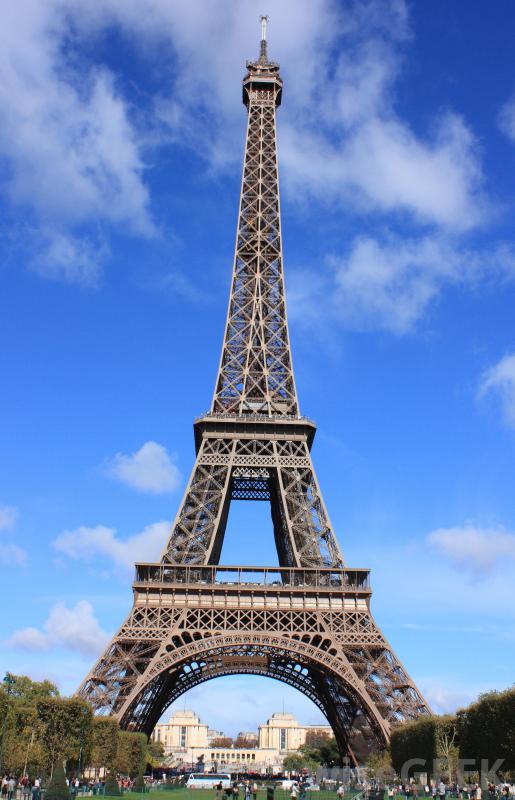 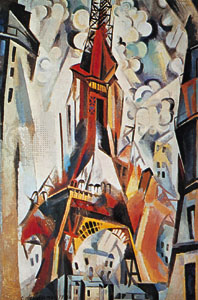 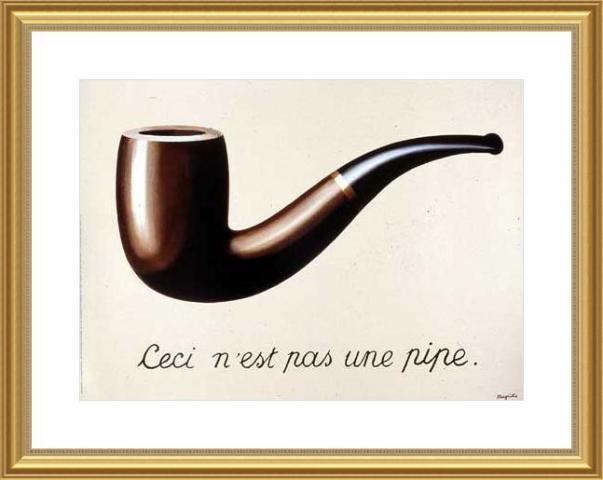
Modern art can seem especially subjective in its representation of
human subjectivity. The human face and figure are explored in a
radically varied ways that explore all manner of character traits and
emotional states. This diversity greatly enhances awareness of the
complexity, mutability, and archetypal autonomy of human psychological
networks. Such symbolism clearly qualifies as an expression of the
mythical imaginations concern with the normally hidden archetypal
character of animating network autuonomy.
The many faces of artistically symbolized subjective network identity: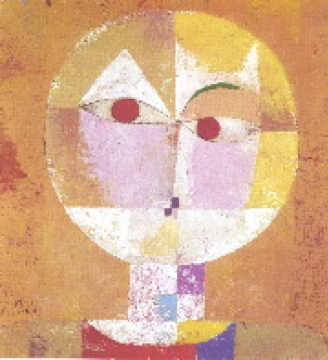 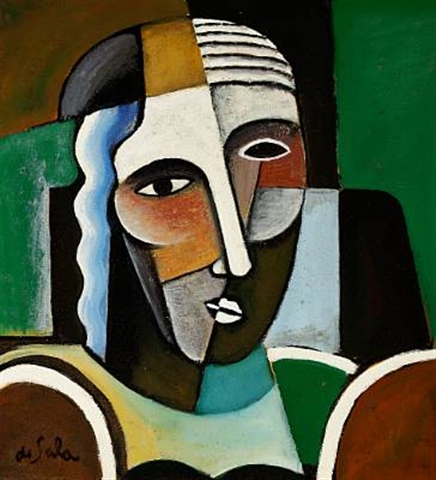 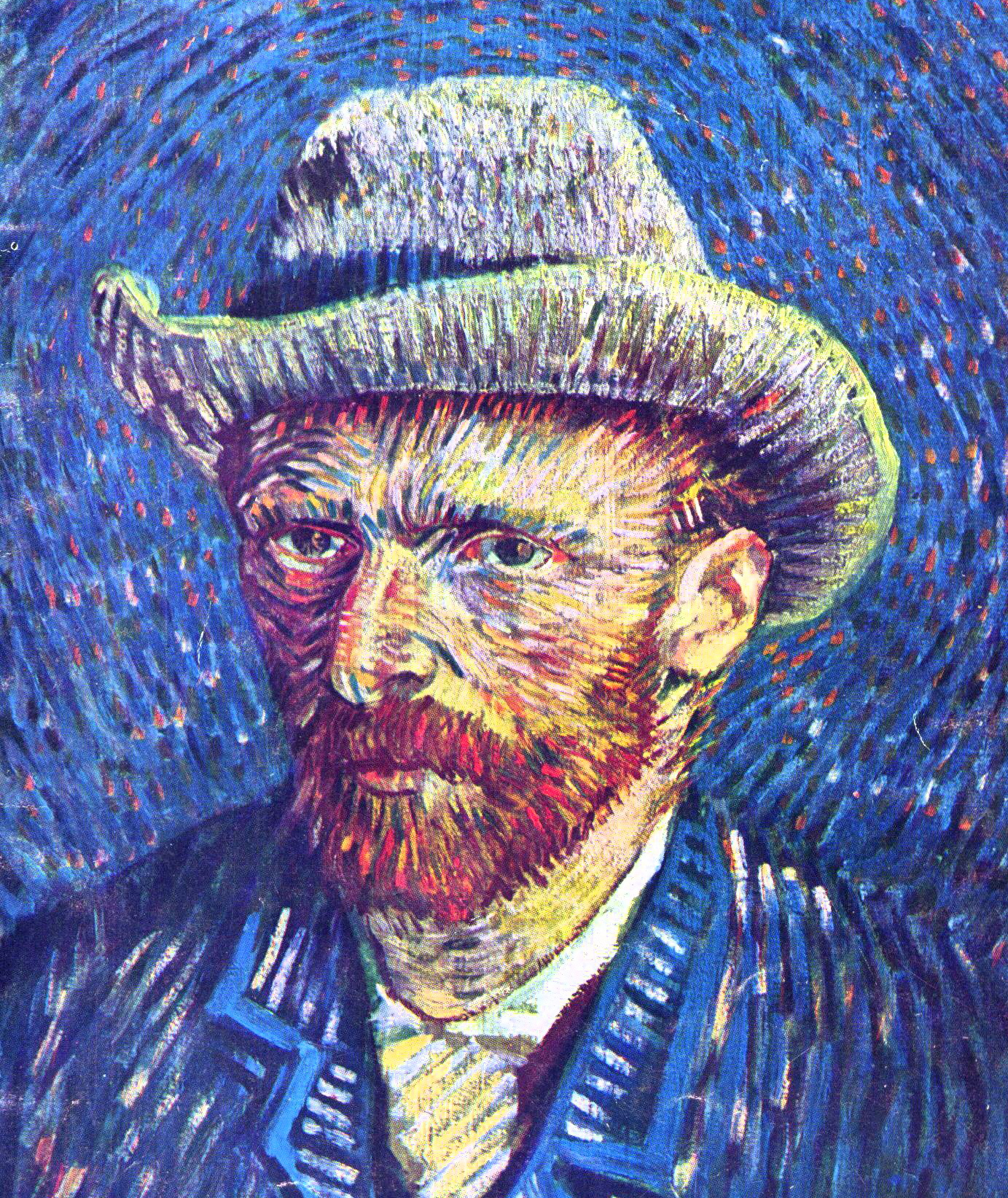 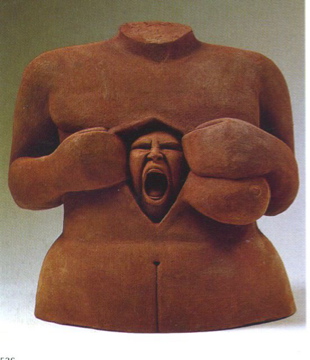
These traits of artistic style in the modern era give the impression that artists were responding to the mechanistic mentality of the secular pragmatism surrounding them in the industrial age by countering its literalistic view of reality. Further, they seem to have anticipated the scientific discovery of complexity's radically interdependent dynamics and autonomous networks that emanate from, but are more and other than, the physical systems that the in turn animate.  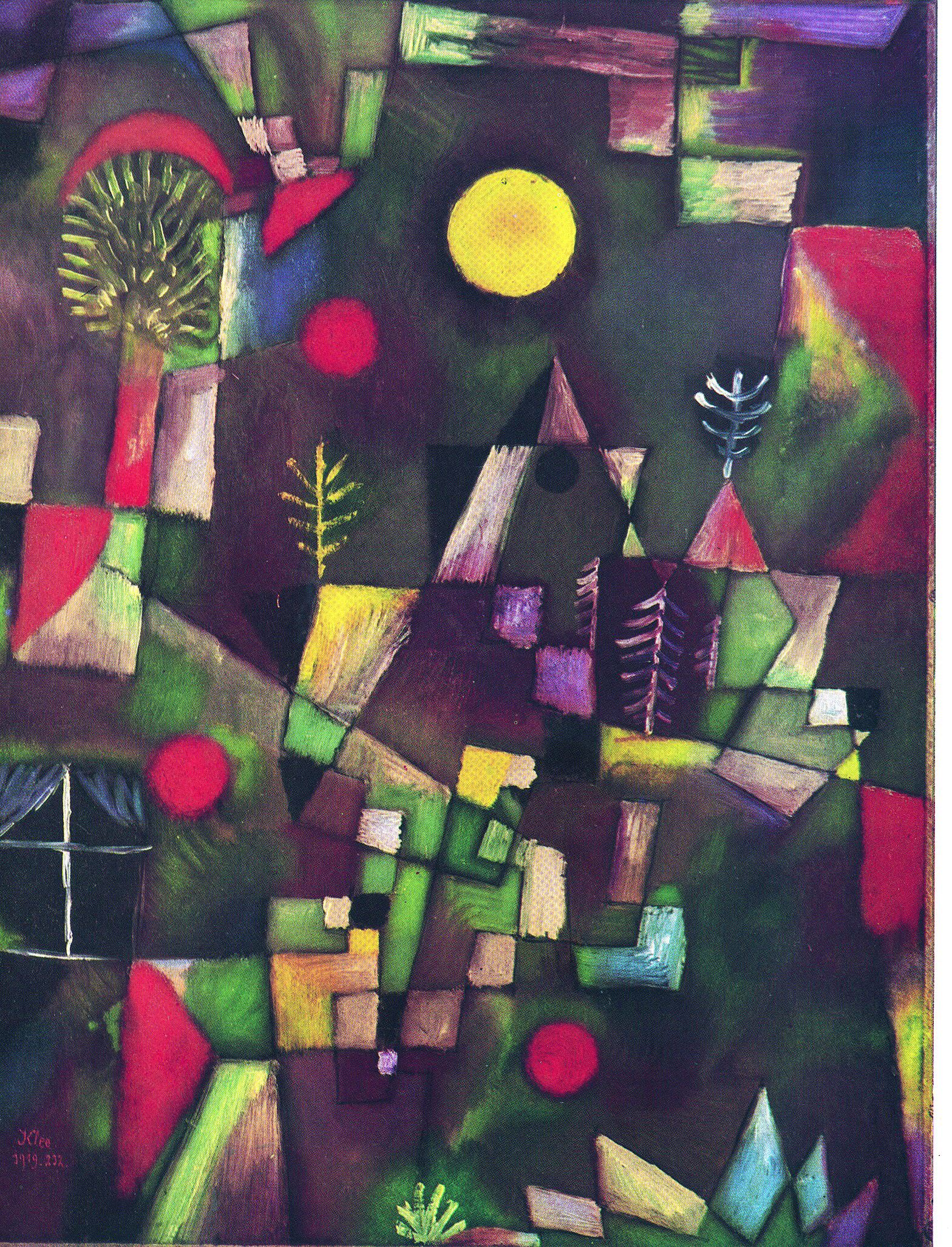 
These thoughts about artistic representation indicate how important it is, as part of the symbolic methodology for perceiving, experiencing, and better appreciating the bi-dynamical order creation through which Nature acts to generate the self-animating meta-system of the biosphere. Link to: What is Scientific Mythology |
